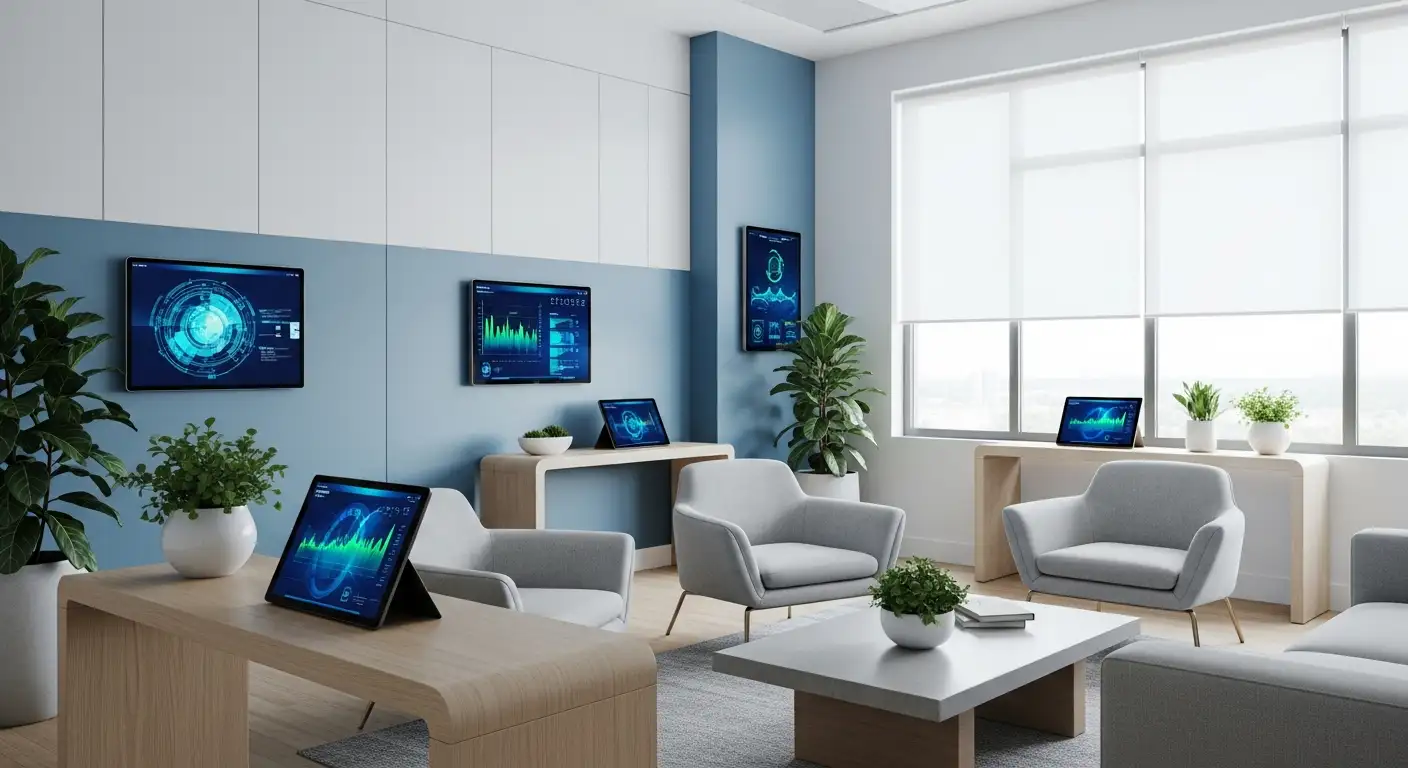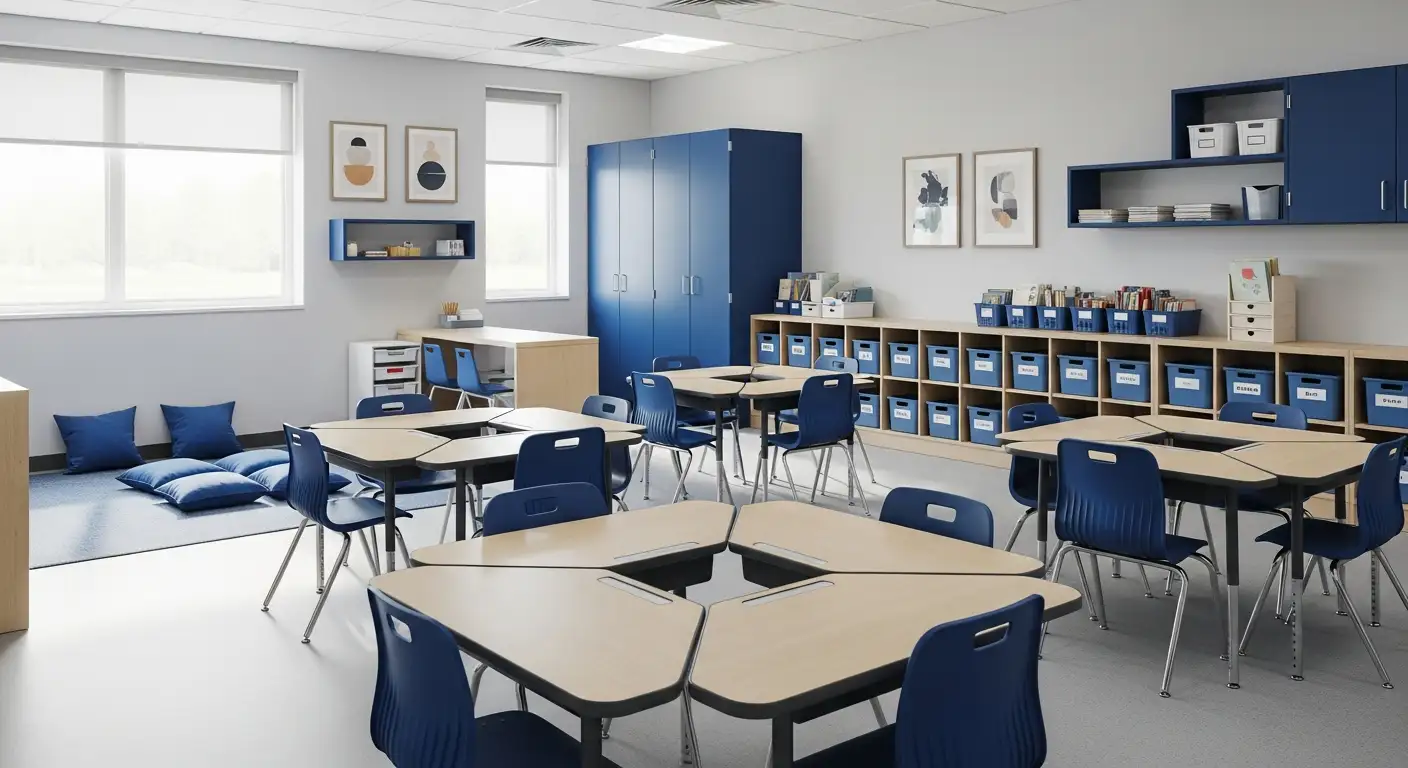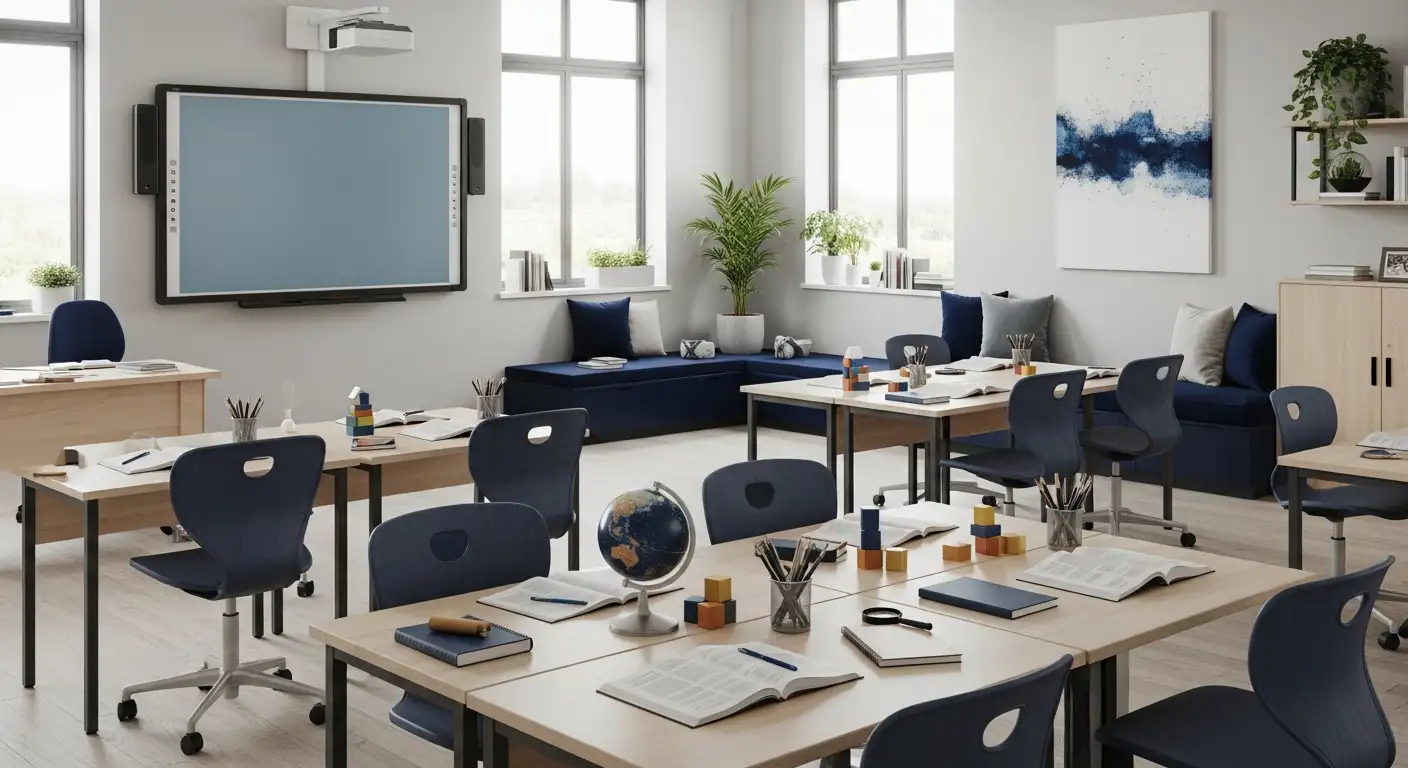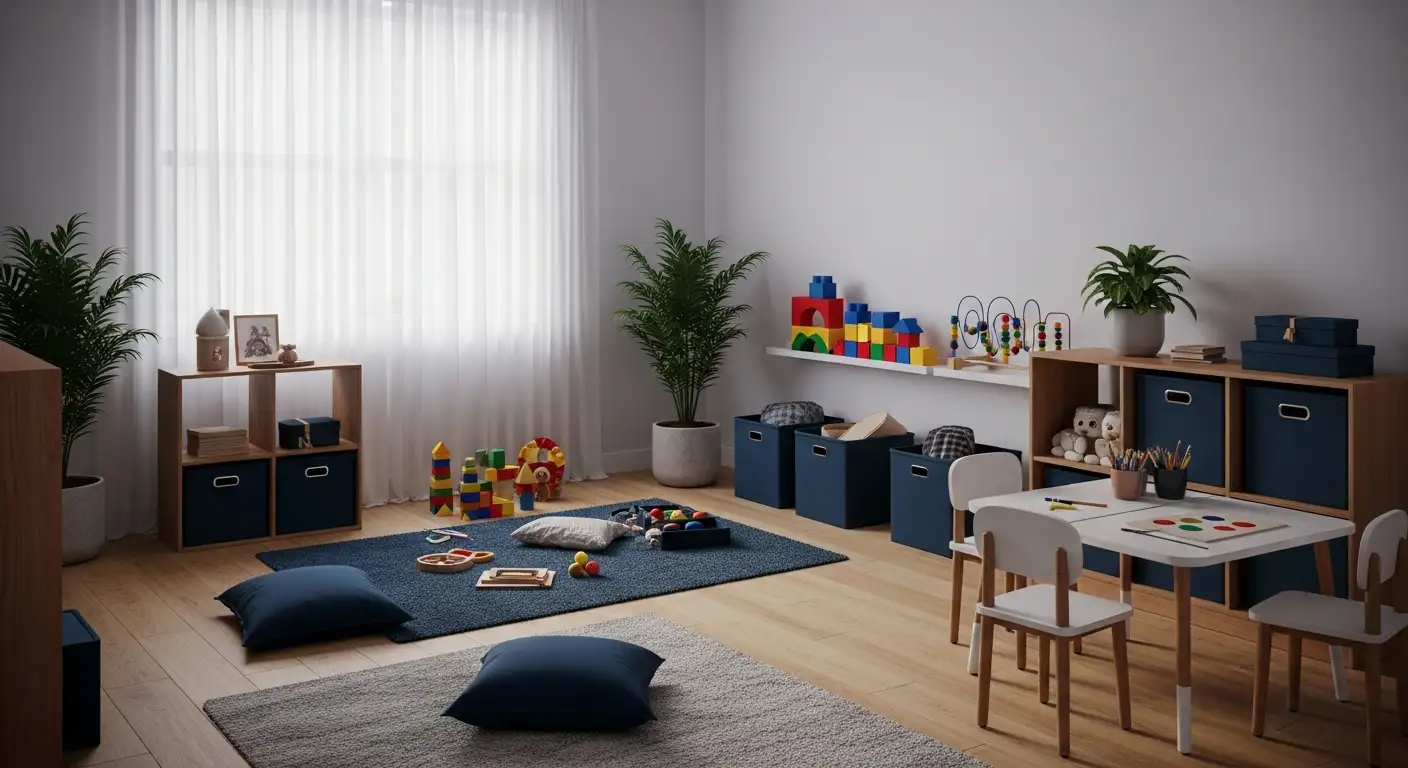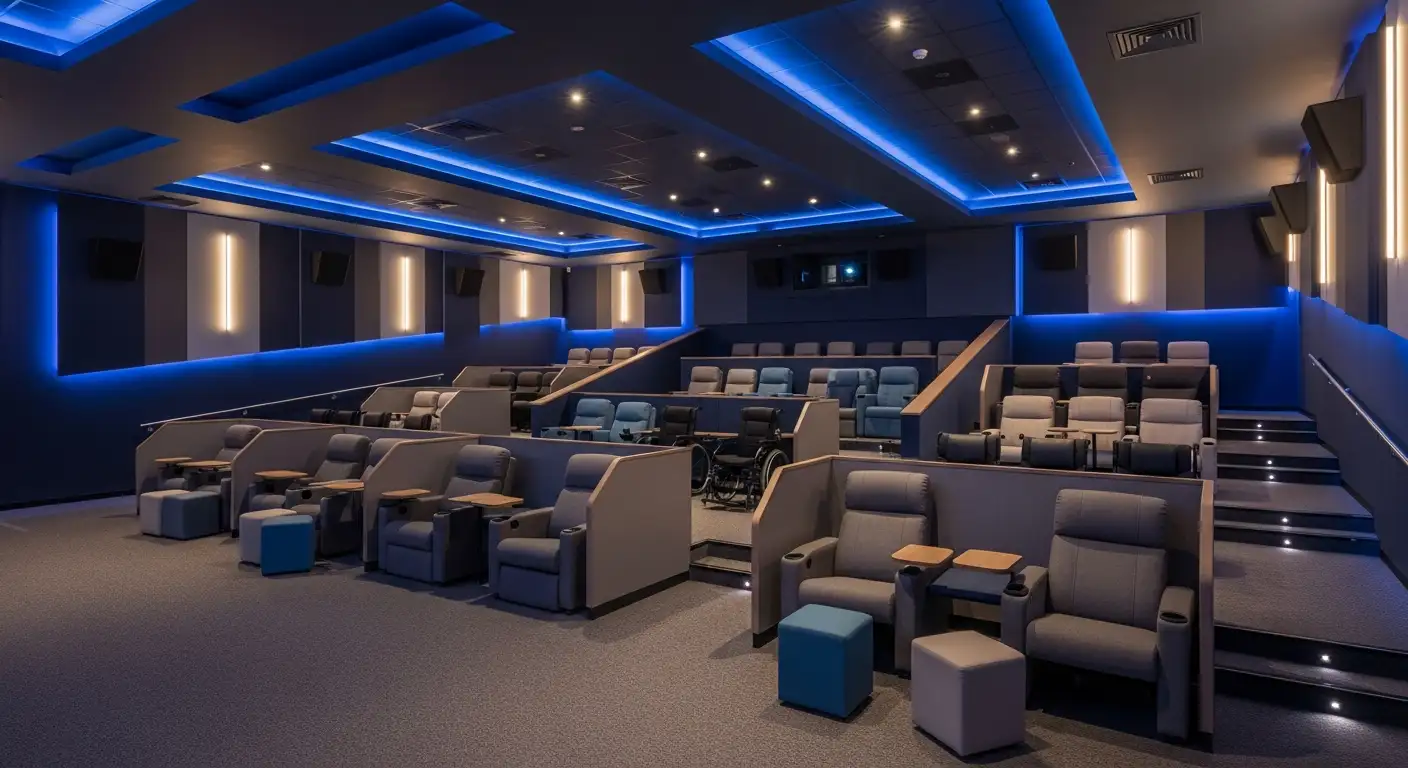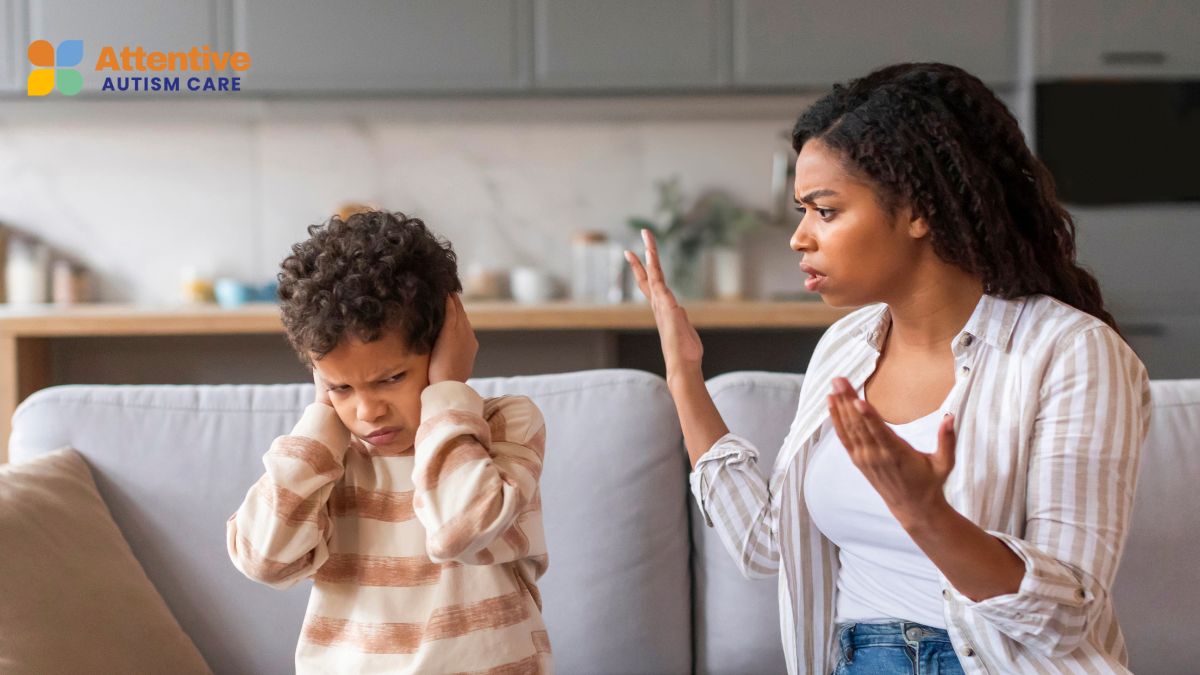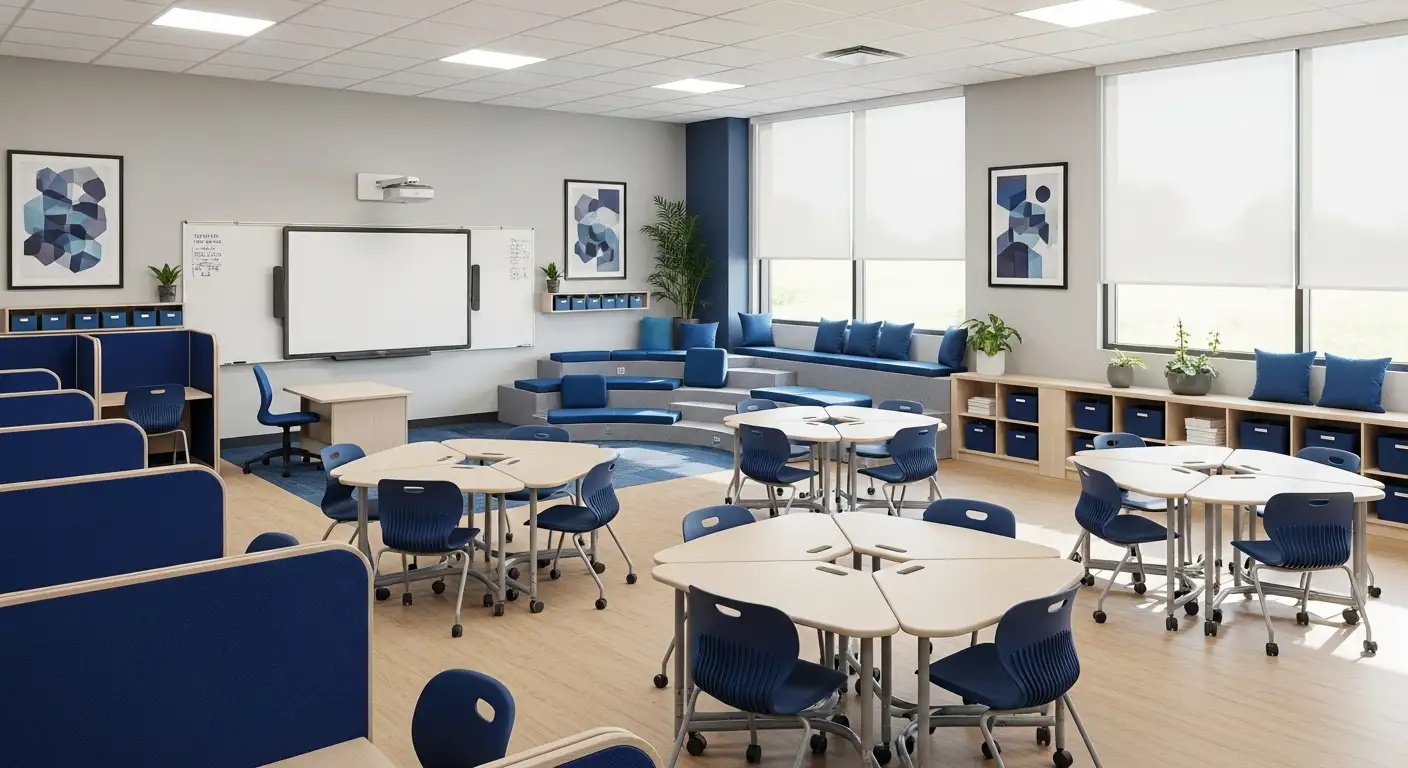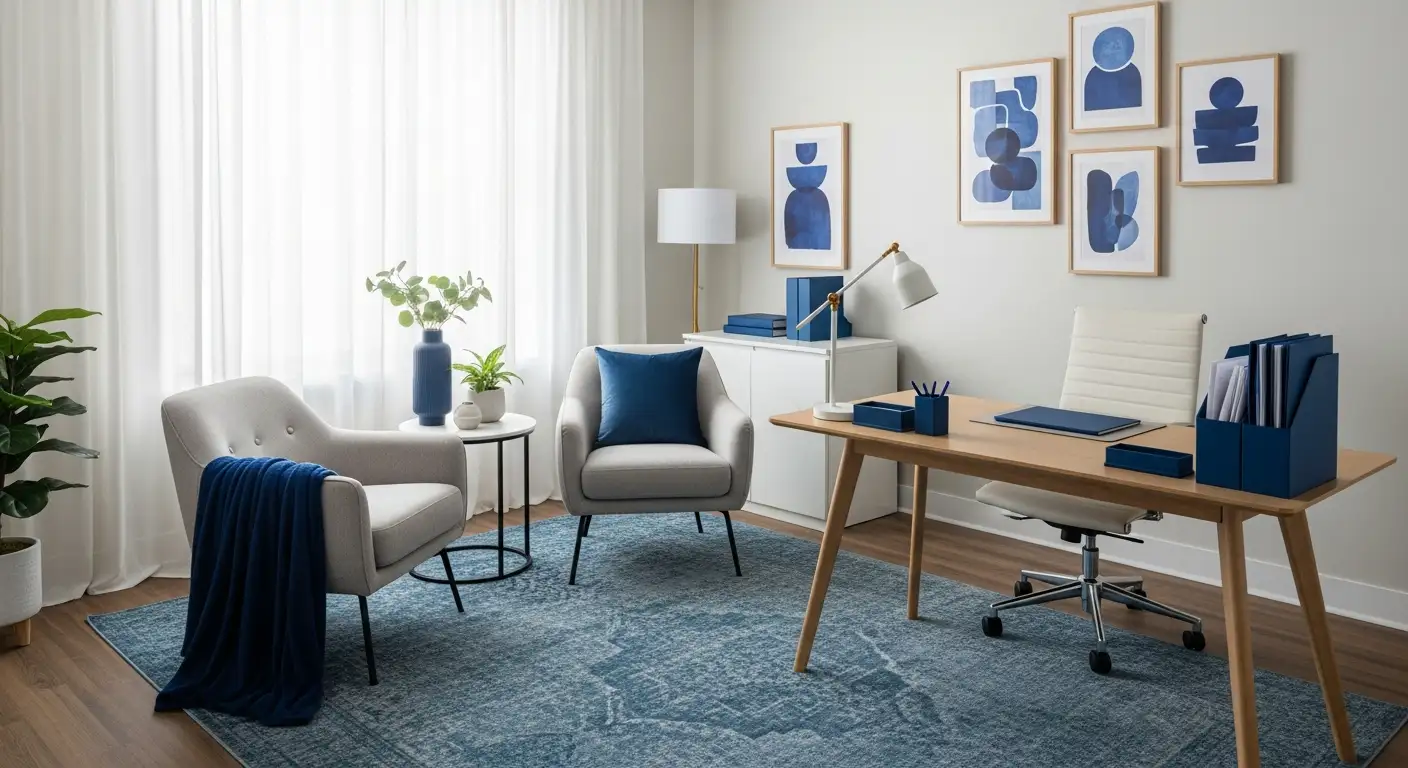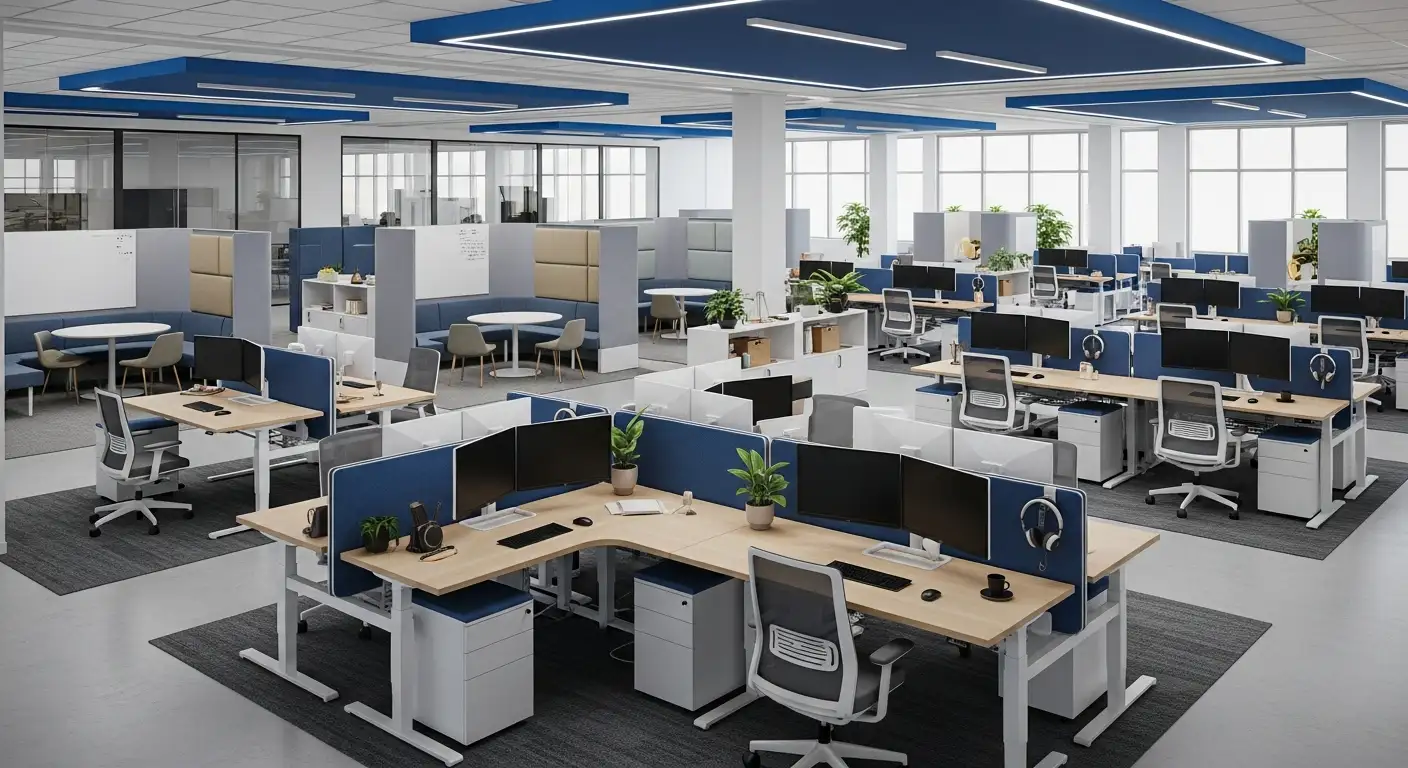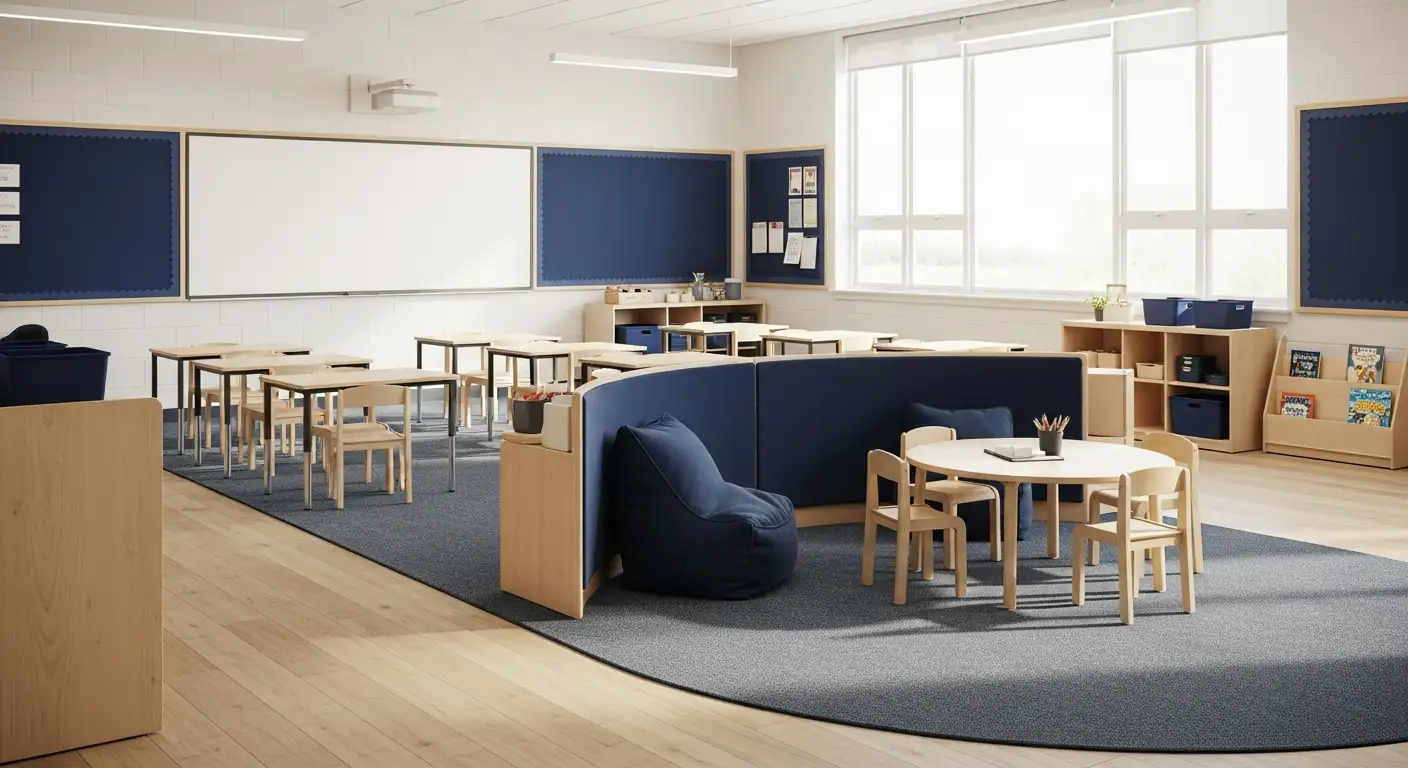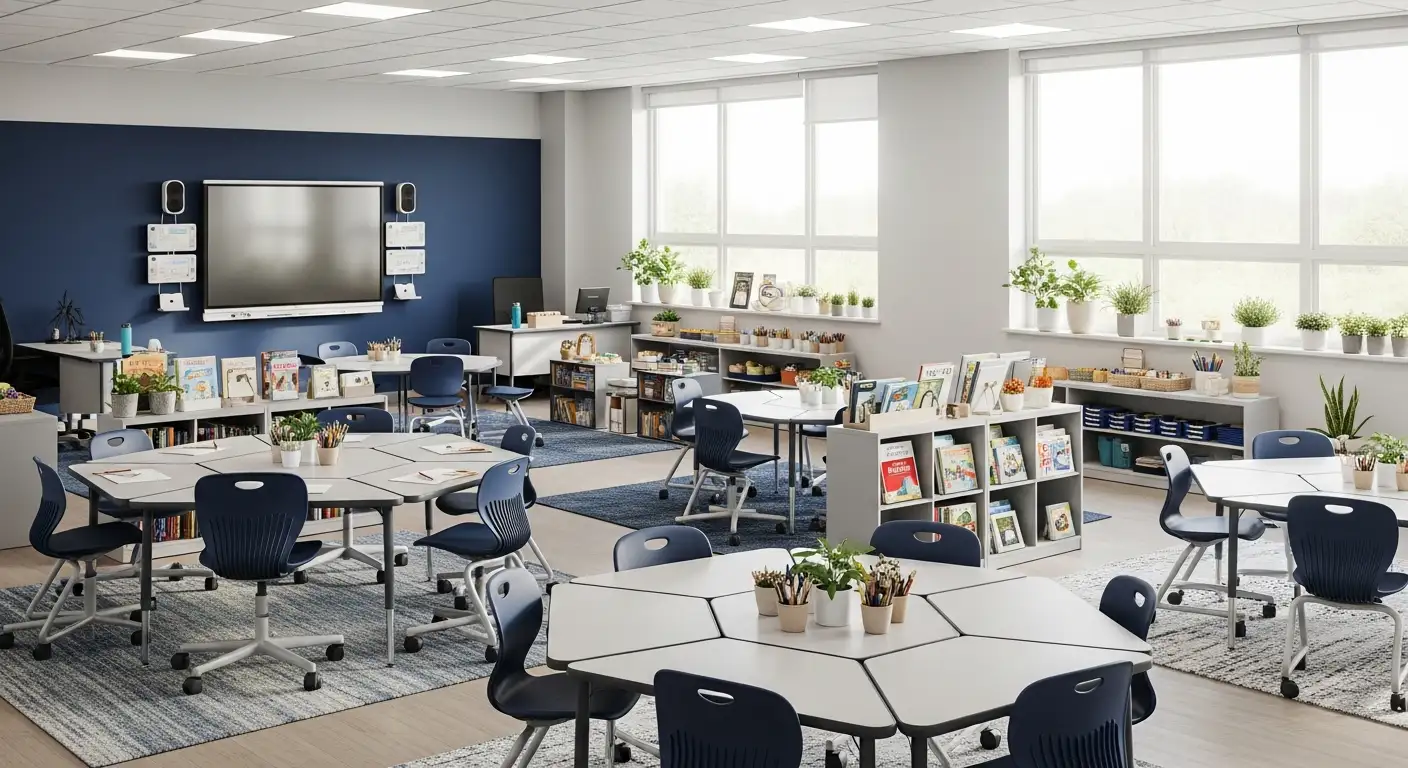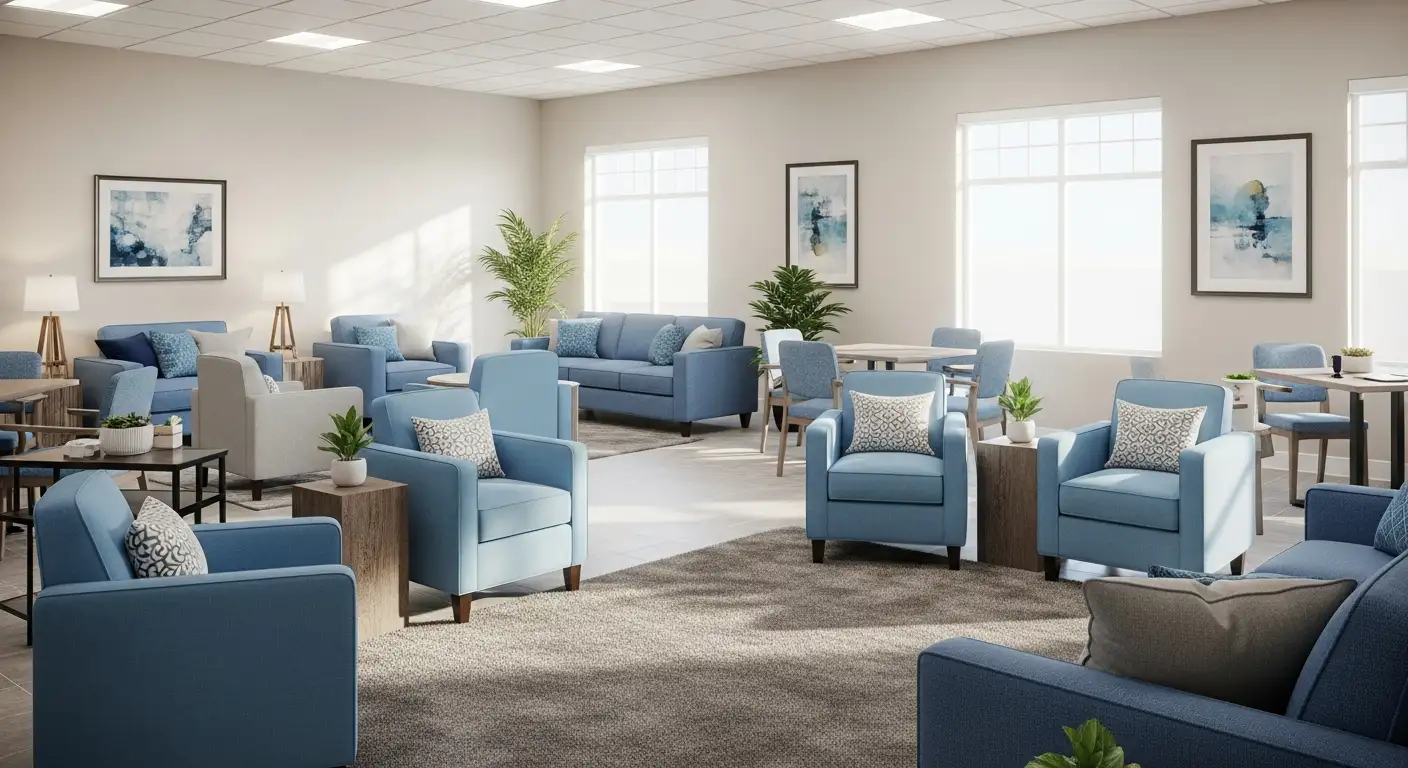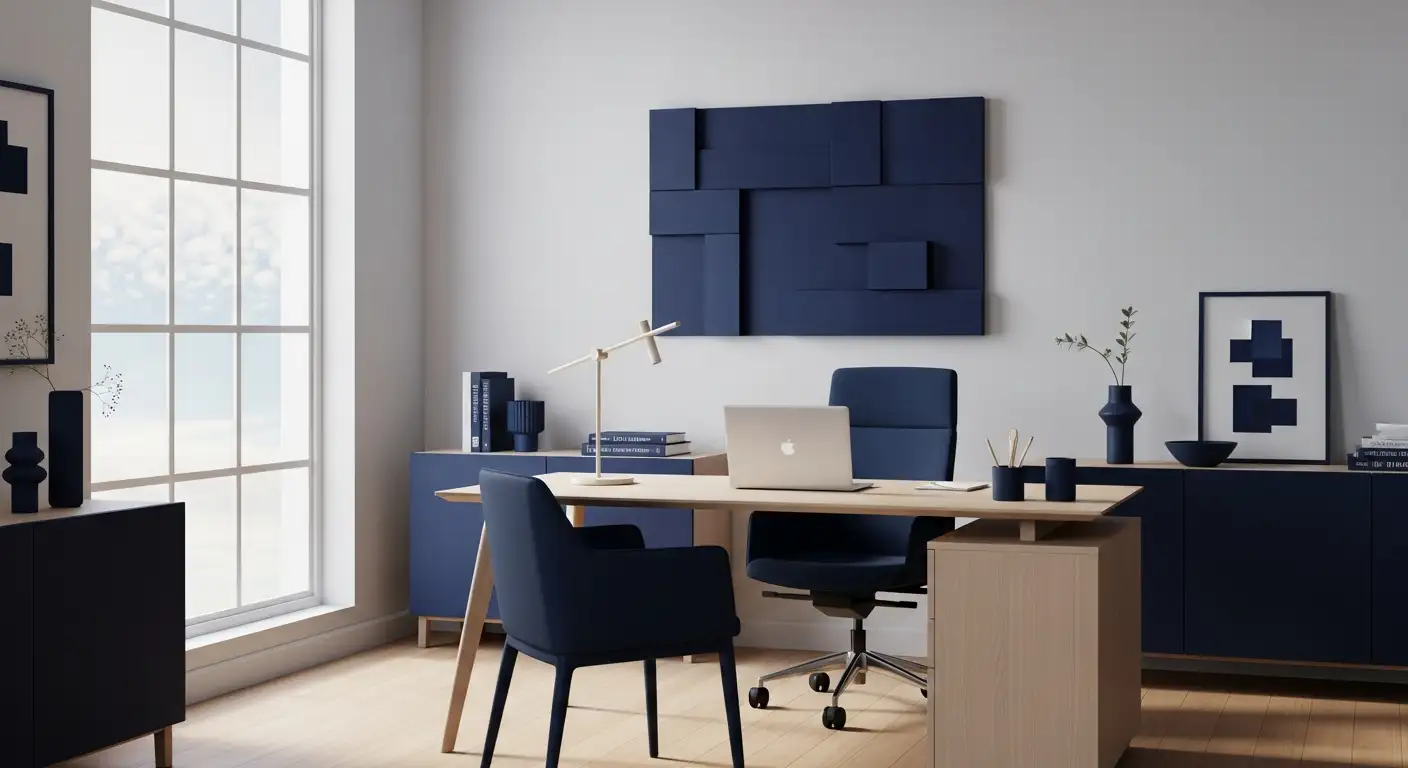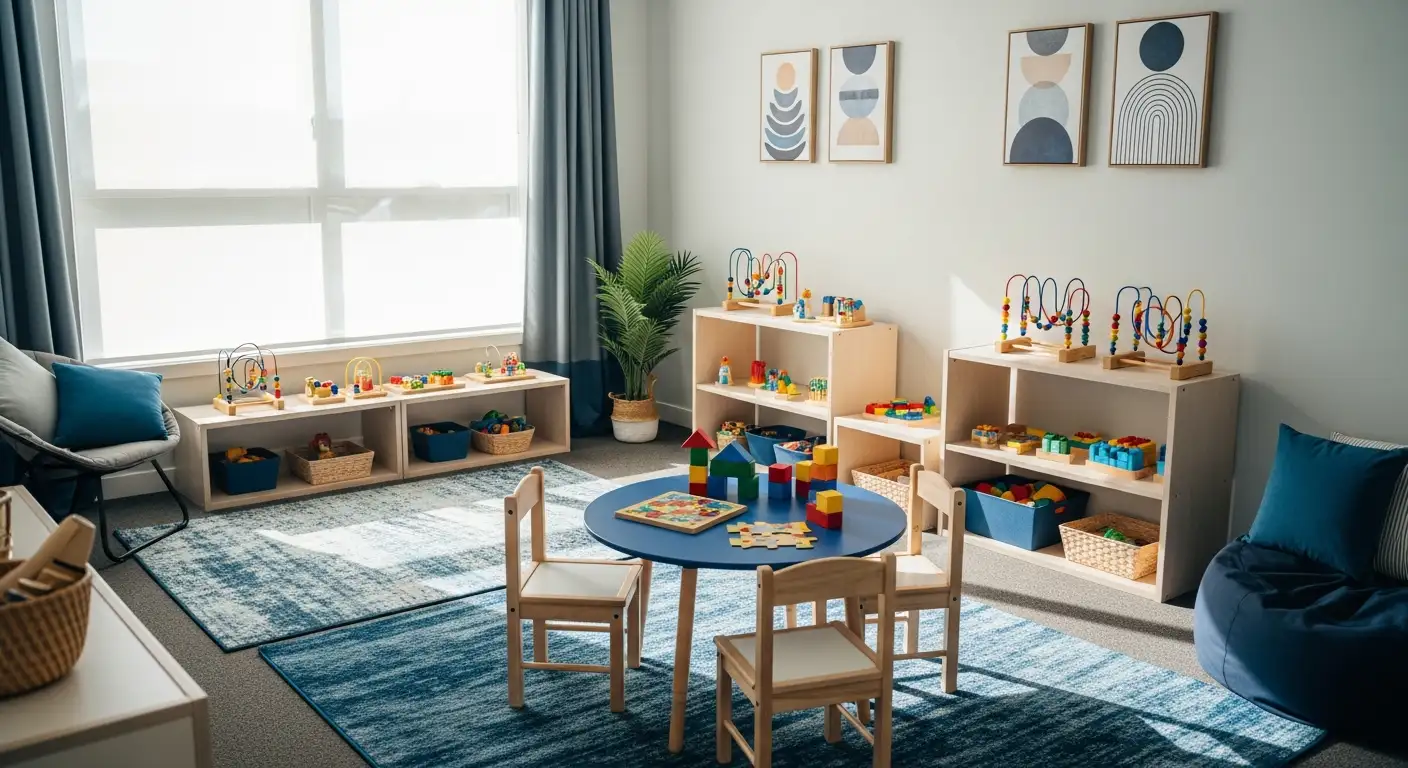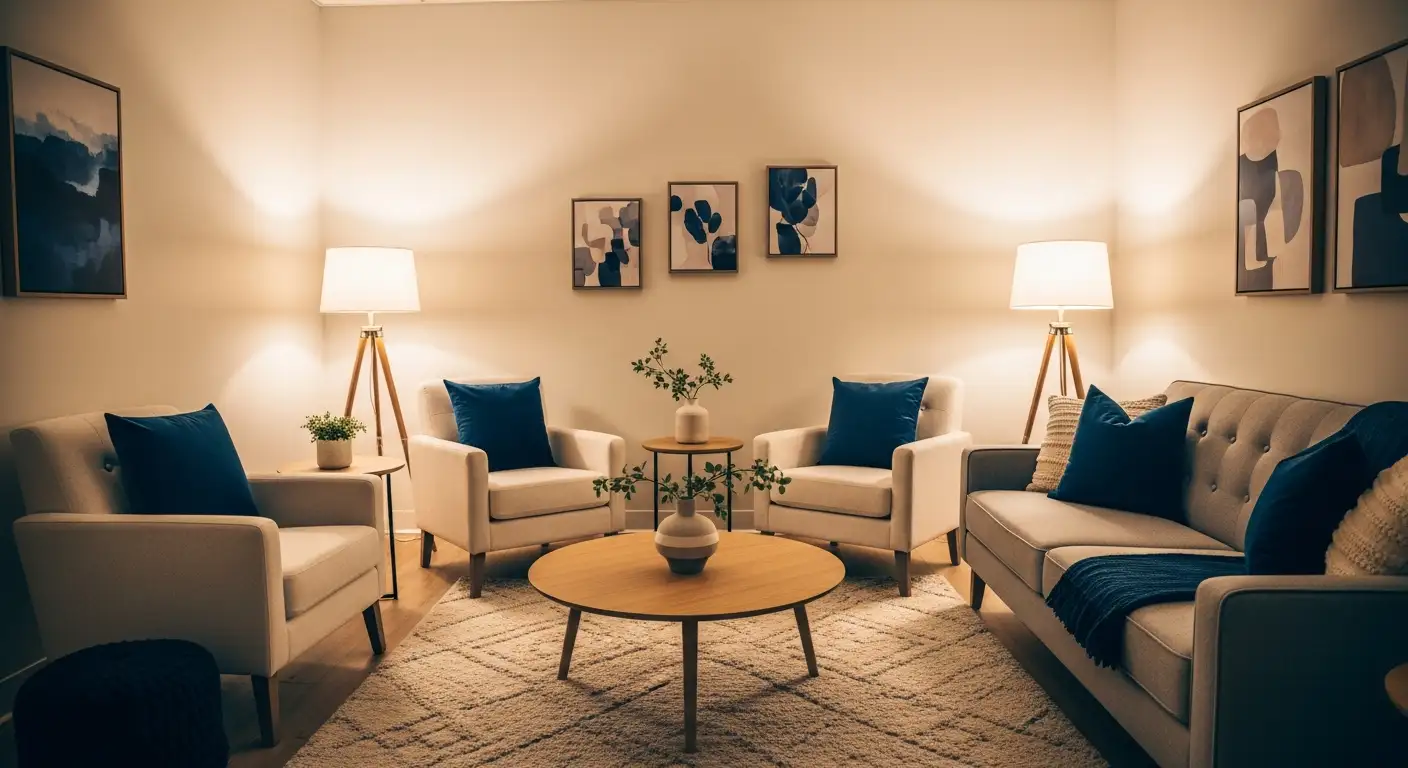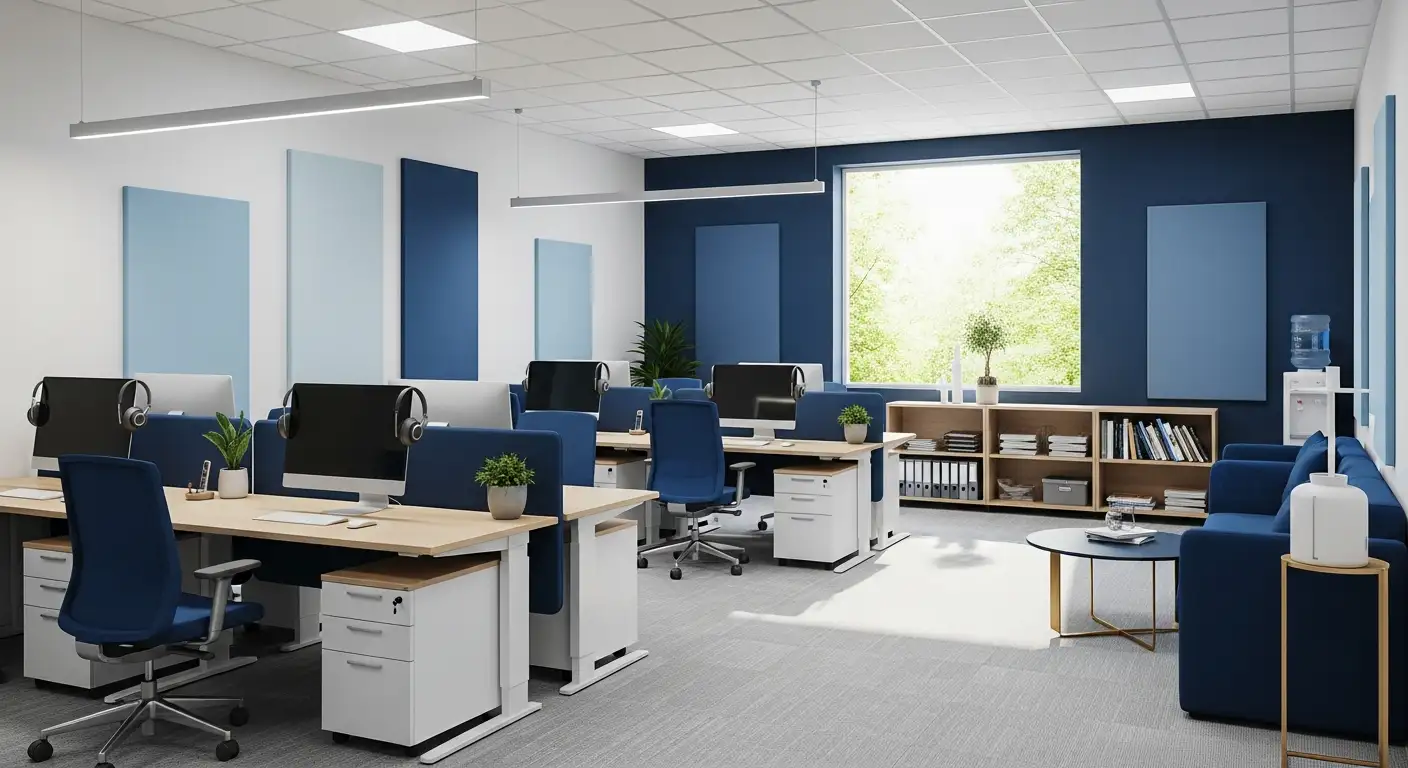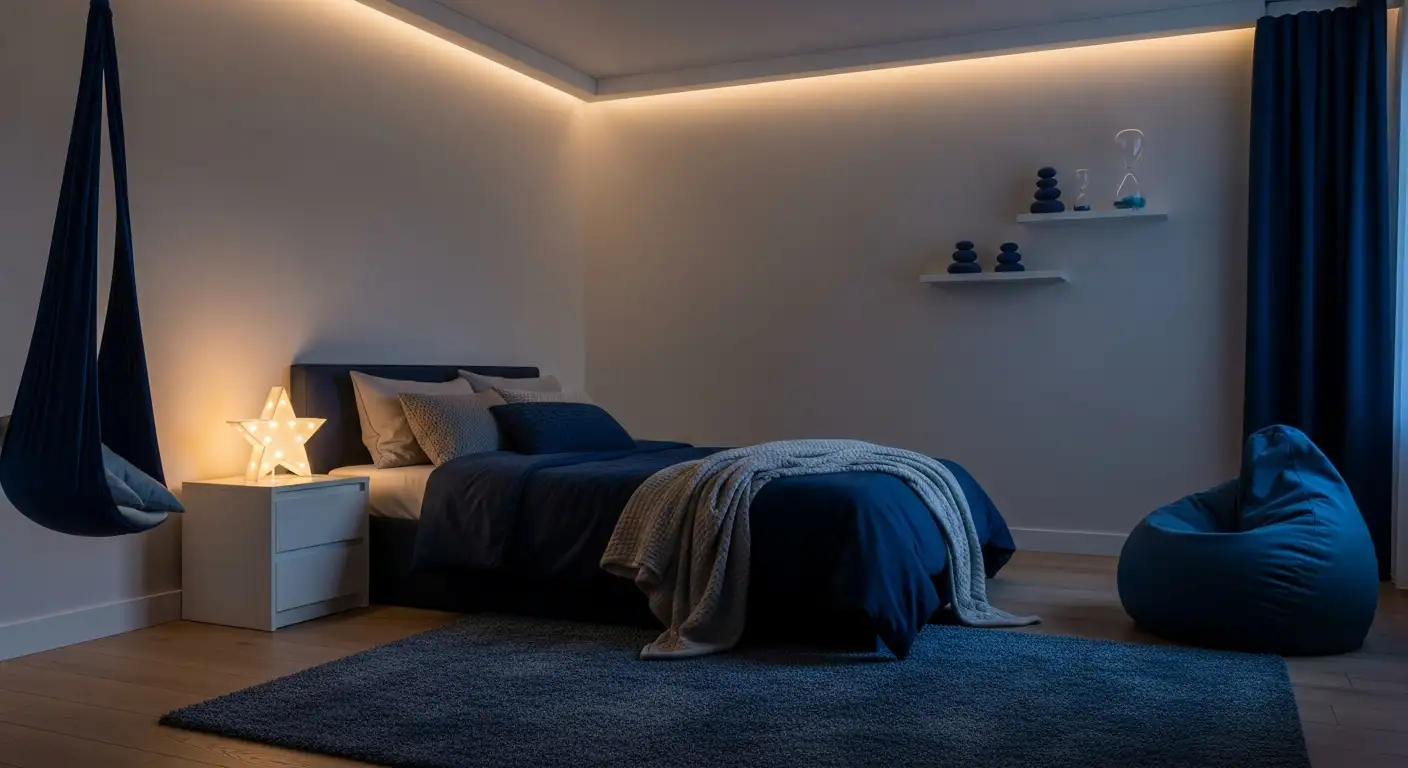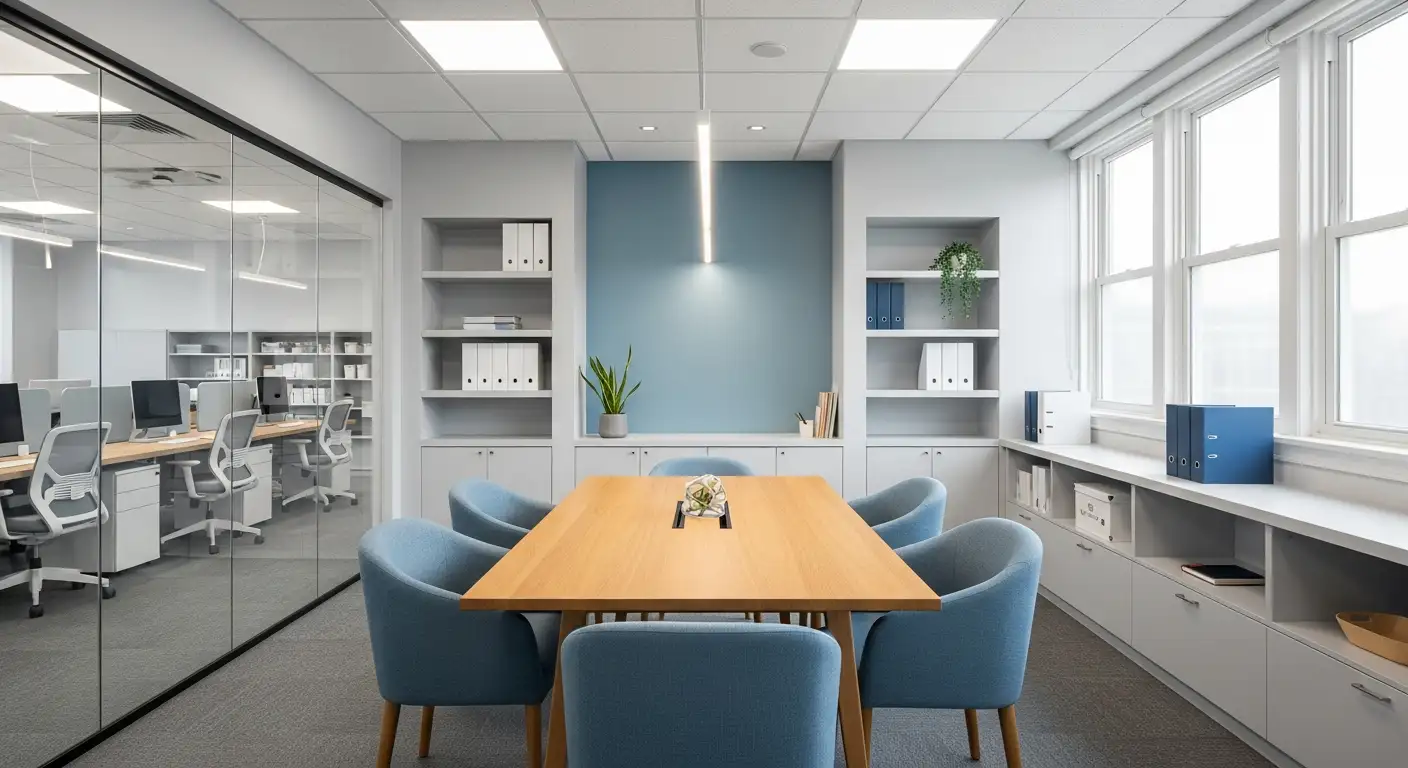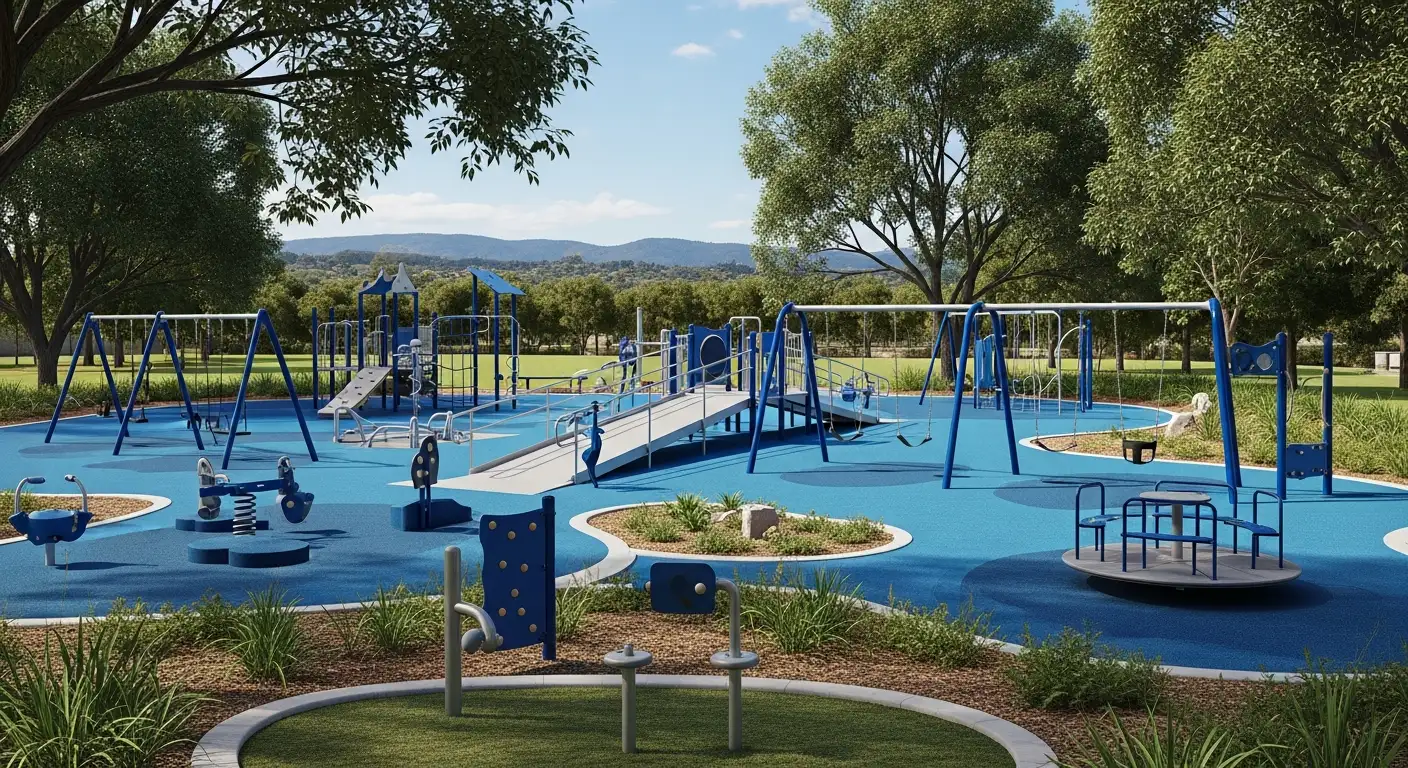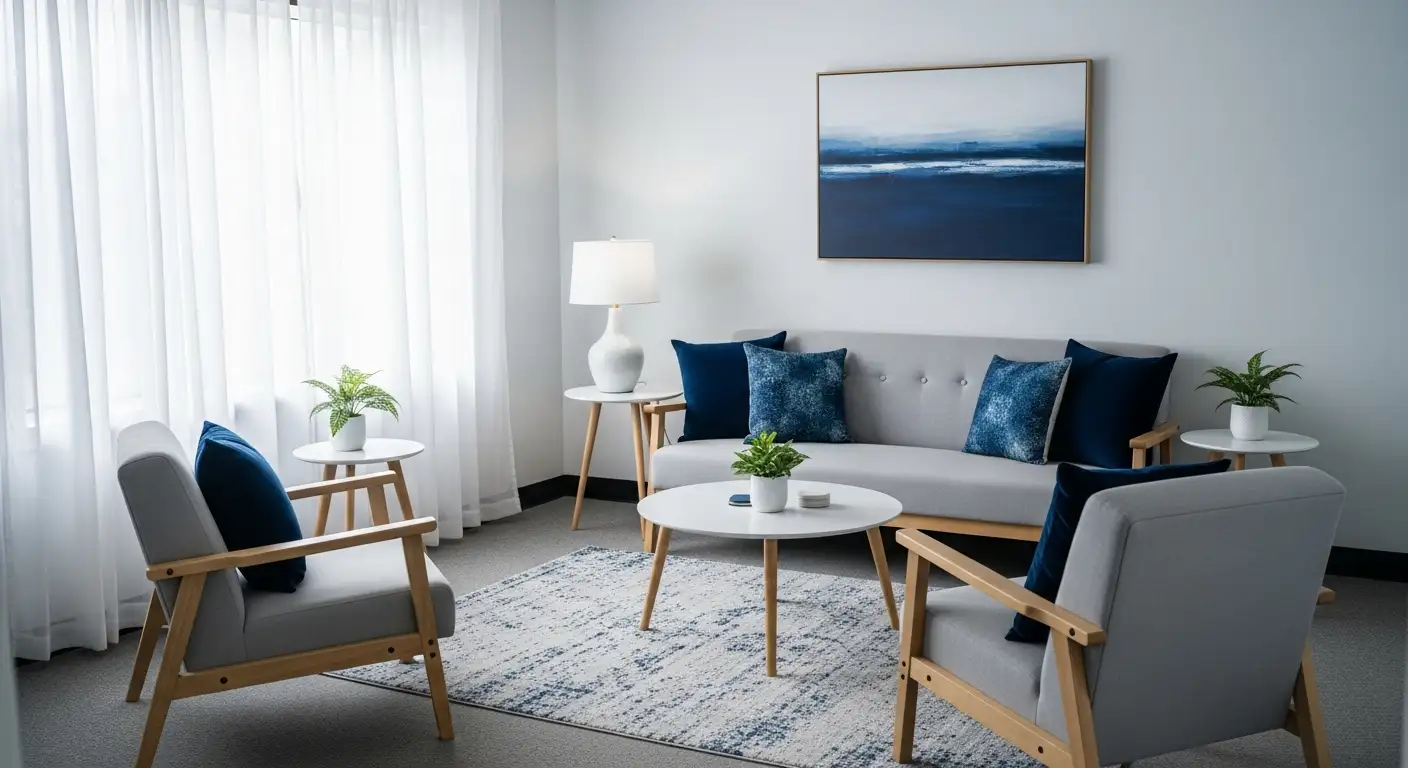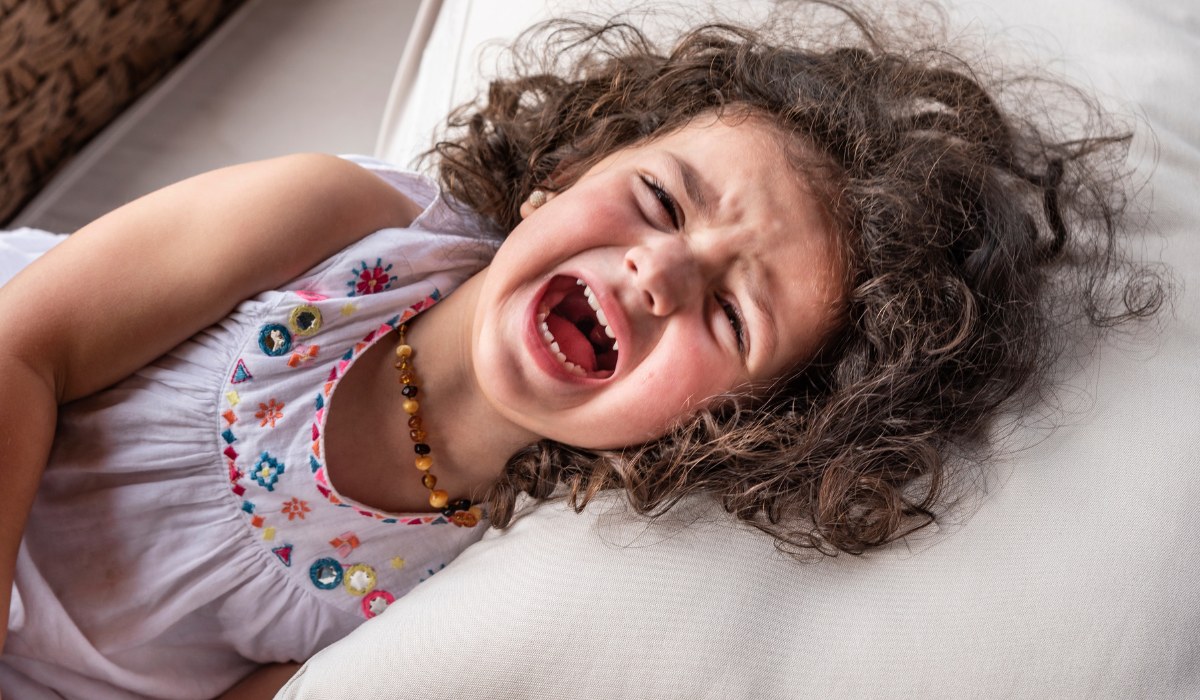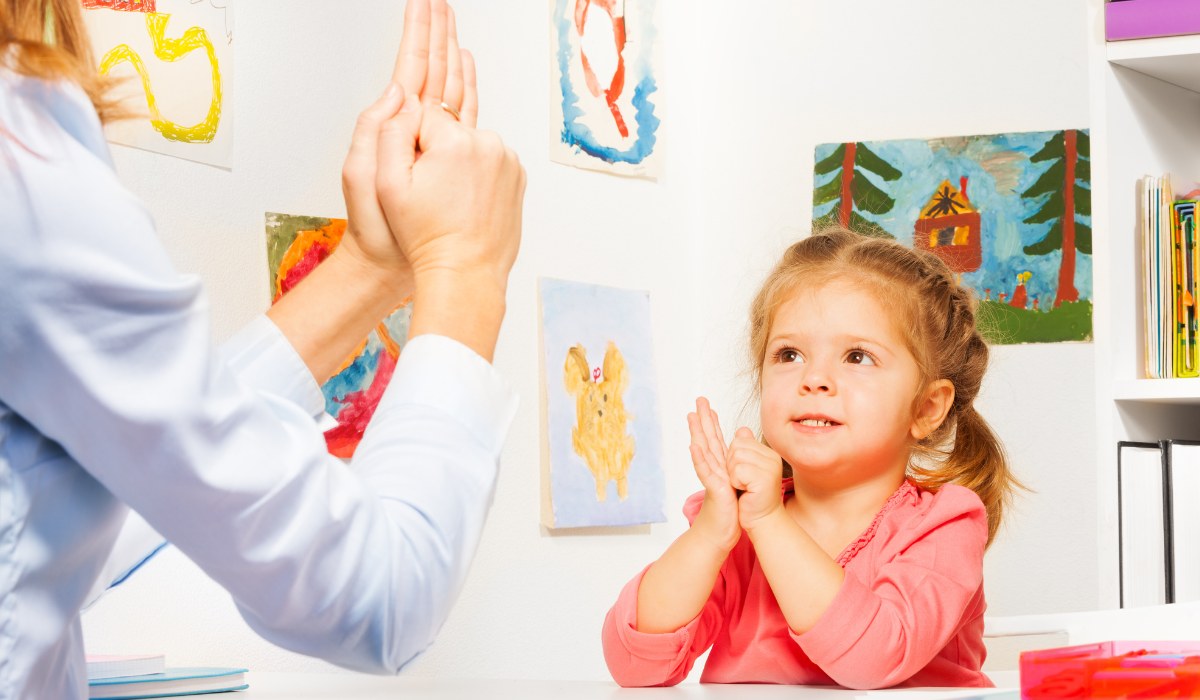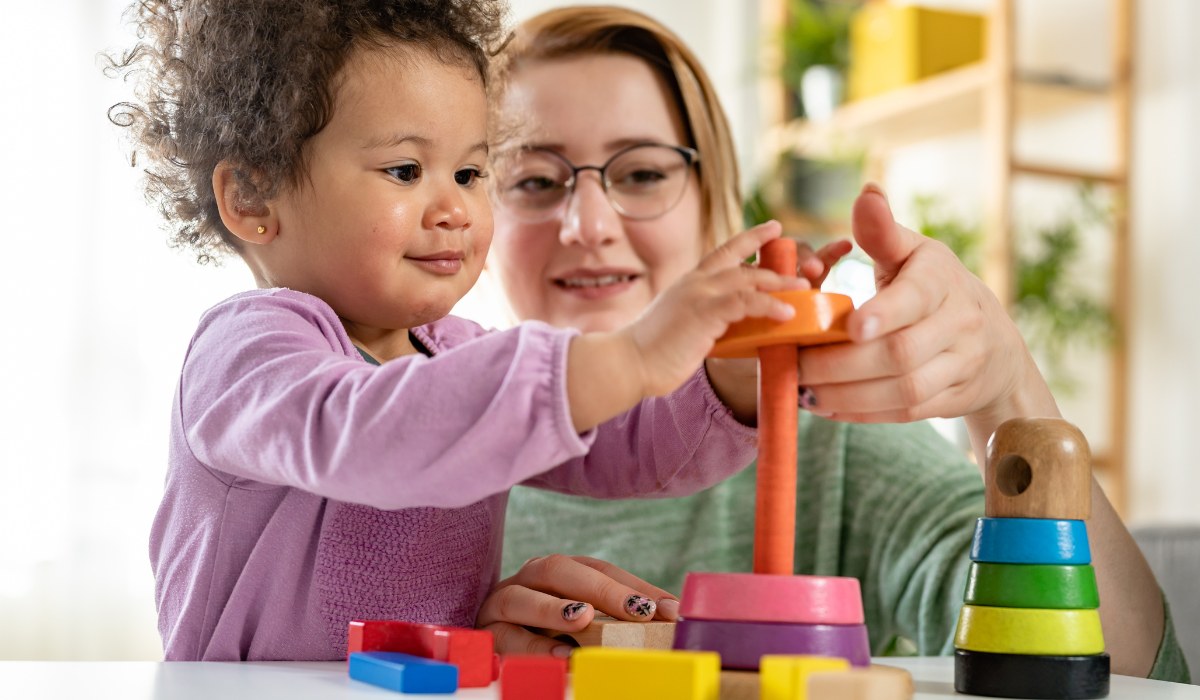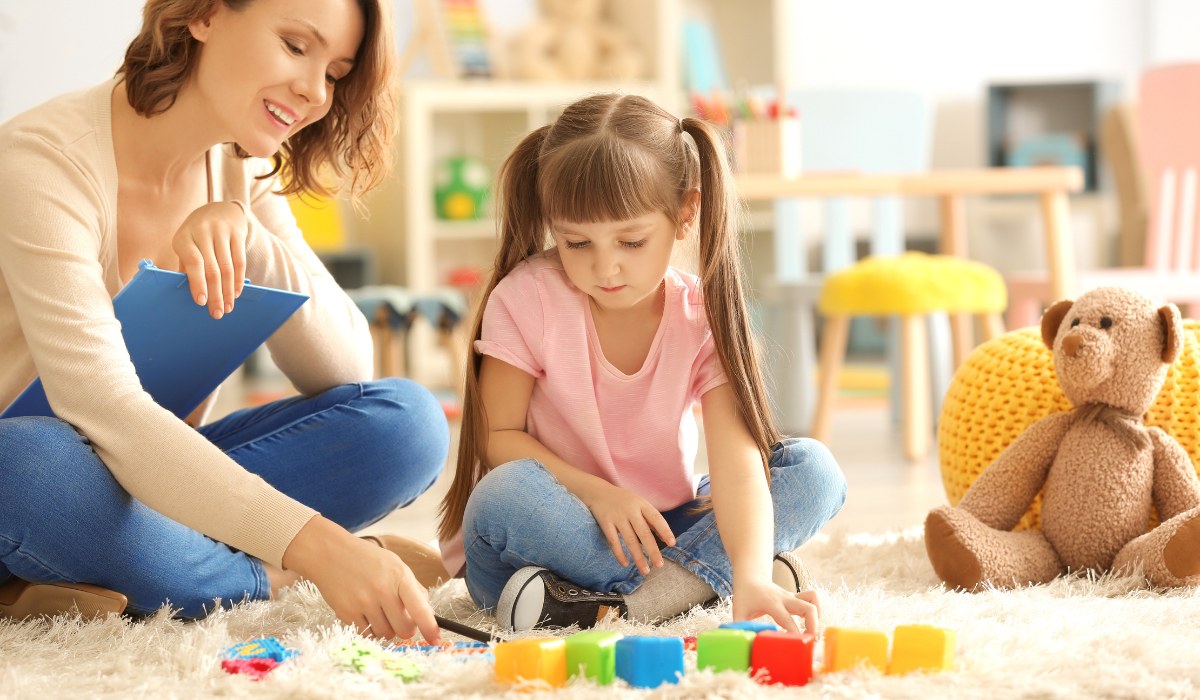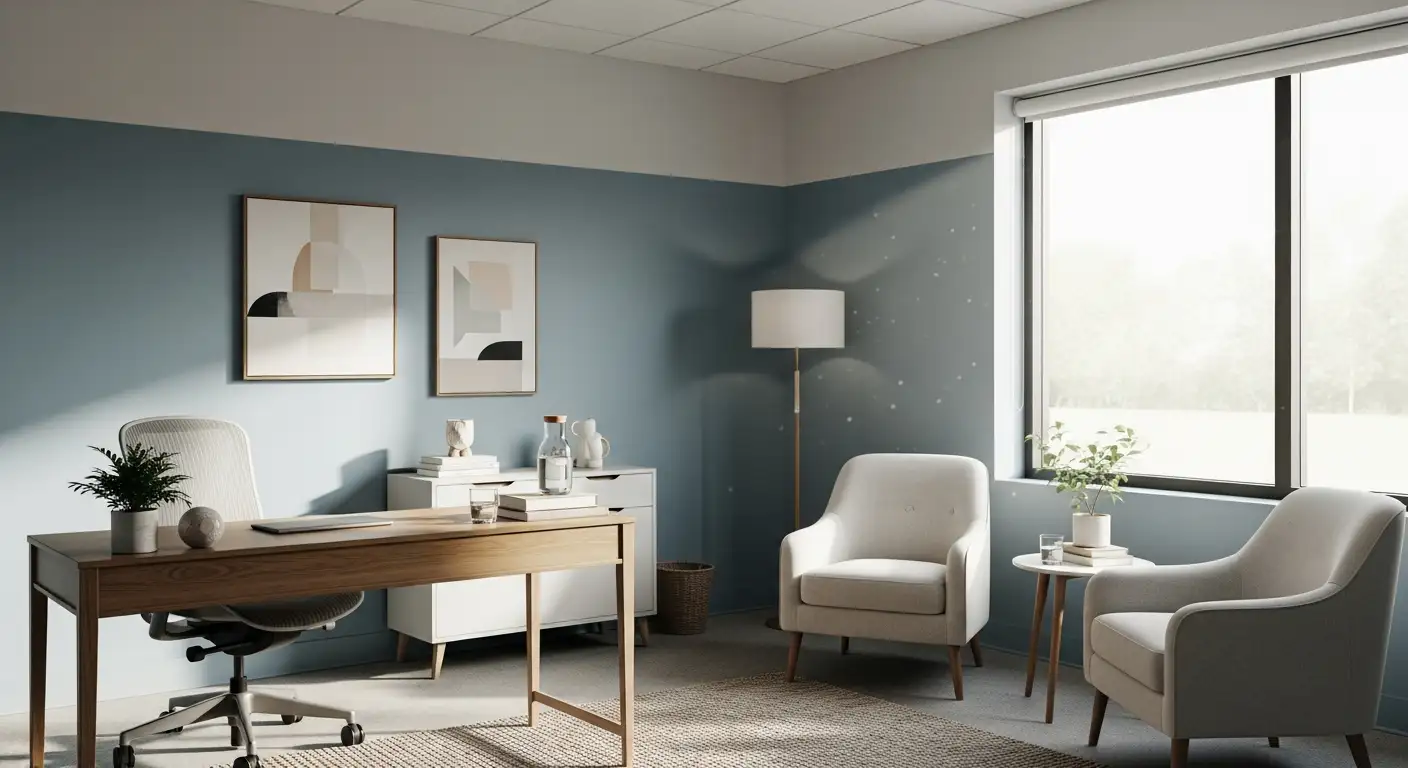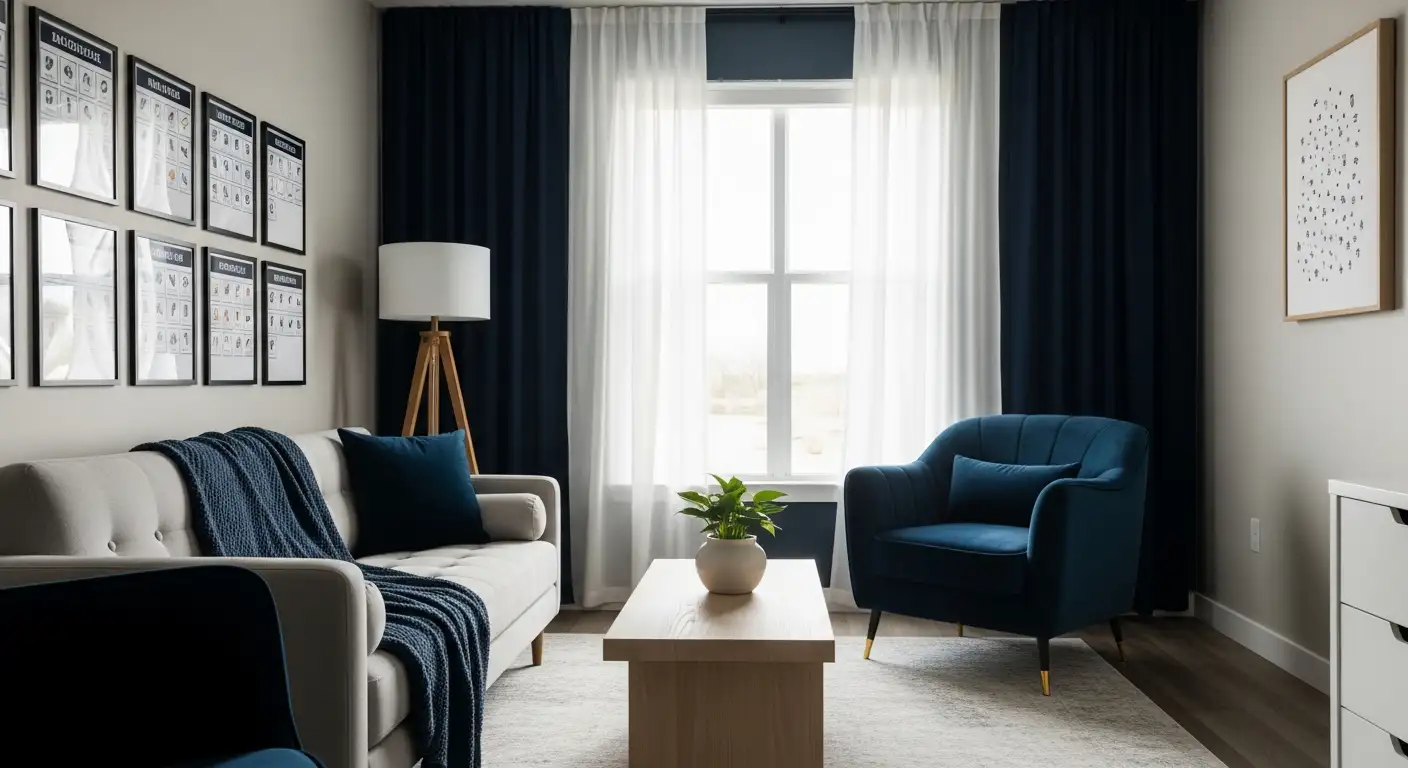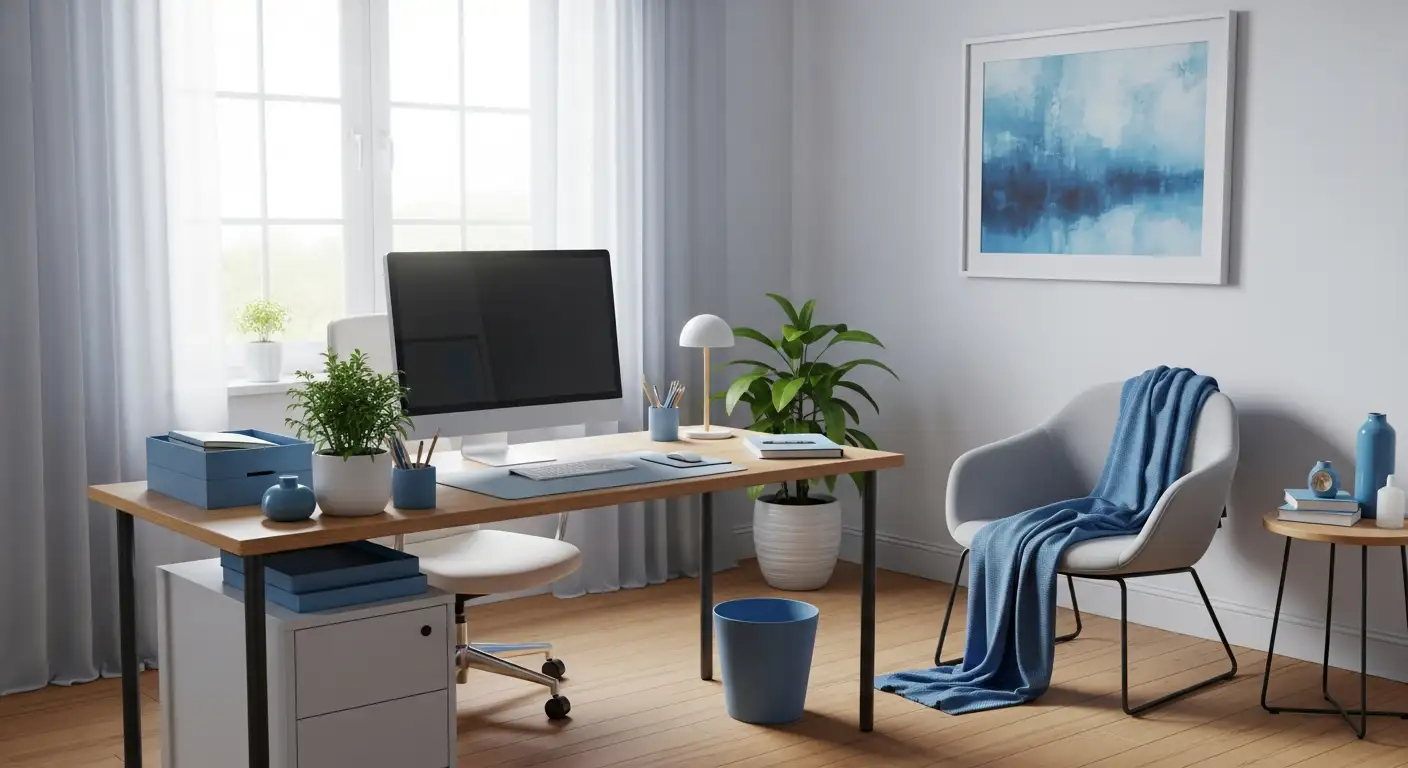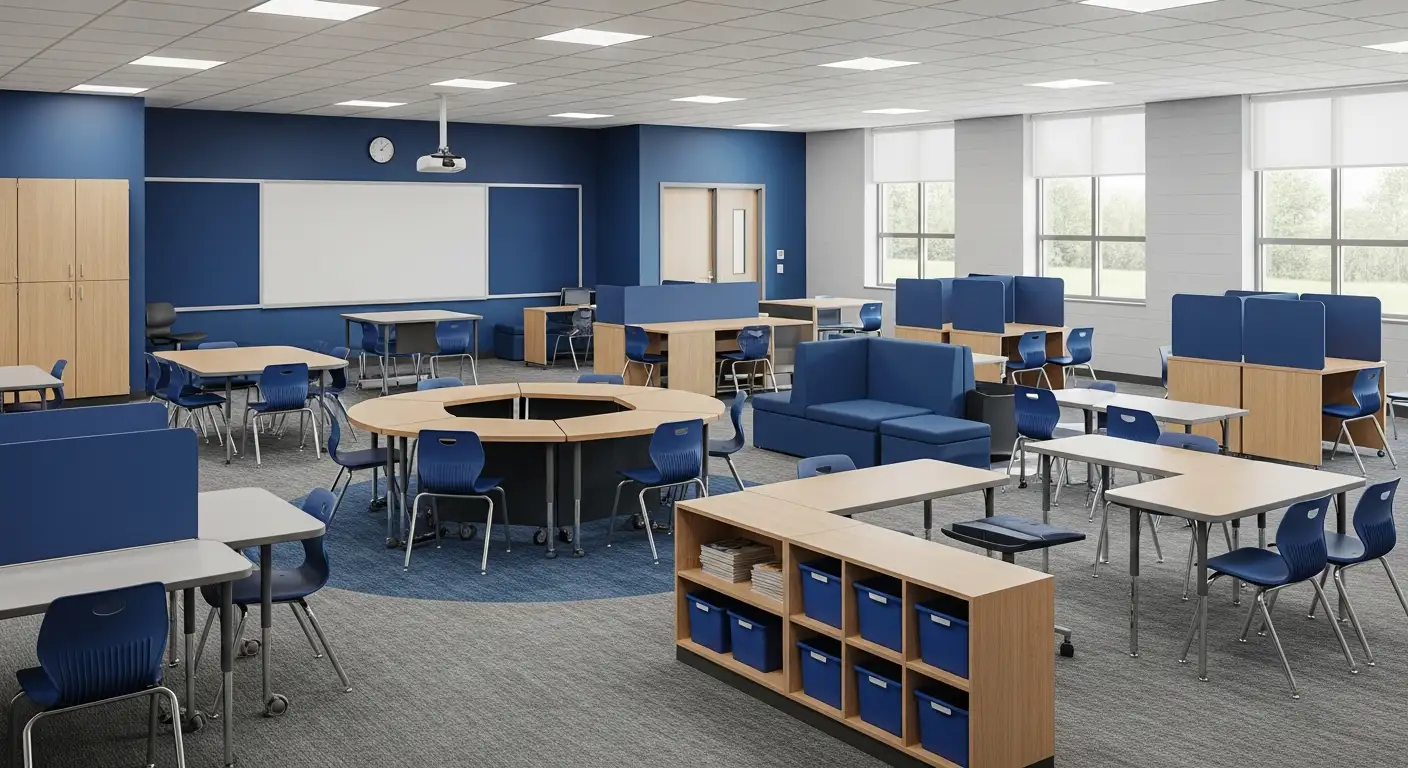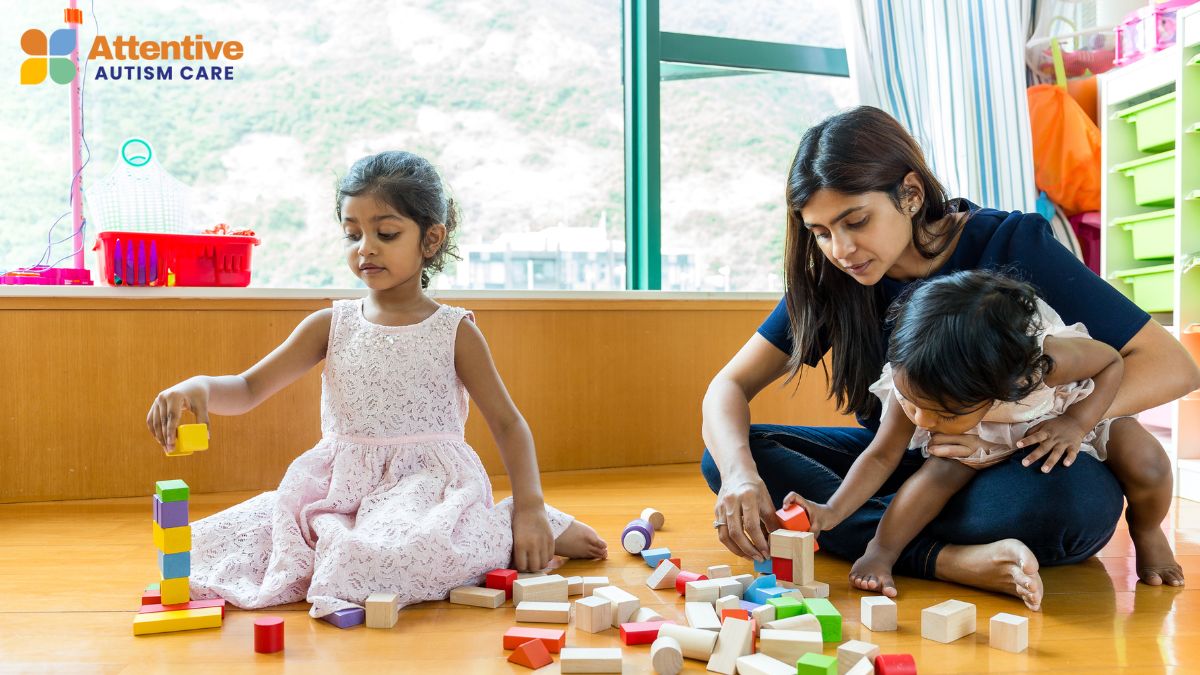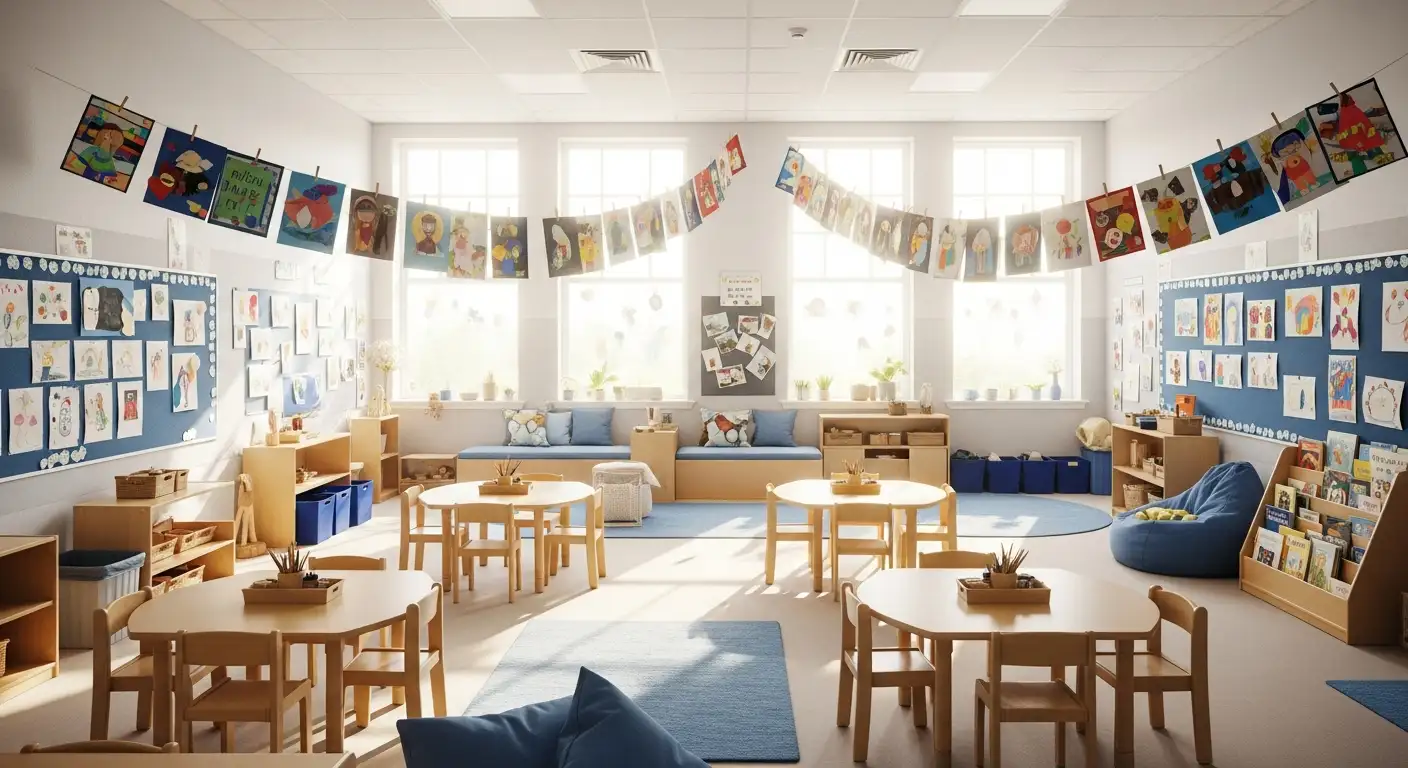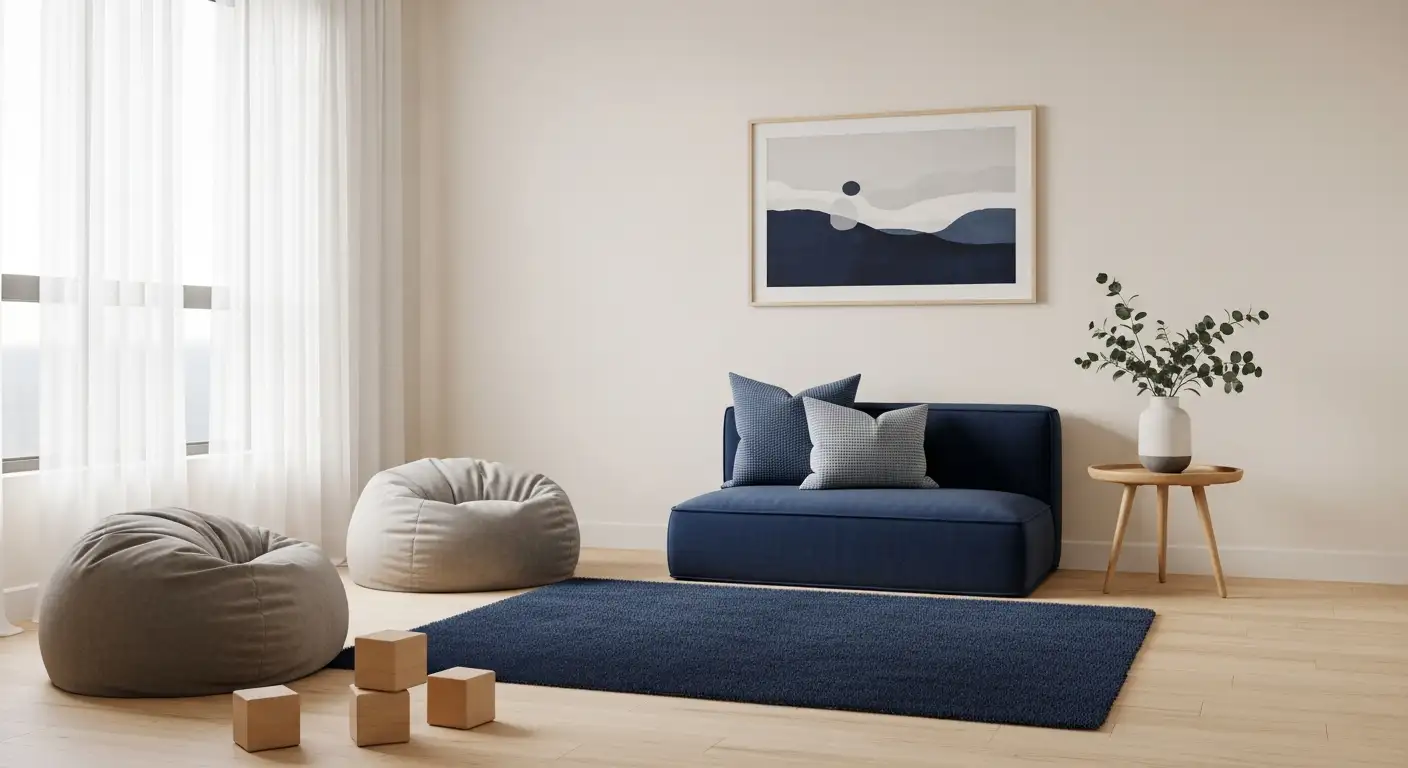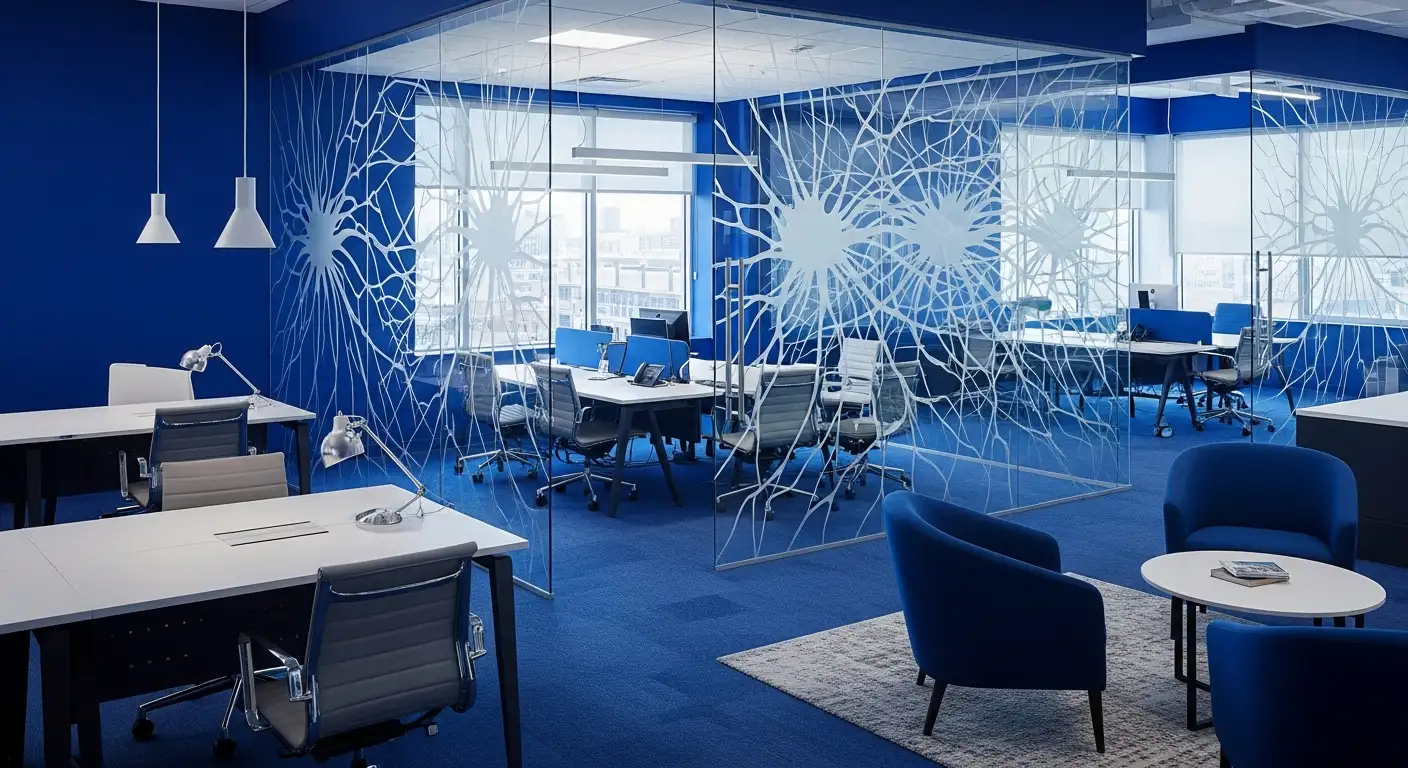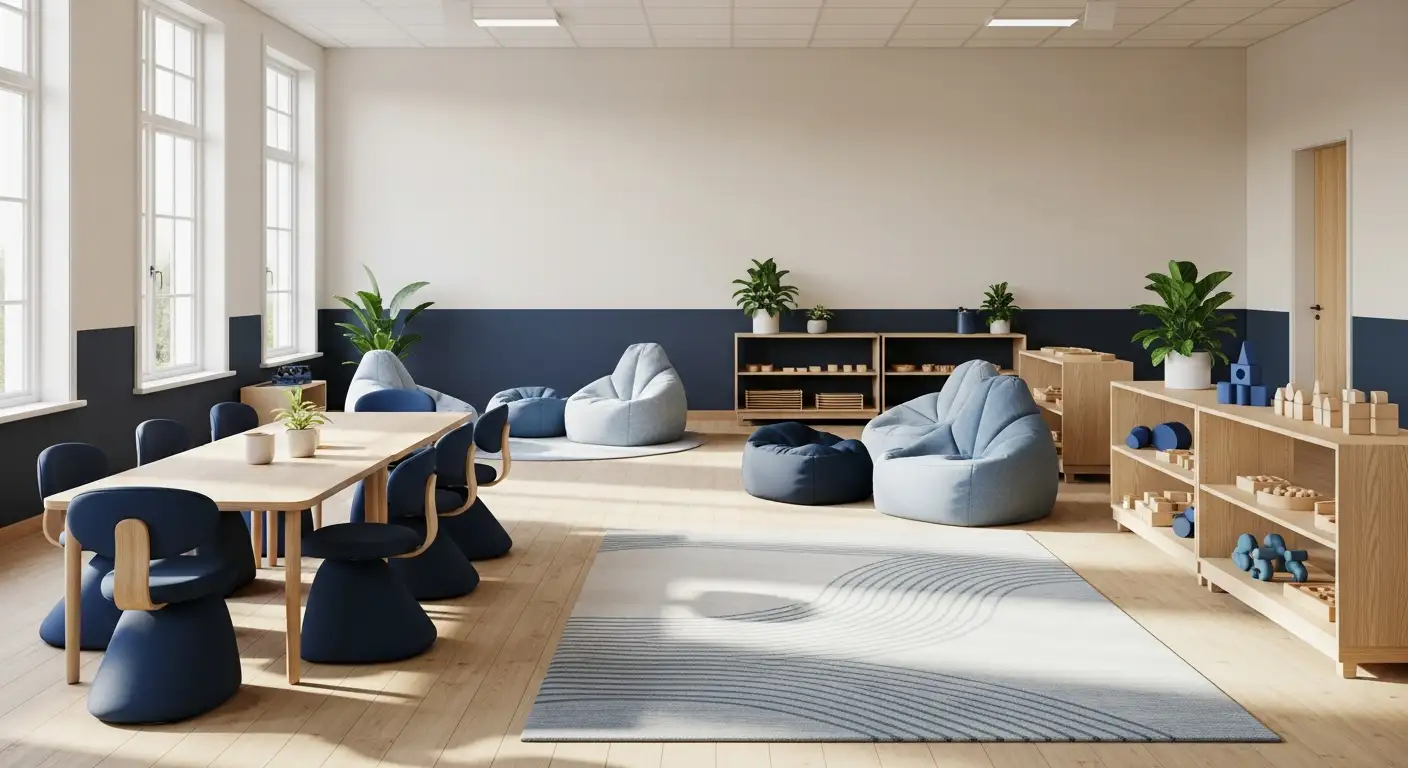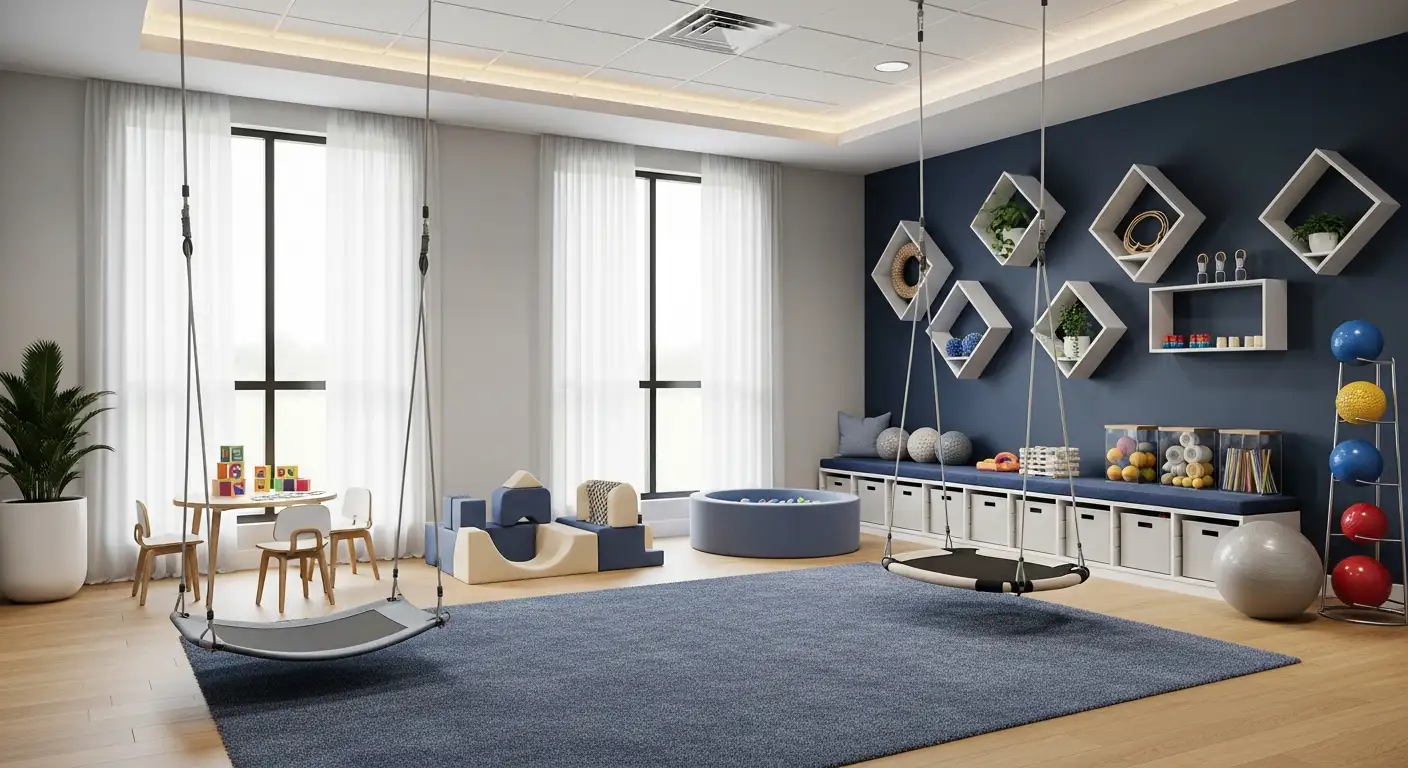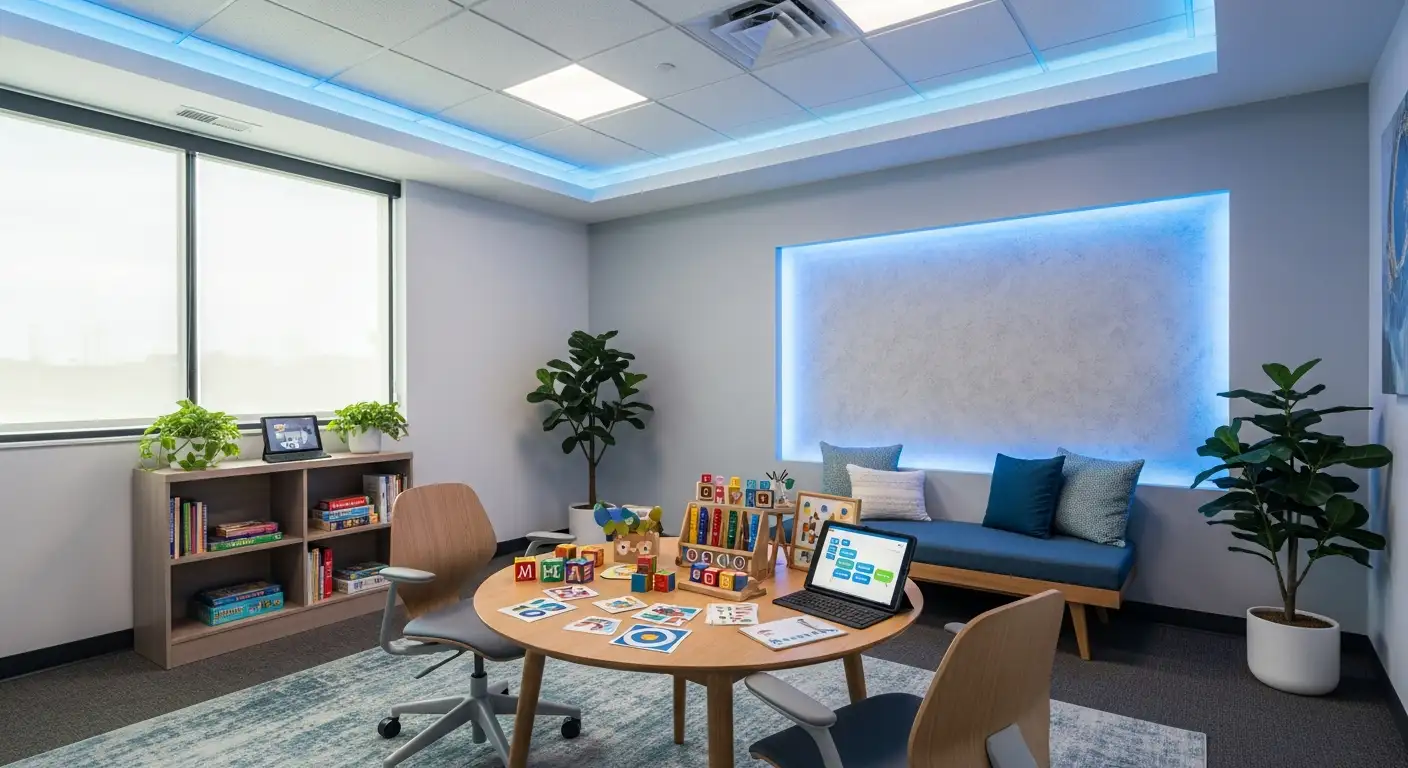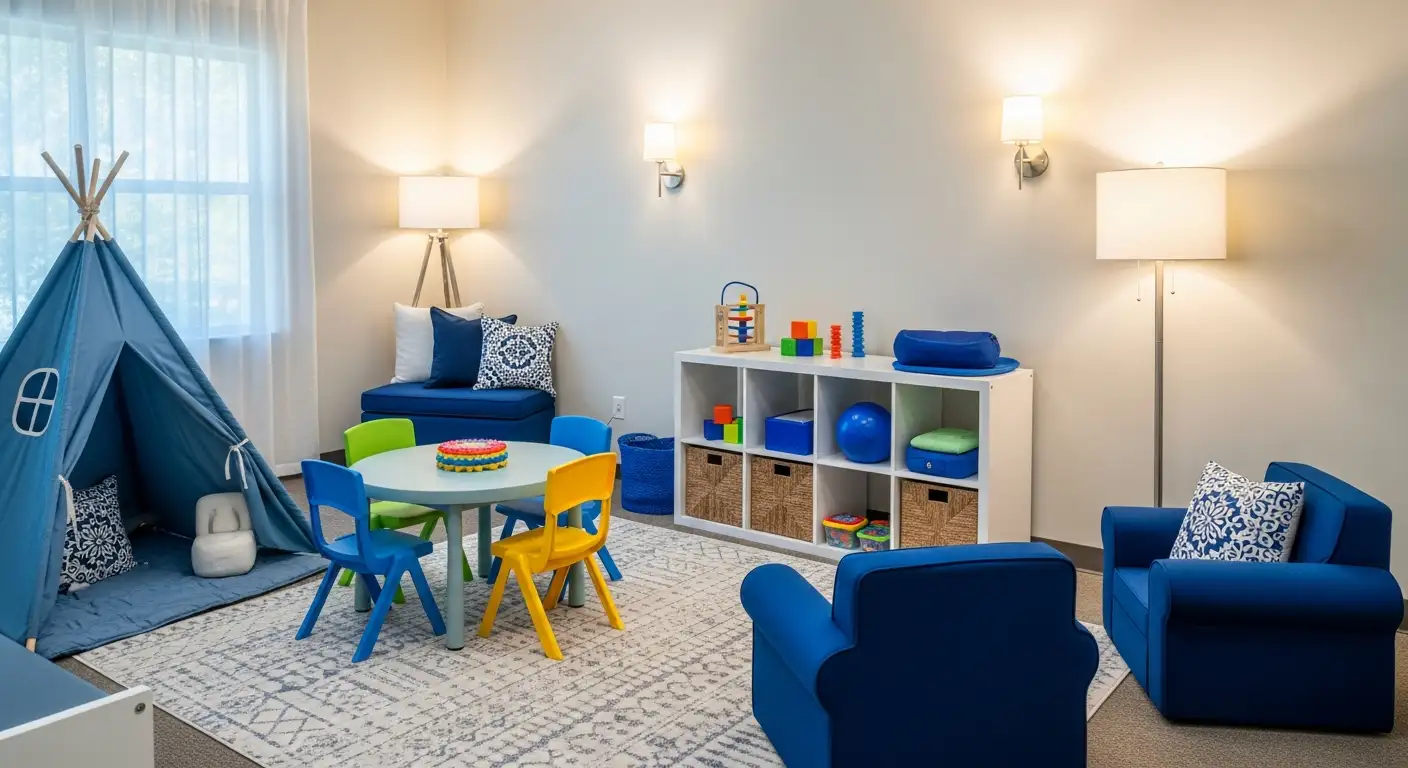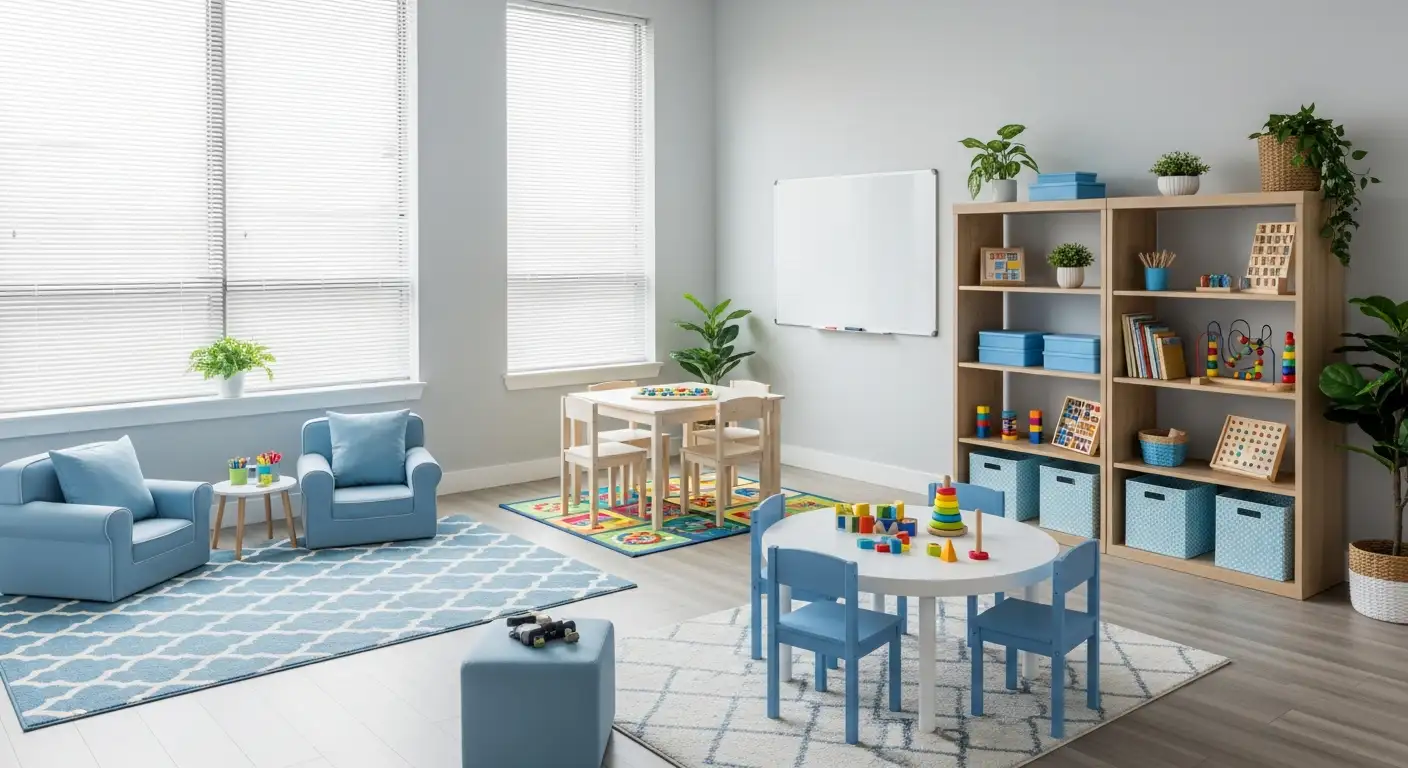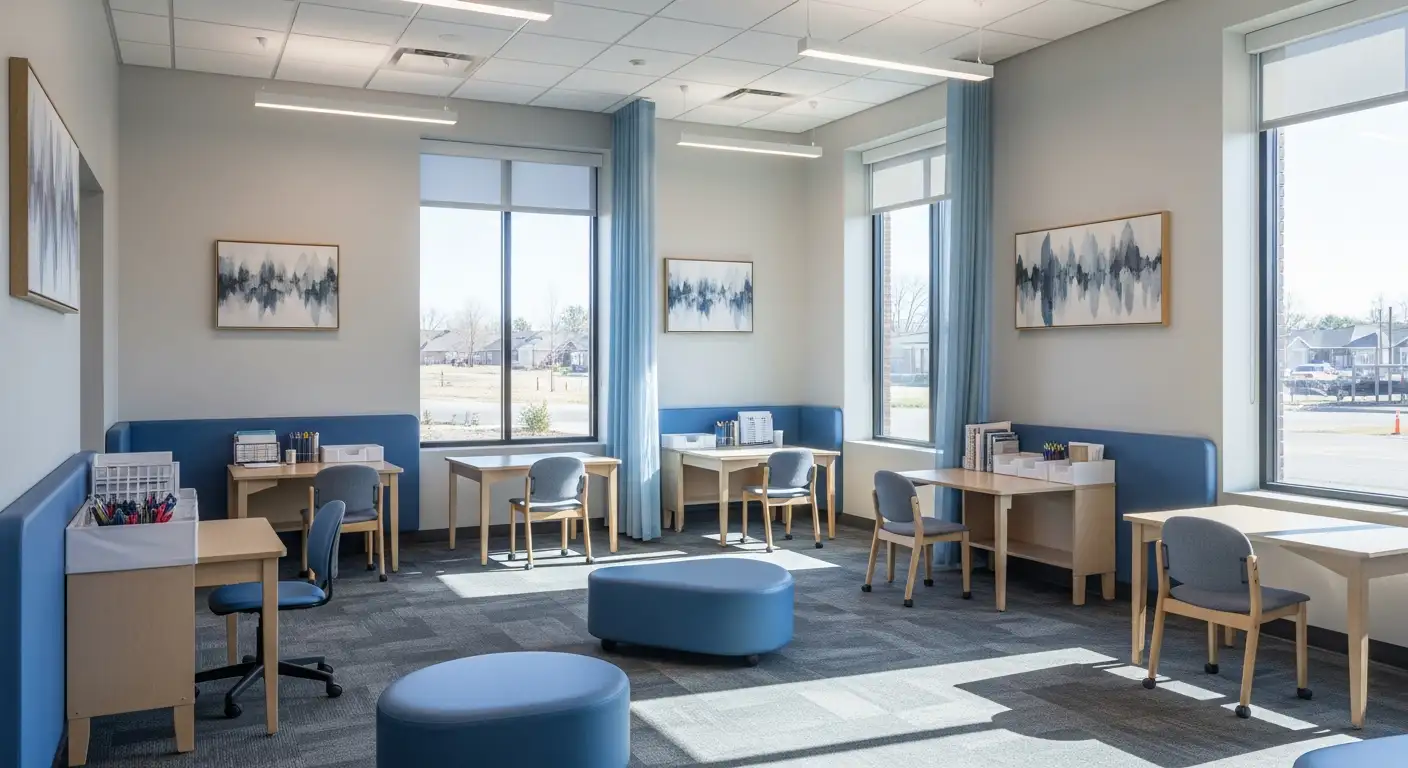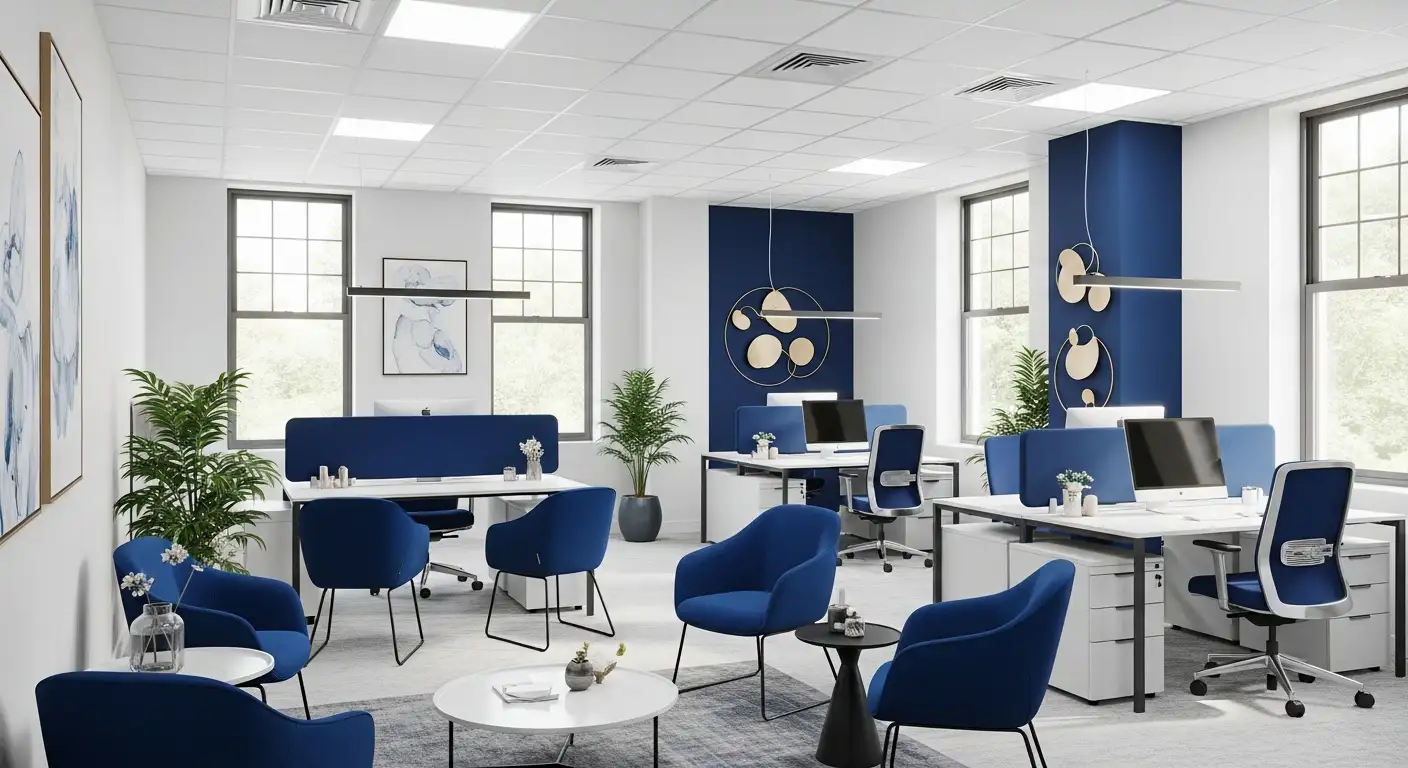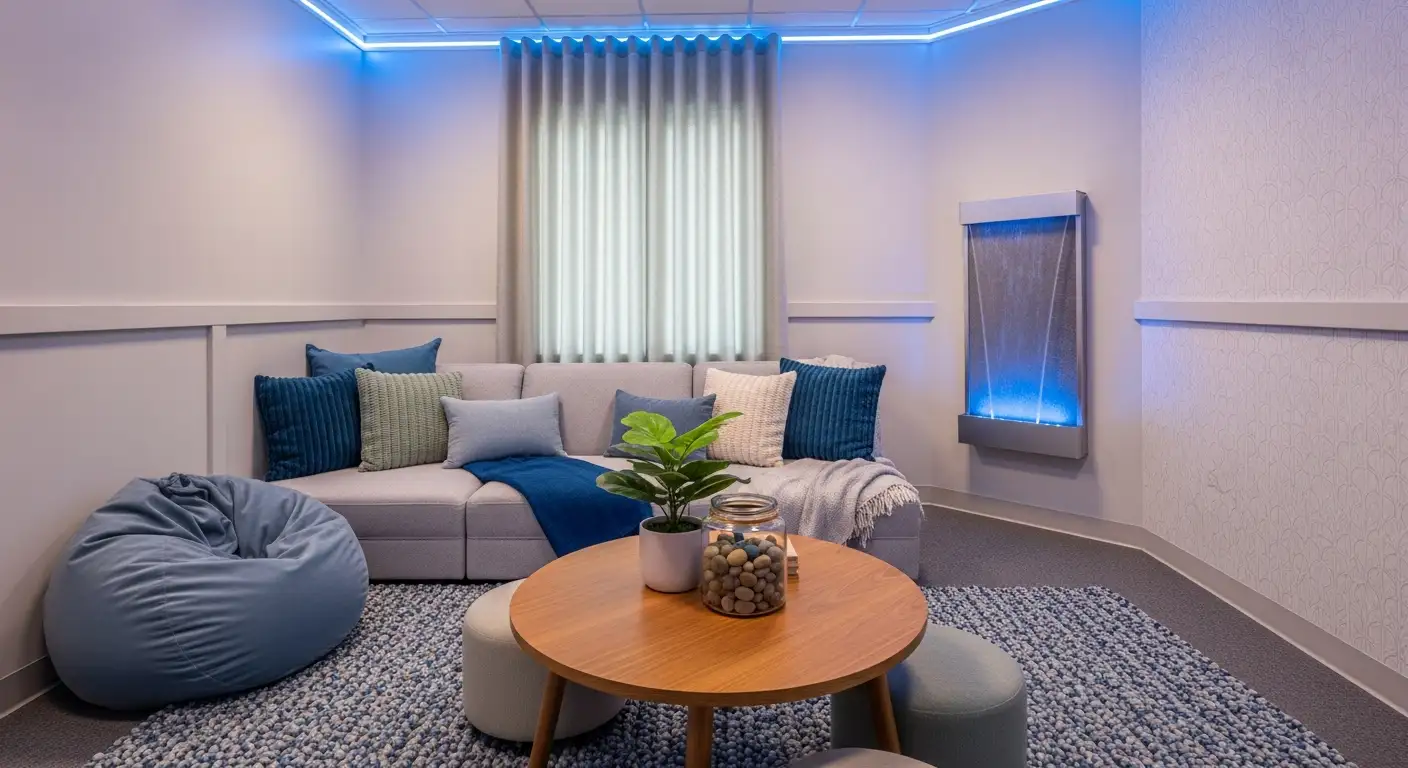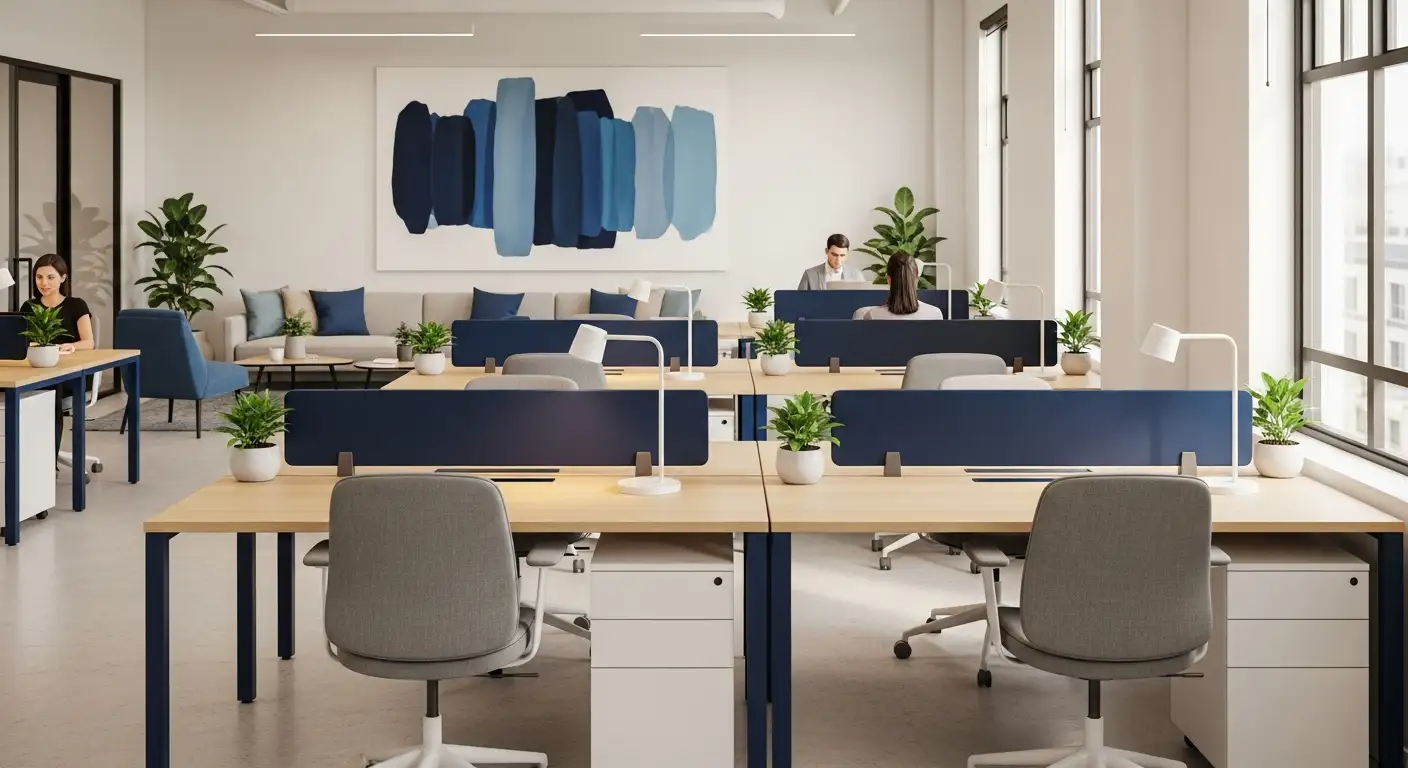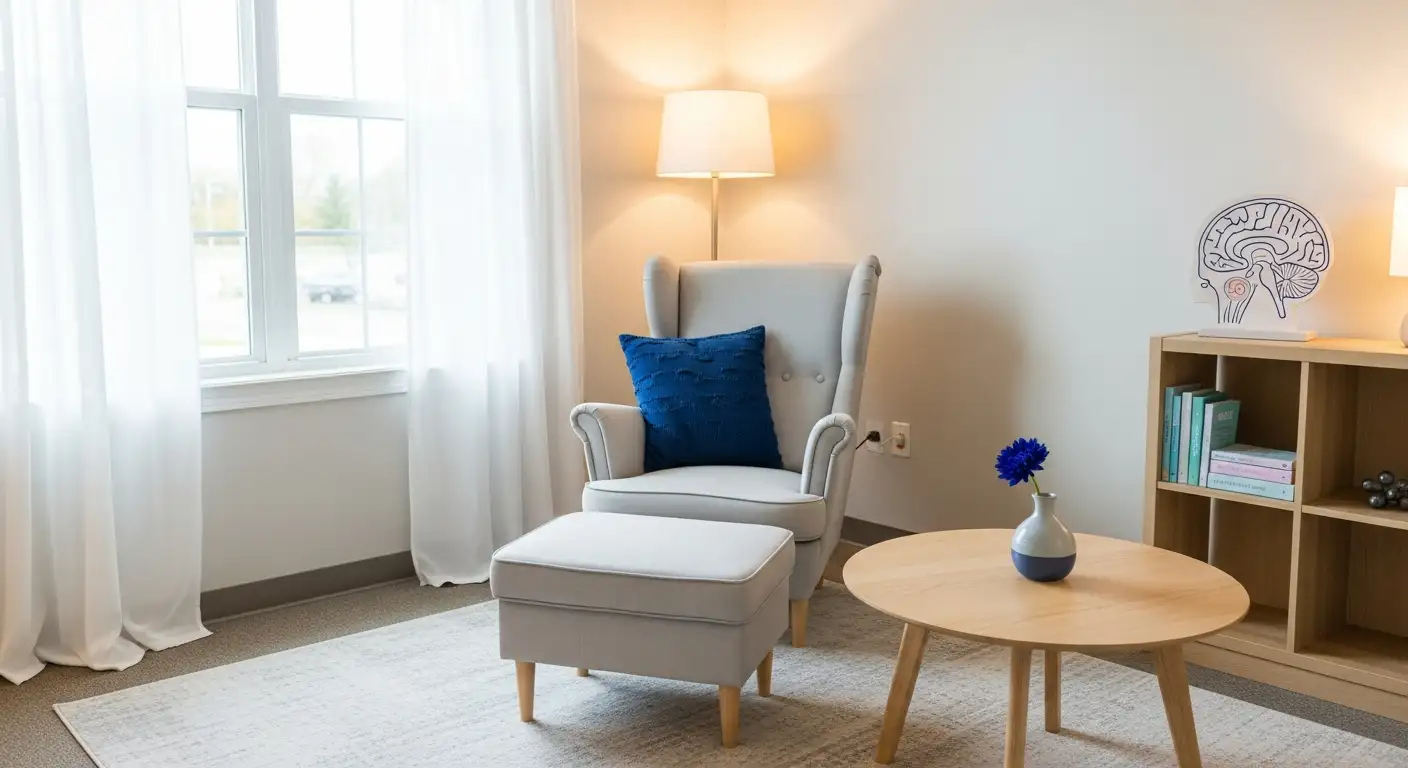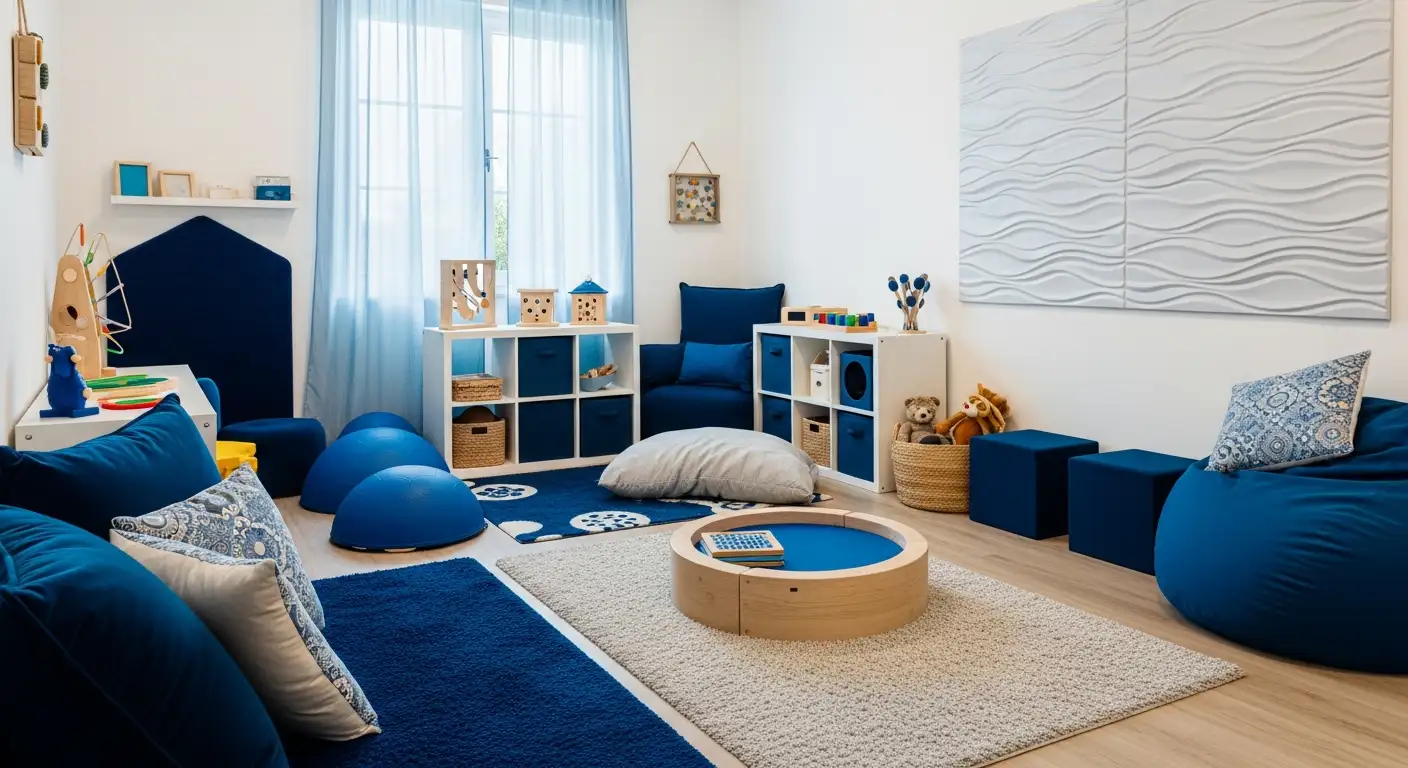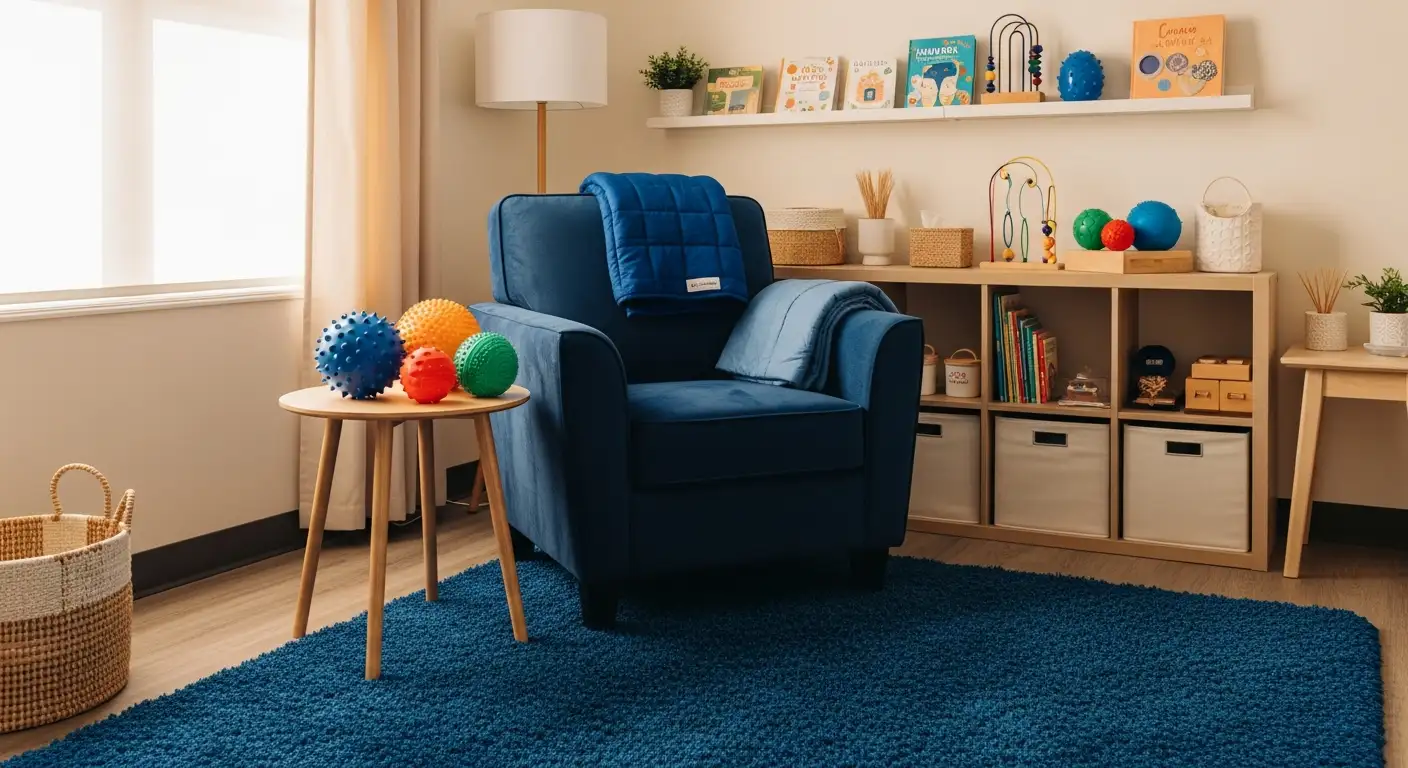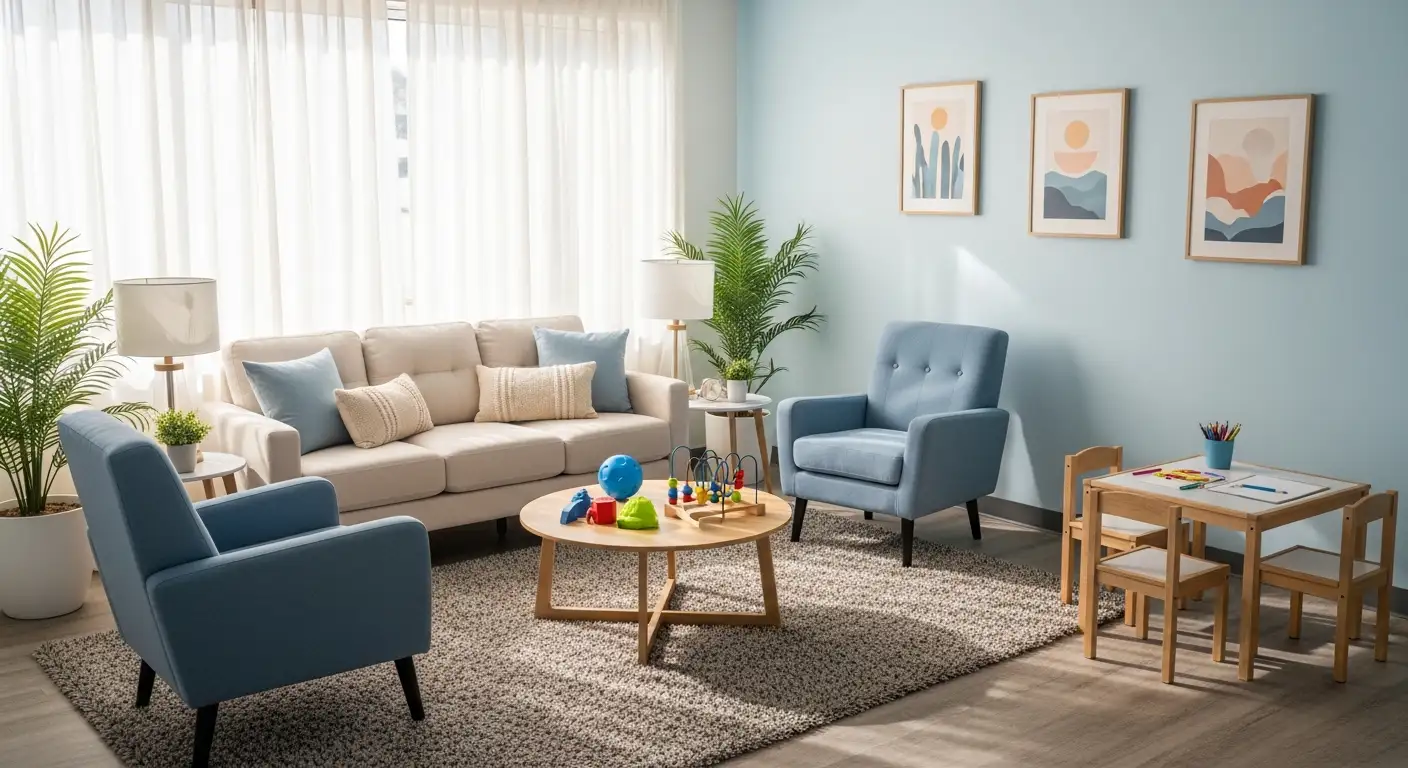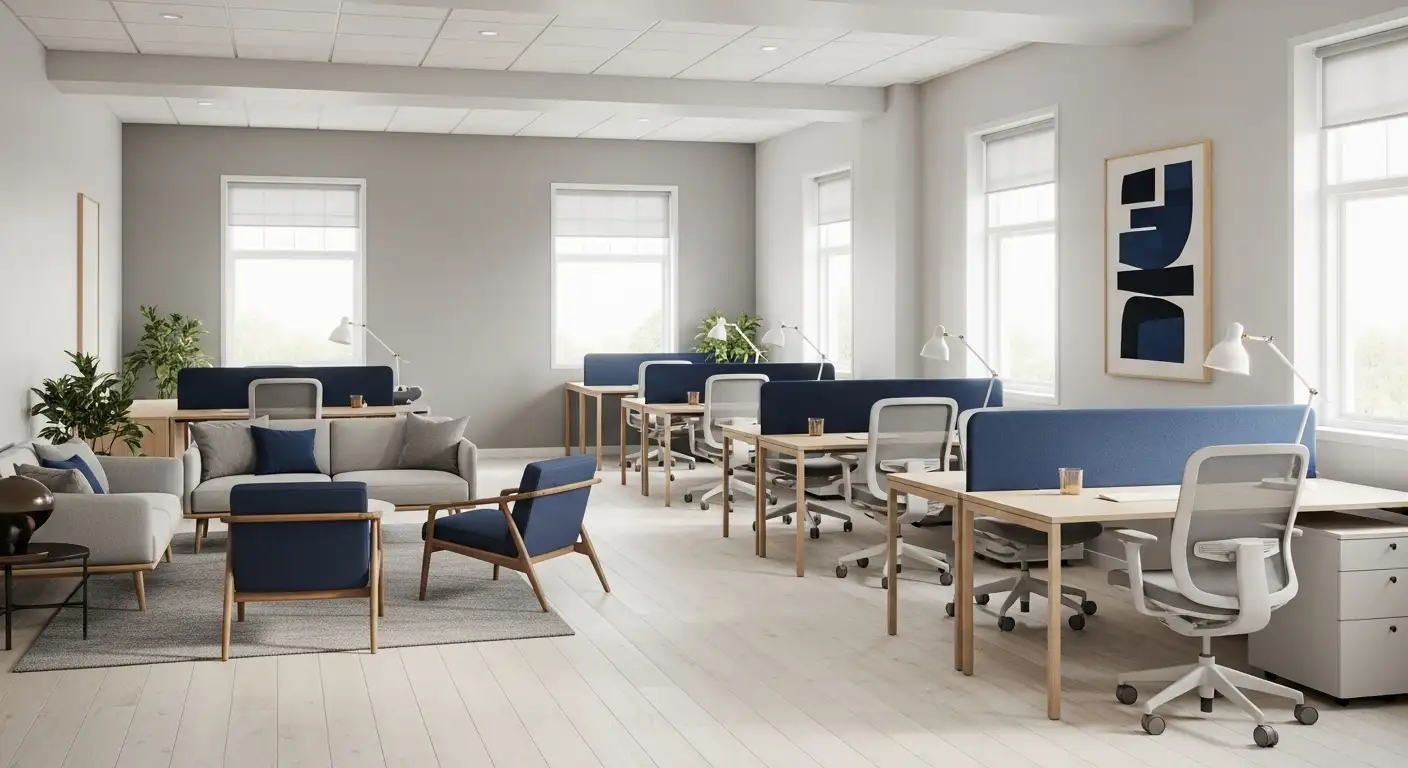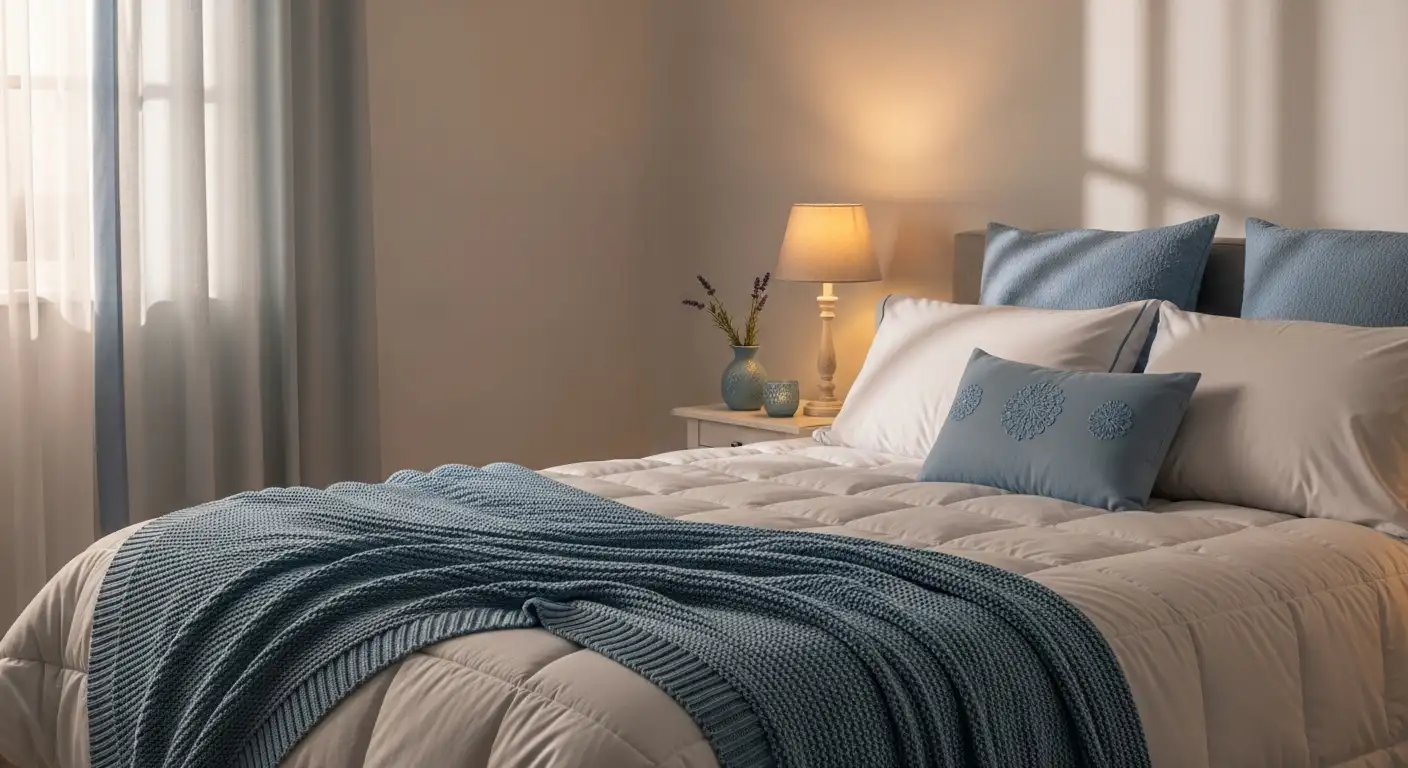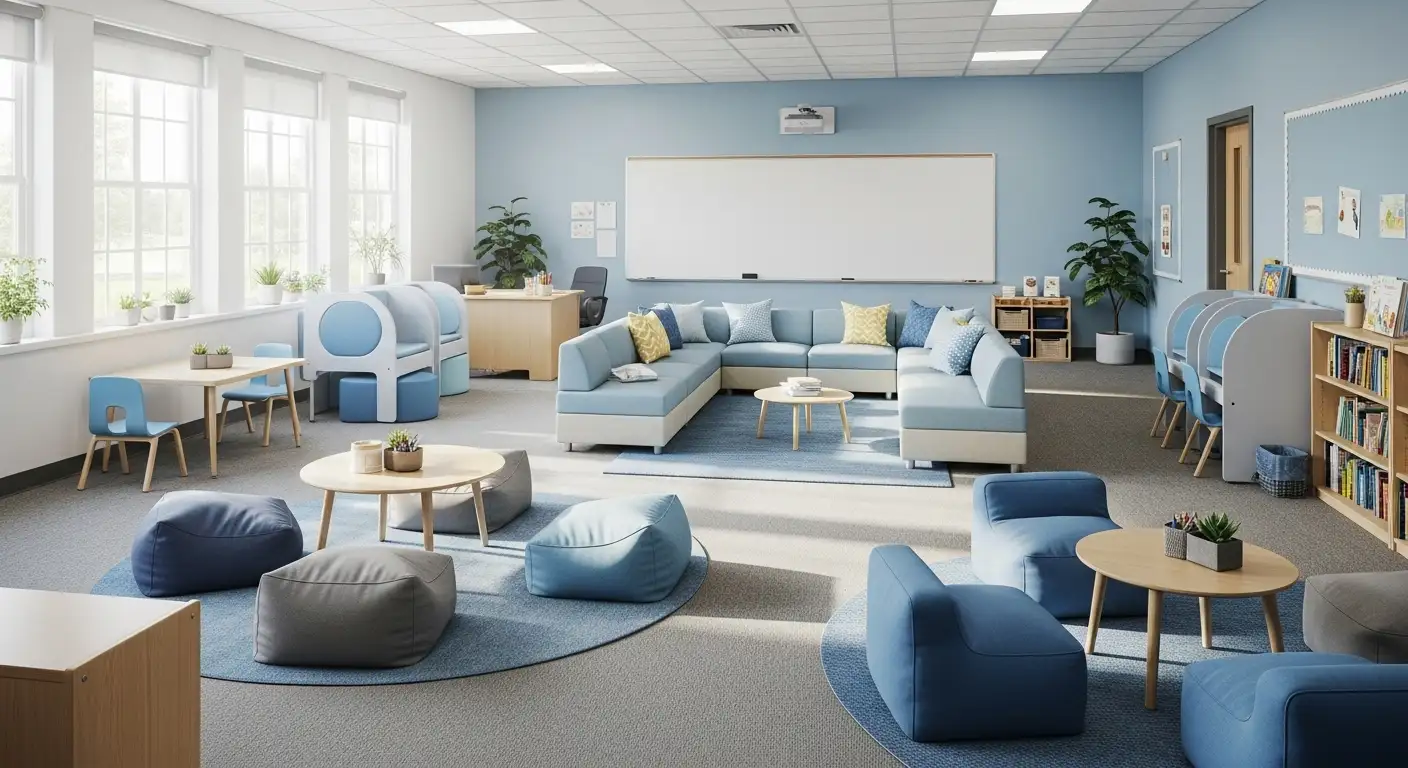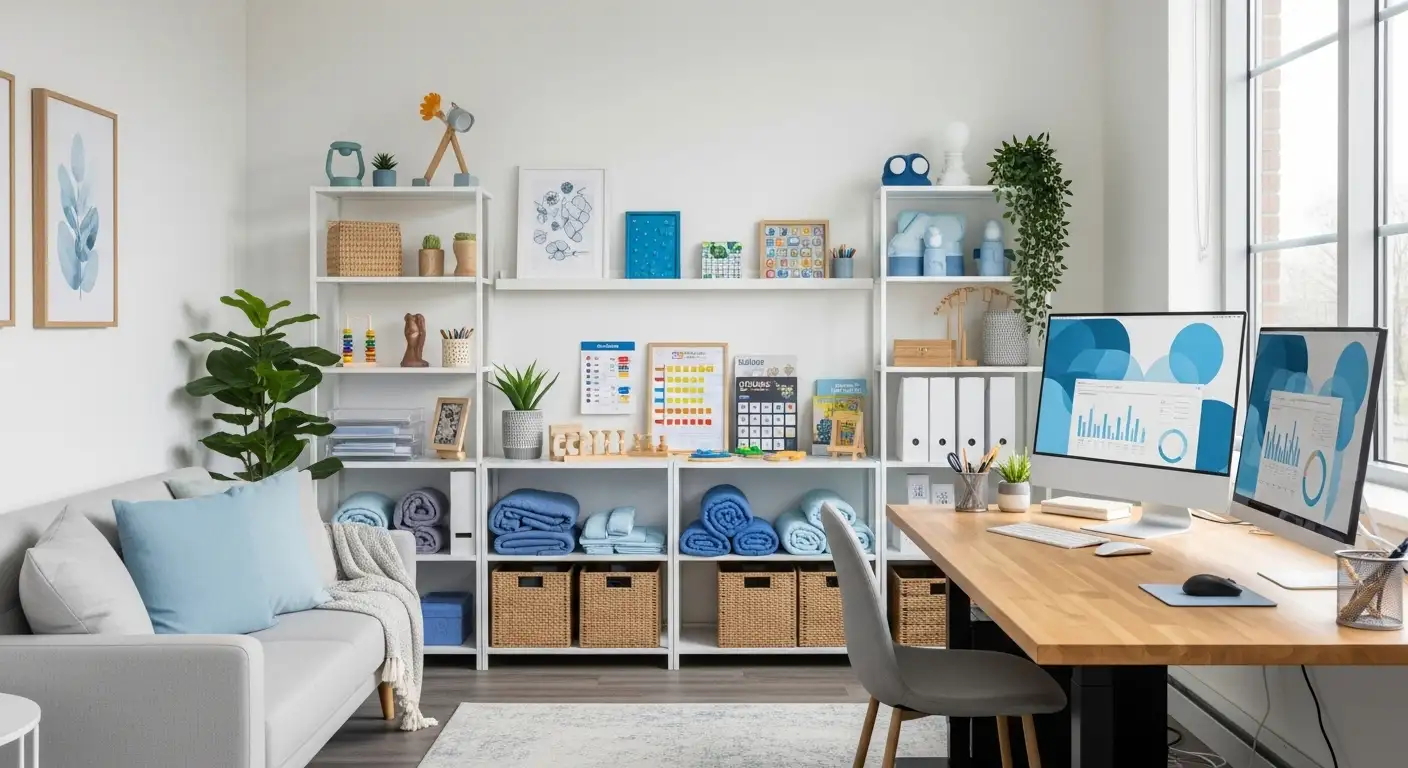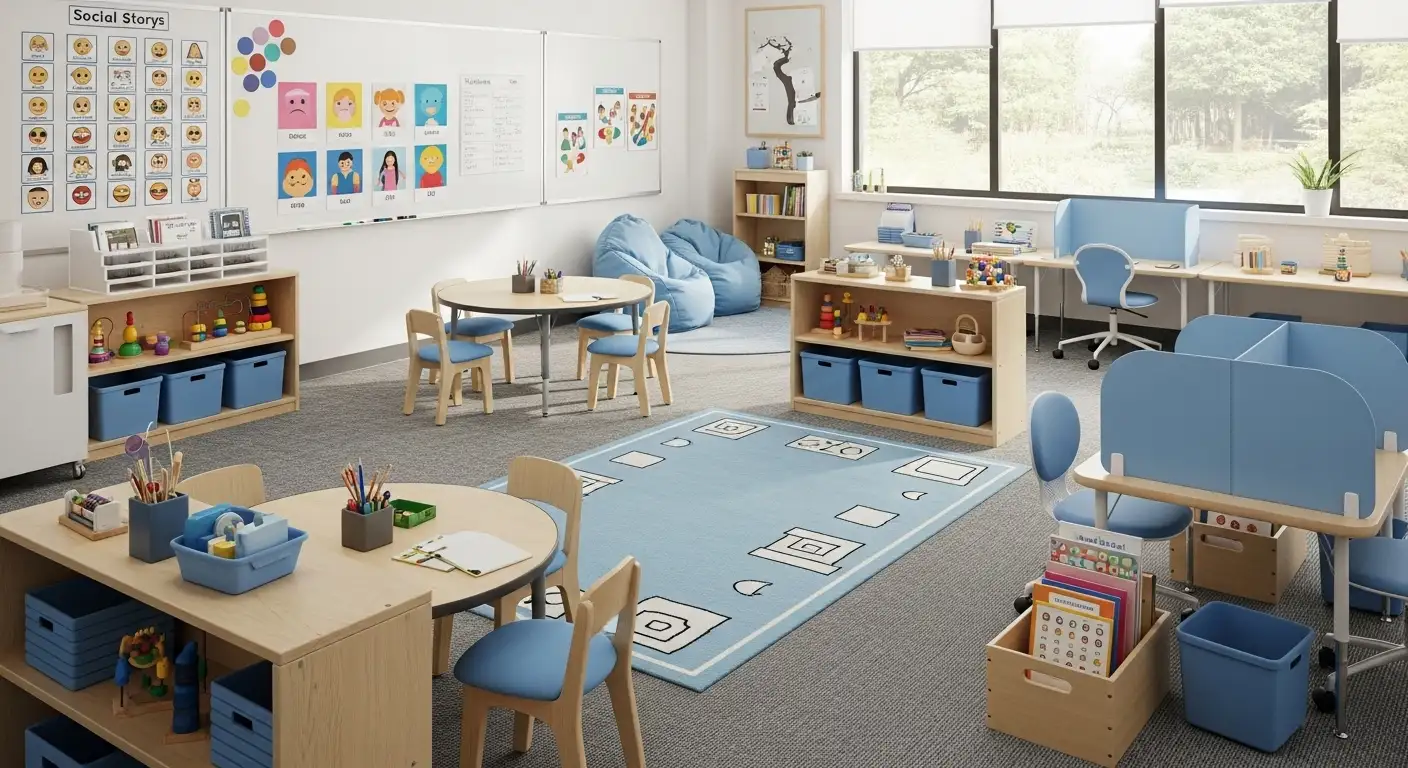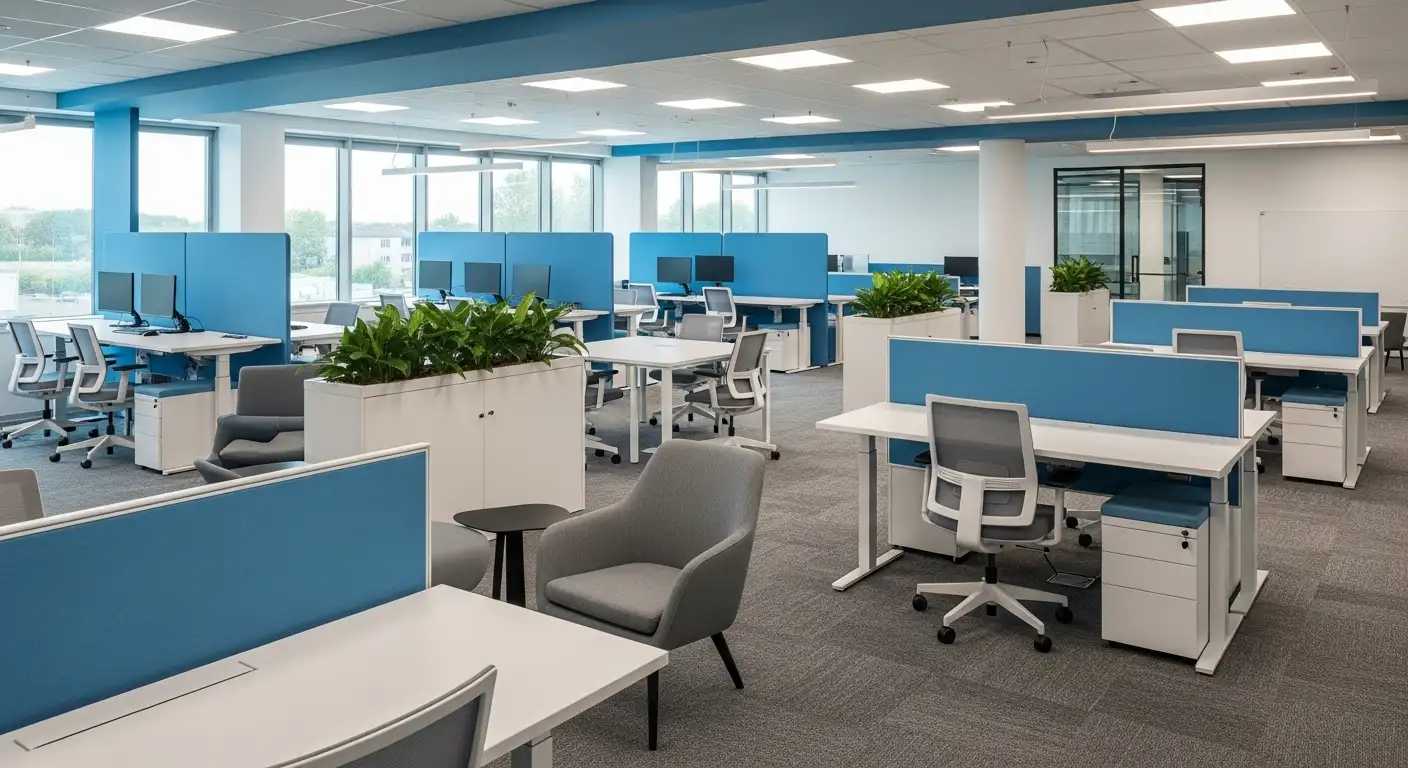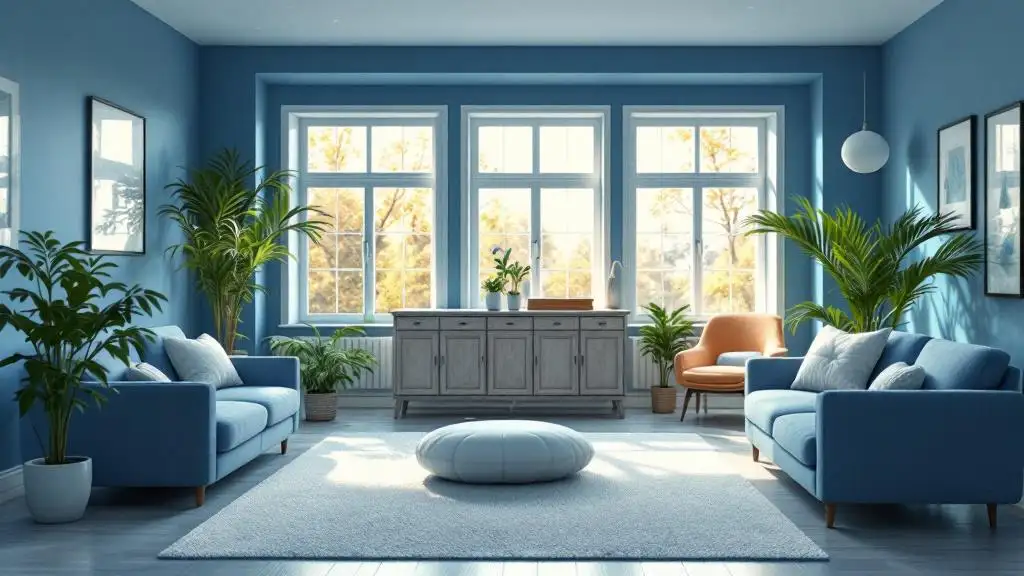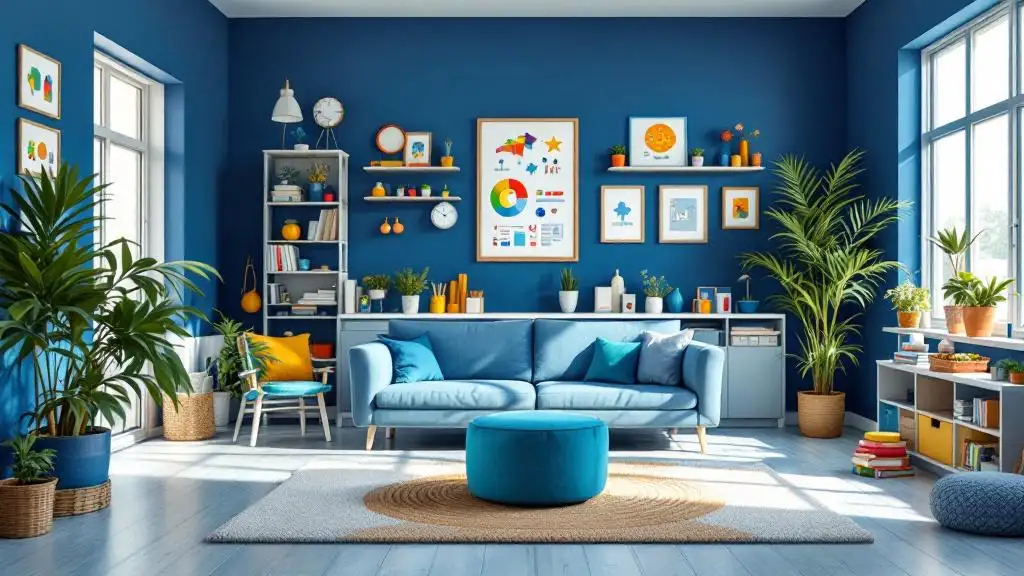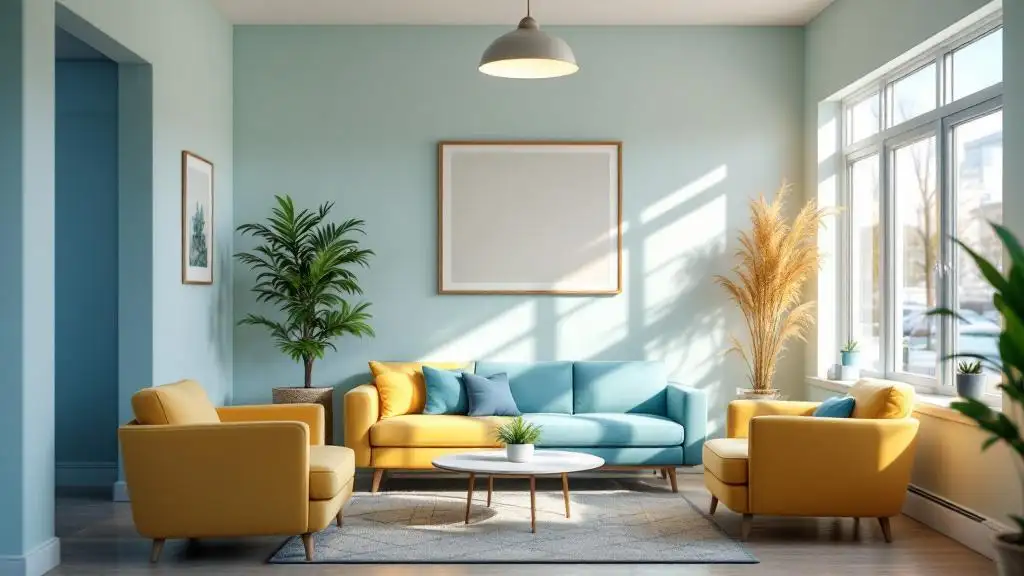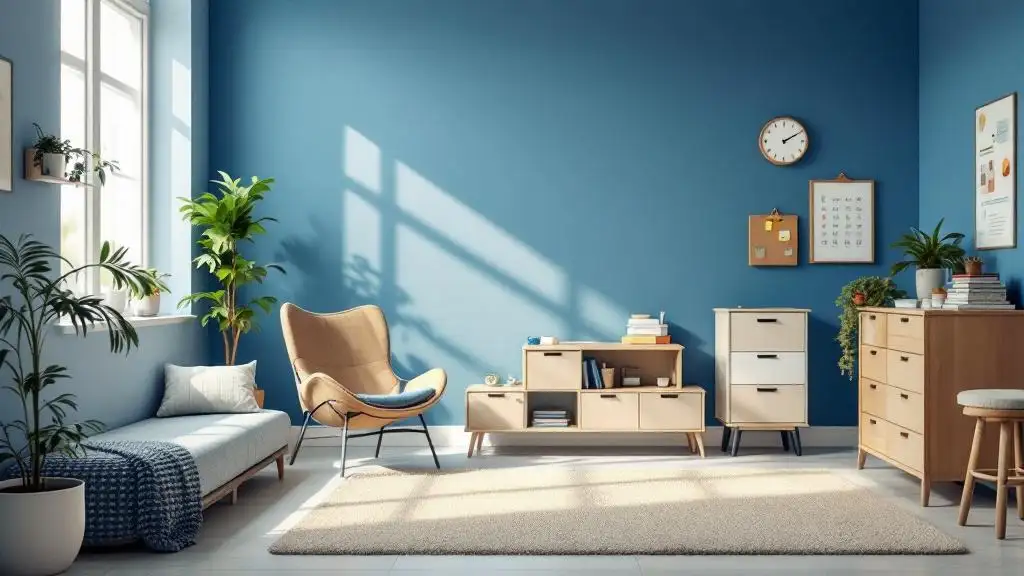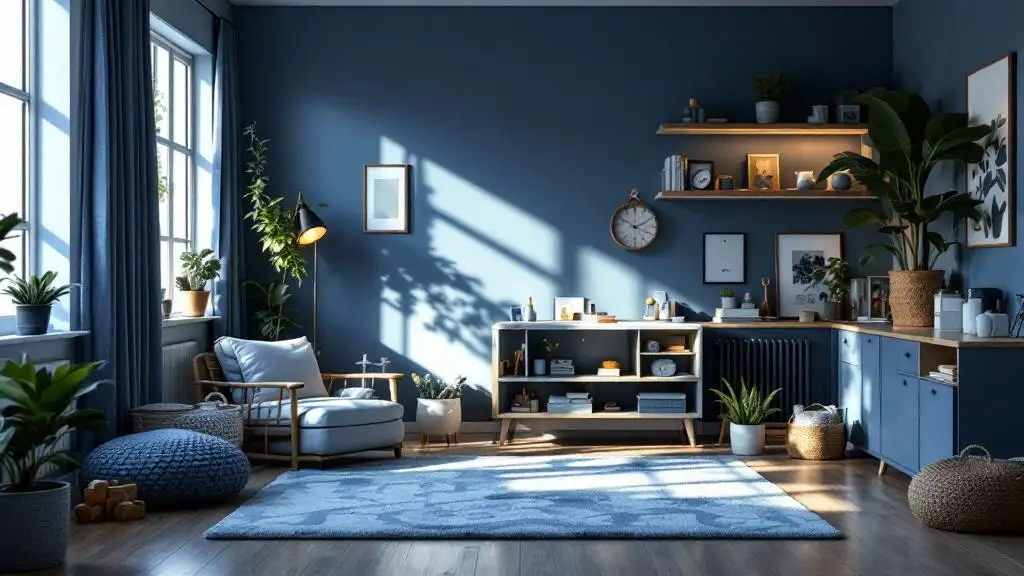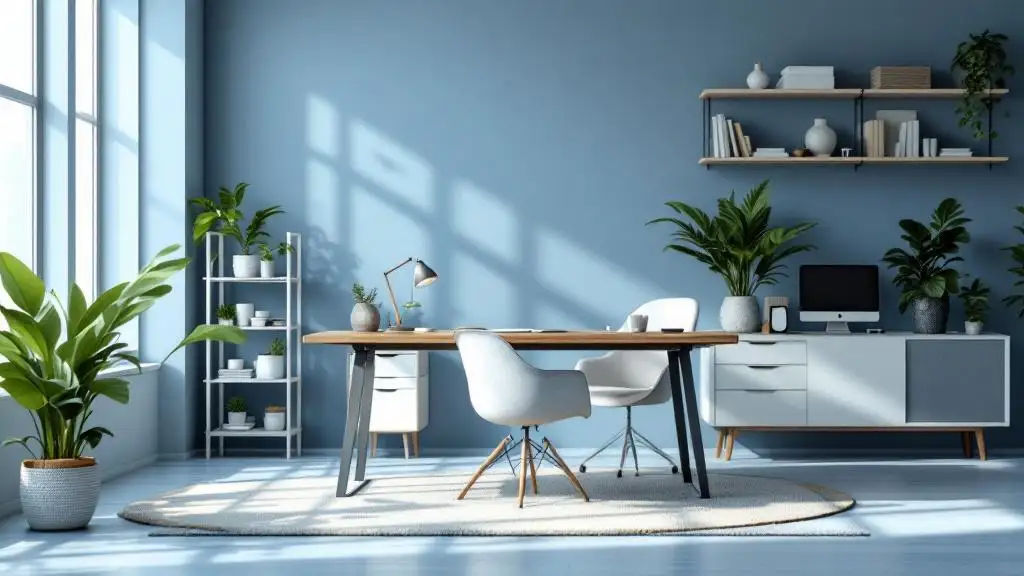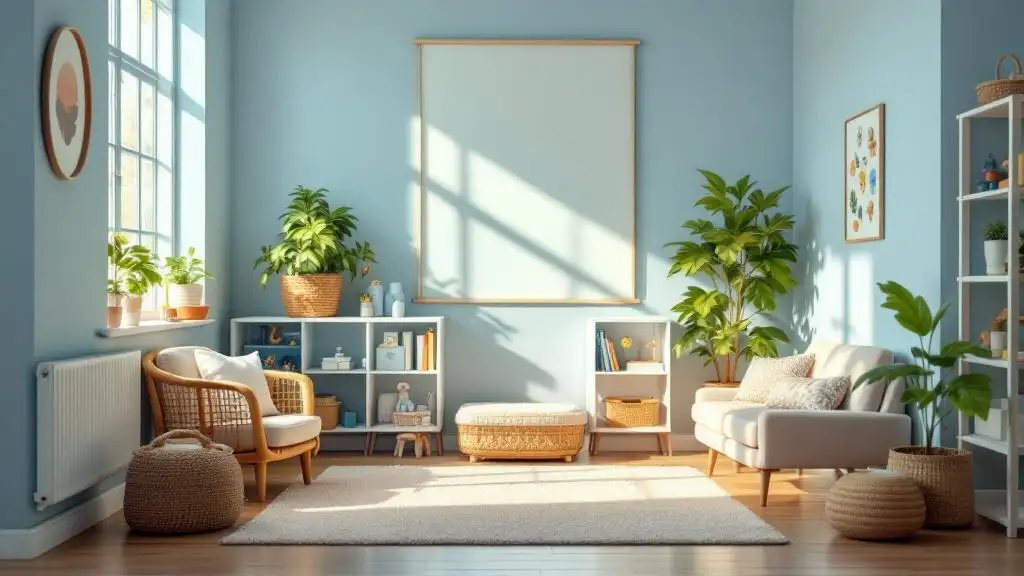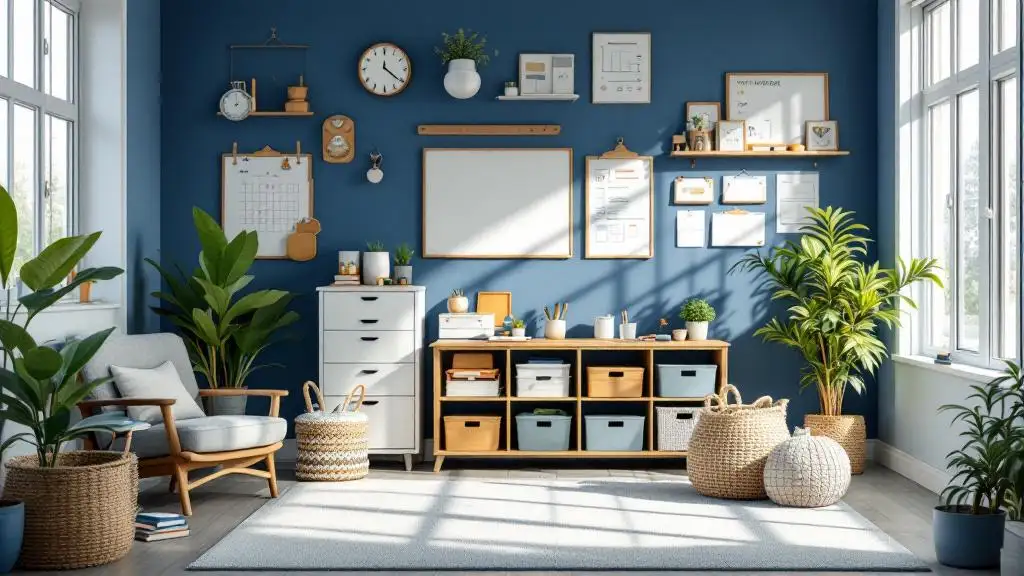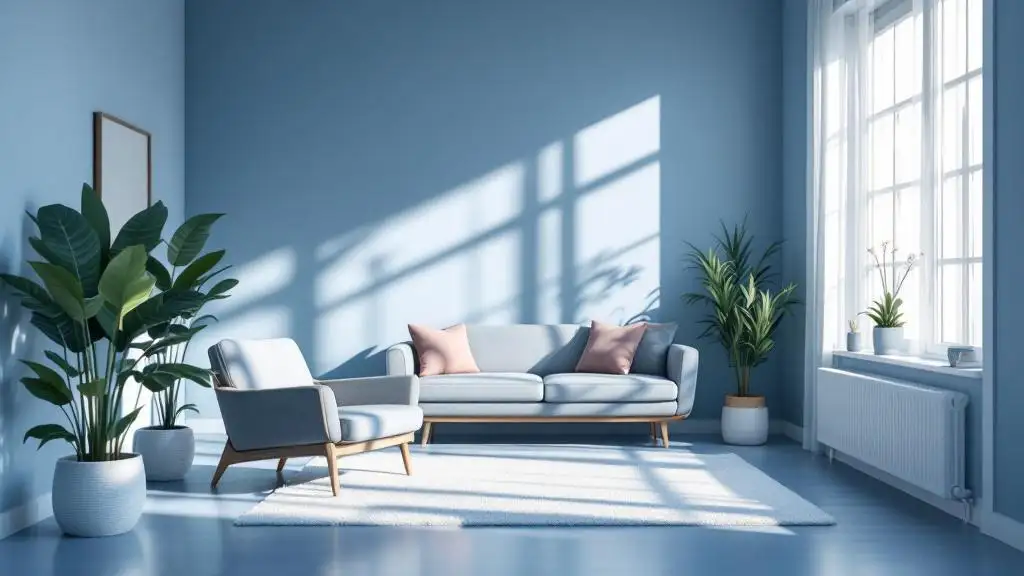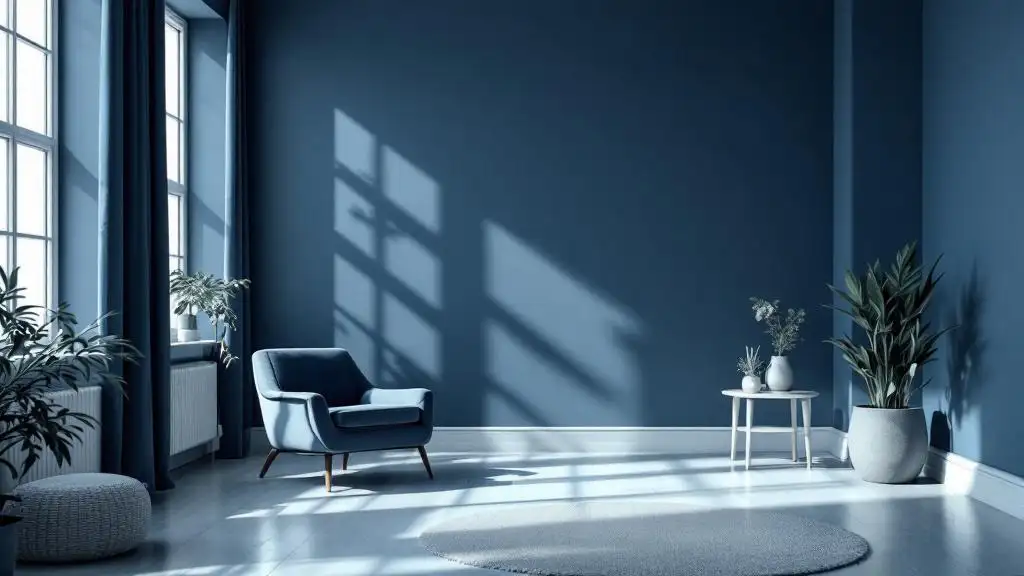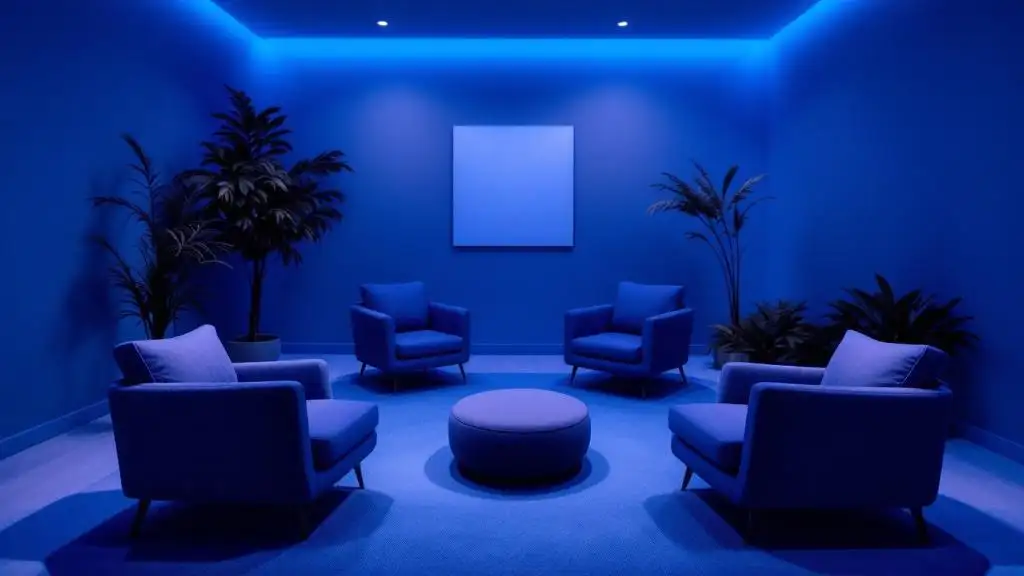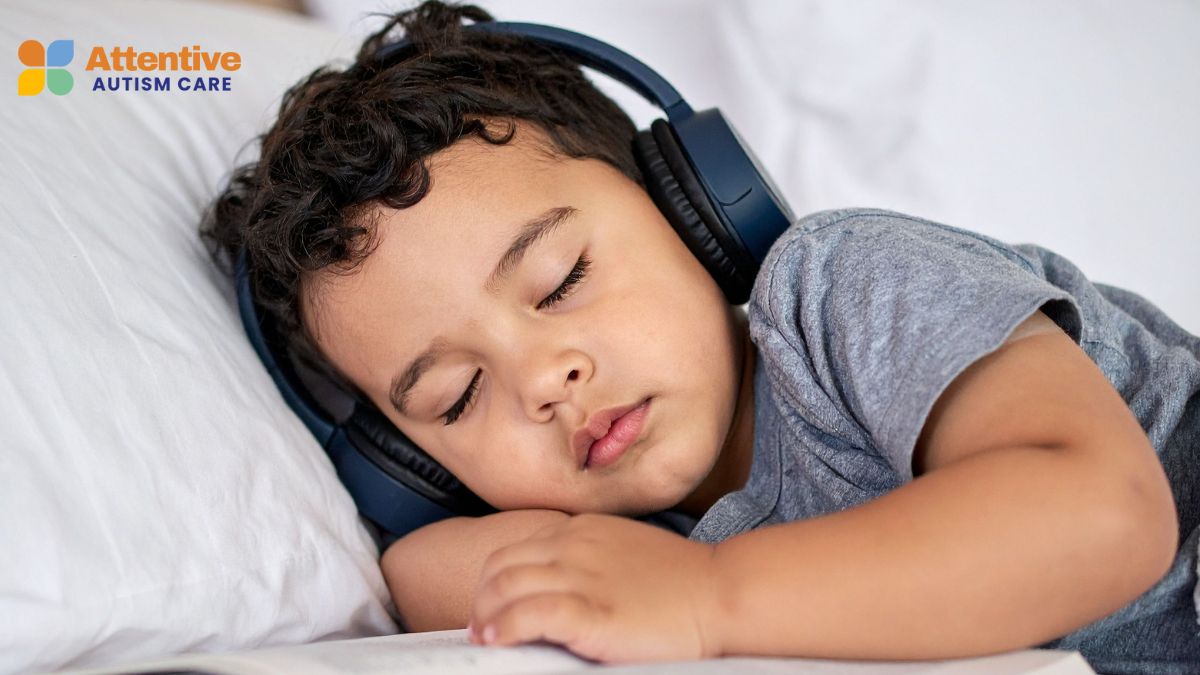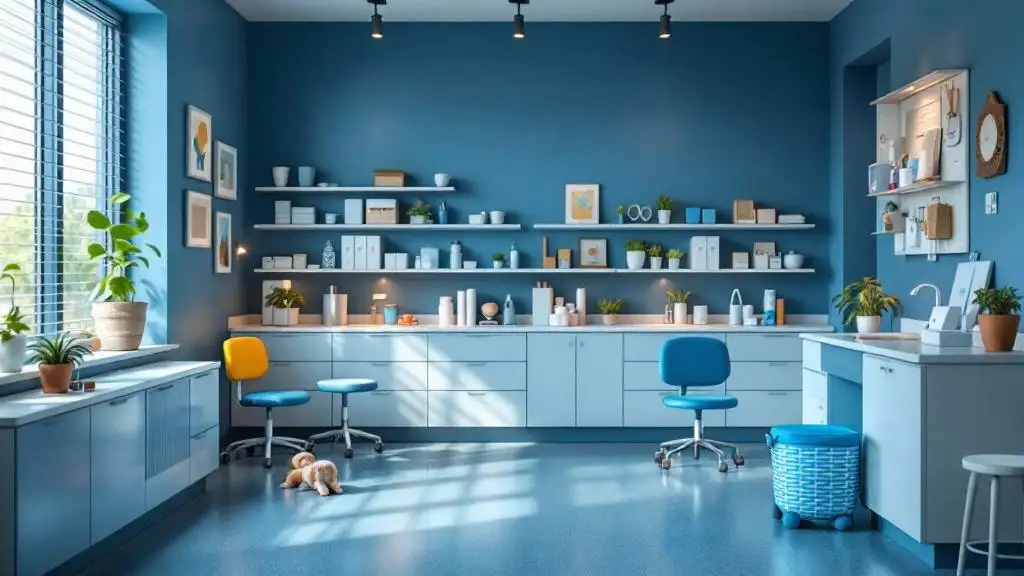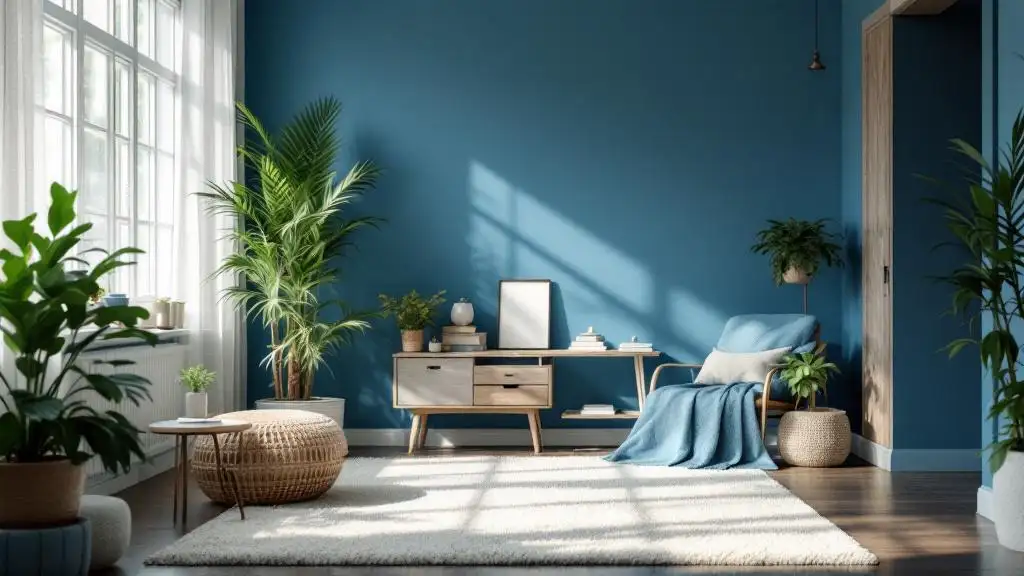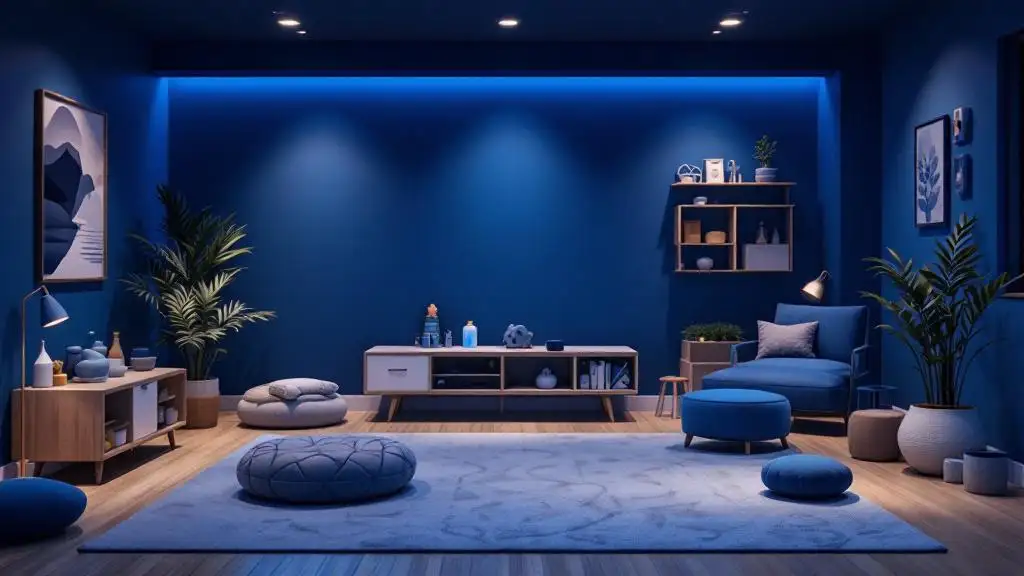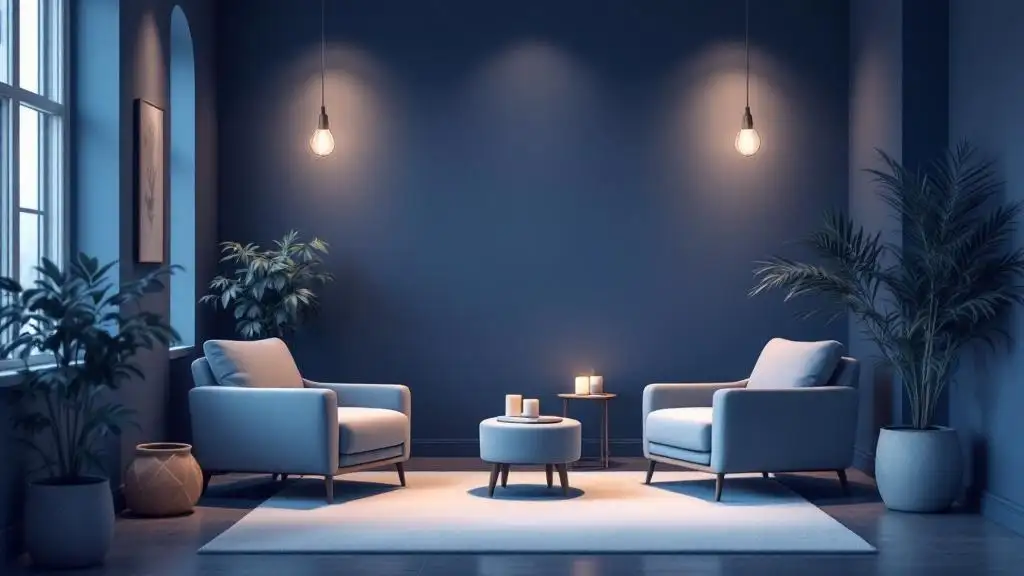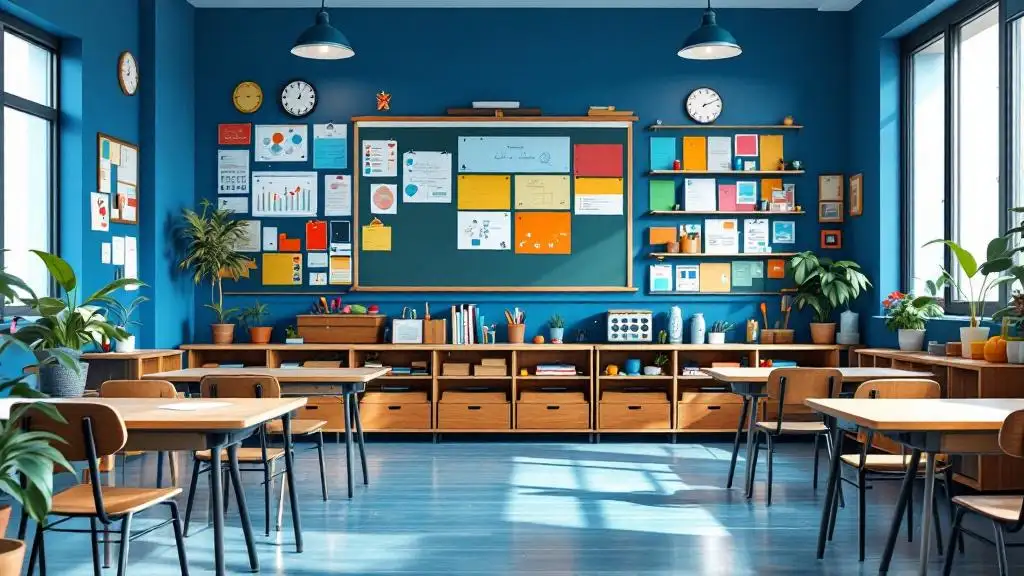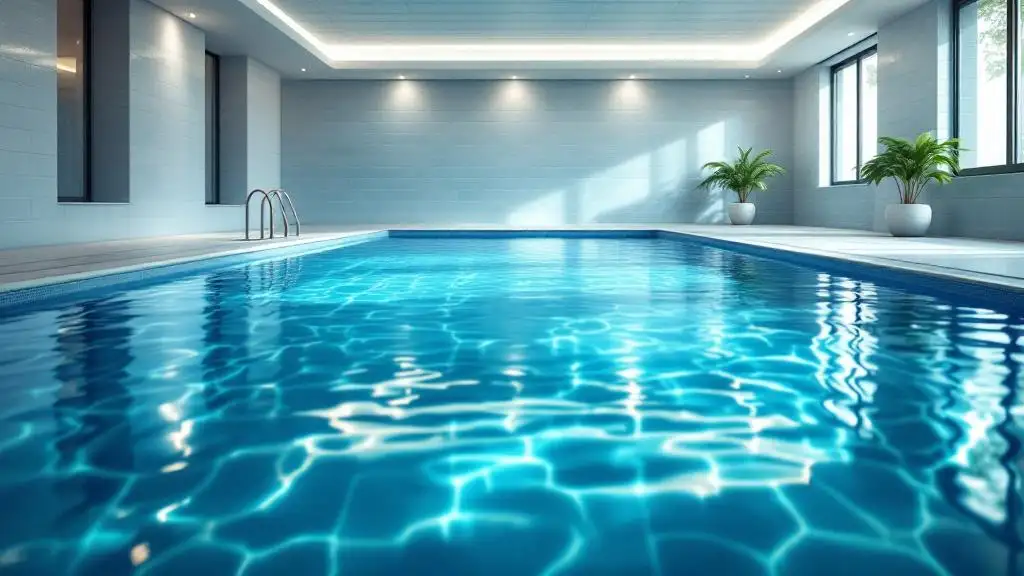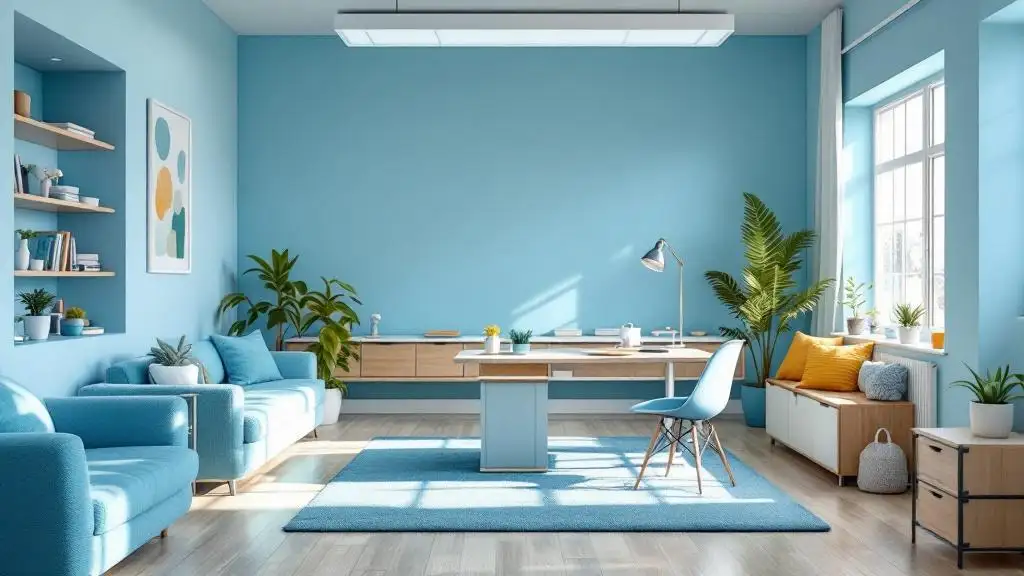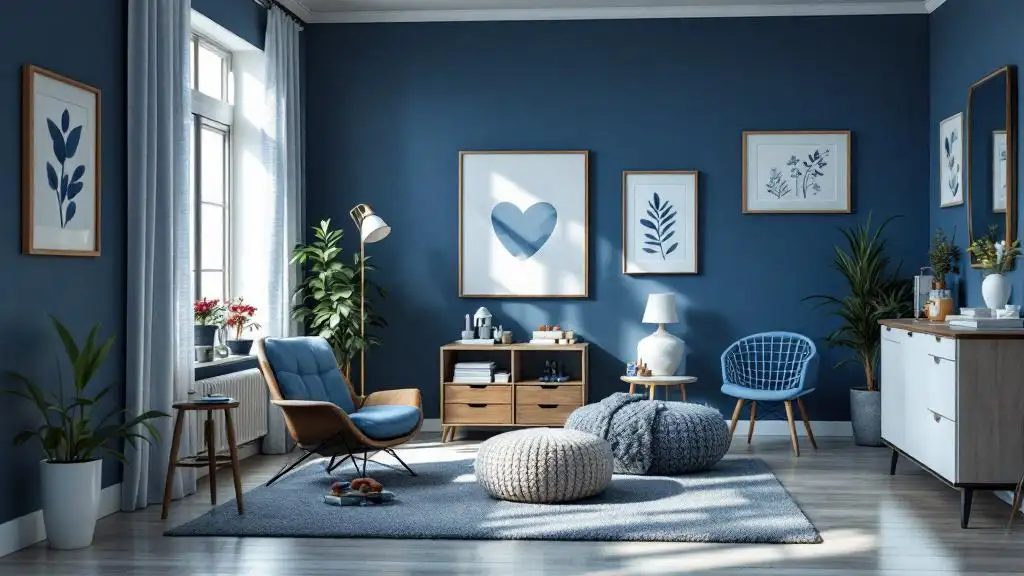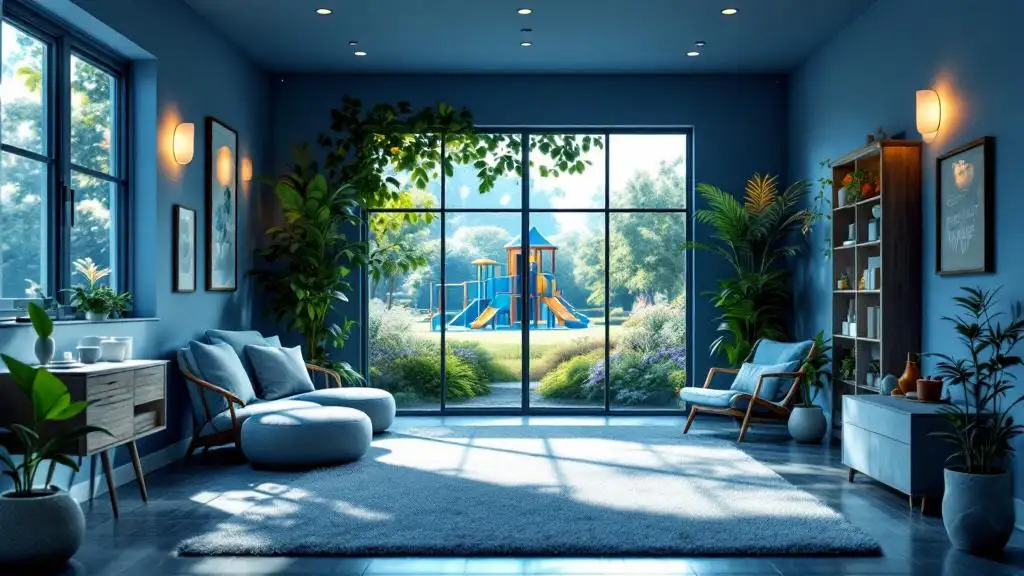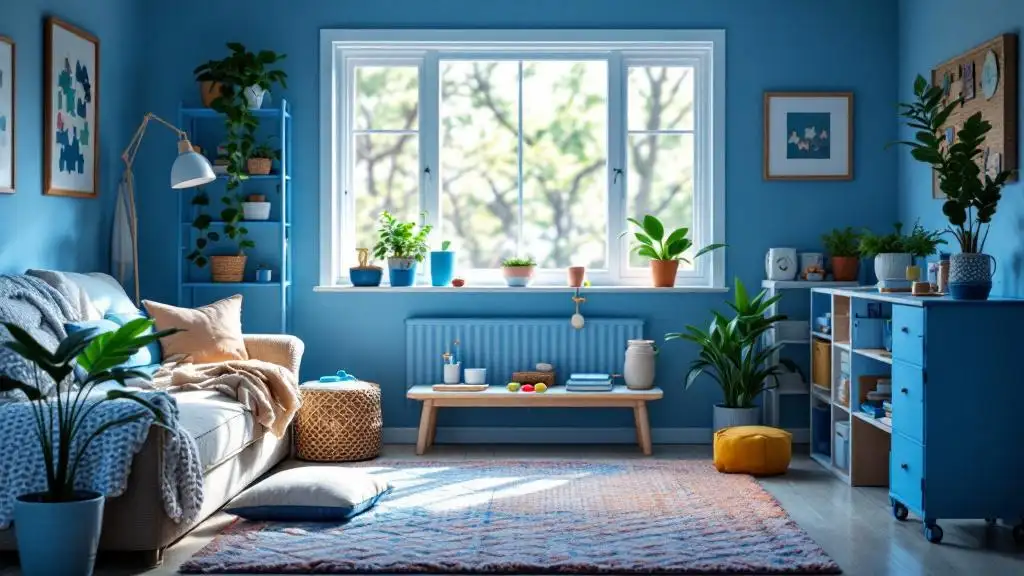How to Create a Safe Room for Autistic Individuals
Tips for designing a safe, sensory-friendly room for autistic children.
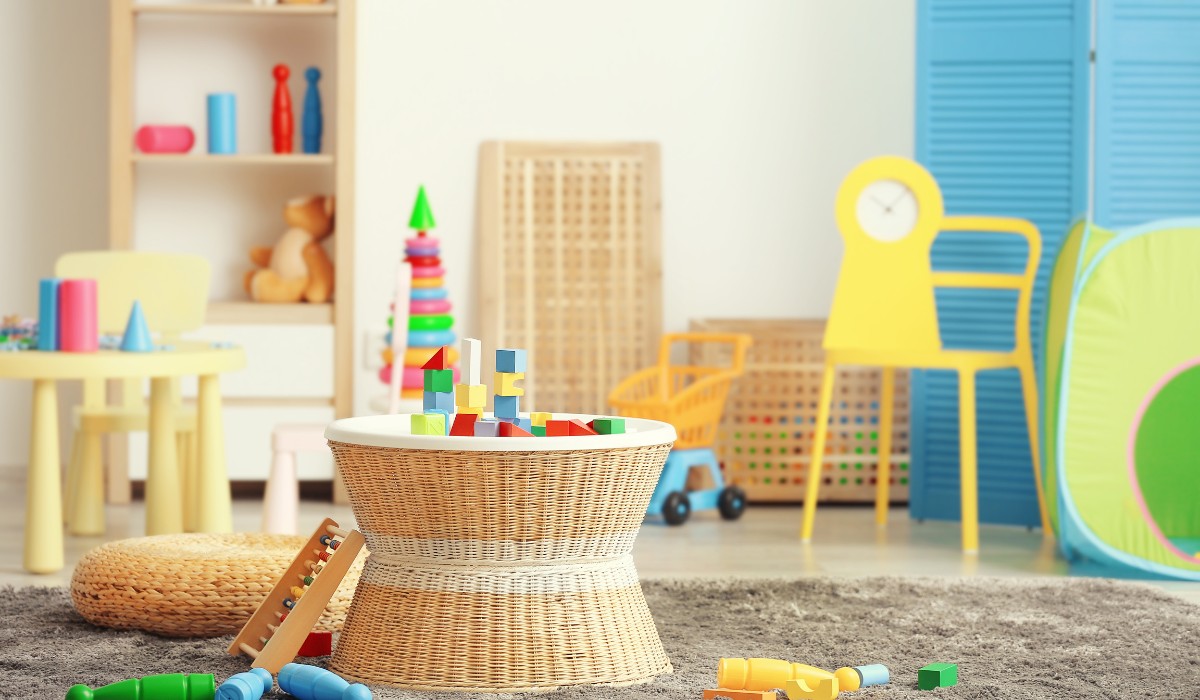
Key Points:
- A safe room for autism is a calming space designed to support regulation and sensory needs.
- Thoughtful planning includes minimizing hazards, controlling stimuli, and personalizing the space.
- Safe rooms benefit both children and adults during meltdowns, sensory overload, or emotional distress.
Autistic individuals often experience the world with heightened sensory sensitivity. According to one study, up to 88% of autistic children experience sensory processing challenges.
Bright lights, loud sounds, or chaotic environments can lead to emotional overwhelm. For parents or caregivers, managing meltdowns or shutdowns in unsafe spaces can be overwhelming.
A designated safe room offers a secure, sensory-friendly retreat. It's not about isolation, but about offering a proactive support environment when self-regulation becomes difficult. Whether at home, school, or therapy settings, safe spaces allow for de-escalation, emotional processing, and recovery.
What is a Safe Room for Autism?
A safe room for autism is a controlled, calming environment tailored to reduce overstimulation and promote emotional regulation. These rooms are often used to support children or adults with autism during moments of stress, meltdown, or sensory overload.
They typically feature soft lighting, minimal noise, comforting textures, and safety-conscious design. Creating a safe space empowers individuals to manage their needs and gives caregivers peace of mind during difficult moments.
Why Do Individuals With Autism Need Safe Spaces?
Autistic children and adults may have difficulty processing stimuli or managing changes in routine. These challenges can lead to dysregulation, manifesting as anxiety, meltdowns, shutdowns, or self-injurious behavior. Having a designated, predictable space helps reduce the chances of escalation.
Here’s why safe rooms are valuable:
1. Calm Retreat for Sensory Overload
Provides a quiet space to decompress when overwhelmed by noise, lights, or crowded environments.
2. Reduce Injury Risk During Meltdowns
Minimizes harm by offering a safe, controlled space during emotional outbursts or intense dysregulation.
3. Structure in Chaotic Environments
Creates predictability and comfort in settings that may feel overwhelming or constantly changing to the individual.
4. Reinforce Coping Strategies
Supports self-regulation by giving space to practice calming techniques like deep breathing or sensory tools.
Safe rooms are especially important in homes with siblings, classrooms with unpredictable triggers, or environments where transitions and social demands are constant.
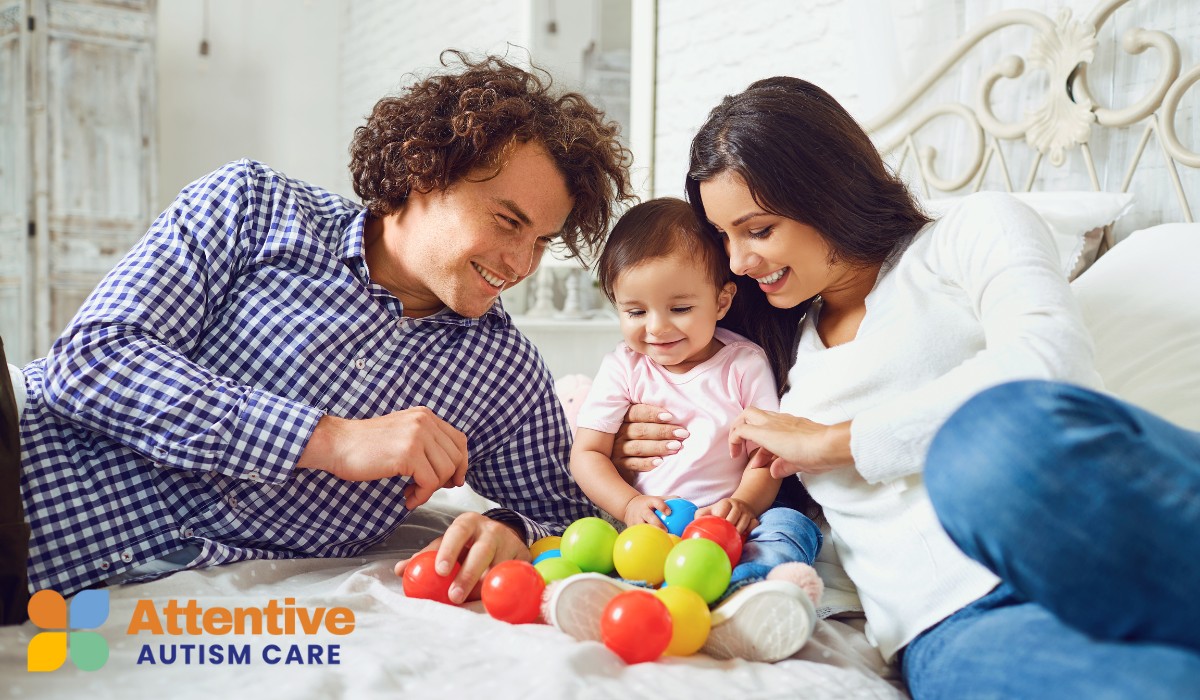
What Should Parents Consider When Designing a Safe Room for Autism?
A safe room for a child with autism should promote calm, comfort, and security. Use soft, natural lighting, neutral colors, and minimal decor to reduce sensory overload. Include familiar items that provide comfort, such as weighted blankets, bean bags, or soft textures.
Safety is equally important. Remove sharp edges, breakable items, and anything that could be dangerous during a meltdown. Incorporate sensory tools like noise-canceling headphones, visual timers, or calming visuals to support emotional regulation.
Most importantly, keep the space predictable—don’t rearrange it often. This room should serve as a reliable retreat during moments of stress, helping the child reset and return to daily routines with greater ease and emotional stability.
What are the Key Elements of a Safe Room?
Once the purpose and user needs are established, the next step is choosing calming, practical, and safe elements. Every feature should prioritize sensory regulation and safety. Below are essential elements to include:
1. Soft Lighting
Avoid harsh fluorescent lights. Use dimmable bulbs, natural light, or gentle string lights to create a calming environment that reduces visual strain and sensory overload.
2. Comfortable Seating
Provide bean bags, padded mats, or floor pillows to allow safe reclining, curling up, or rocking, supporting relaxation and self-soothing.
3. Soothing Colors
Choose muted, calming tones like light blue, green, or beige to foster a peaceful atmosphere that helps reduce anxiety and overstimulation.
4. Minimal Clutter
Keep the room tidy and free of unnecessary furniture or decorations to prevent visual overload and create a clear, calming space.
5. Noise Reduction
Use carpets, foam wall panels, or white noise machines to minimize disruptive sounds and promote auditory calm and focus.
6. Safety Padding
Incorporate padded corners, cushioned flooring, or soft walls to protect against injury during meltdowns or high-energy moments.
7. Fidget and Sensory Tools
Provide tactile items like stress balls, chewy necklaces, or weighted lap pads to help regulate sensory input and focus attention.
8. Visual Supports
Use picture schedules, calming charts, or social stories to offer structure, guidance, and reassurance within the safe space.
9. Privacy Options
Include tents, pop-up forts, or room dividers to offer personal retreat options without complete isolation from caregivers.
10. Storage Bins
Organize and label sensory and calming items in accessible bins to maintain order and help the individual easily find preferred tools.
These features should be adjusted as the individual’s needs evolve.
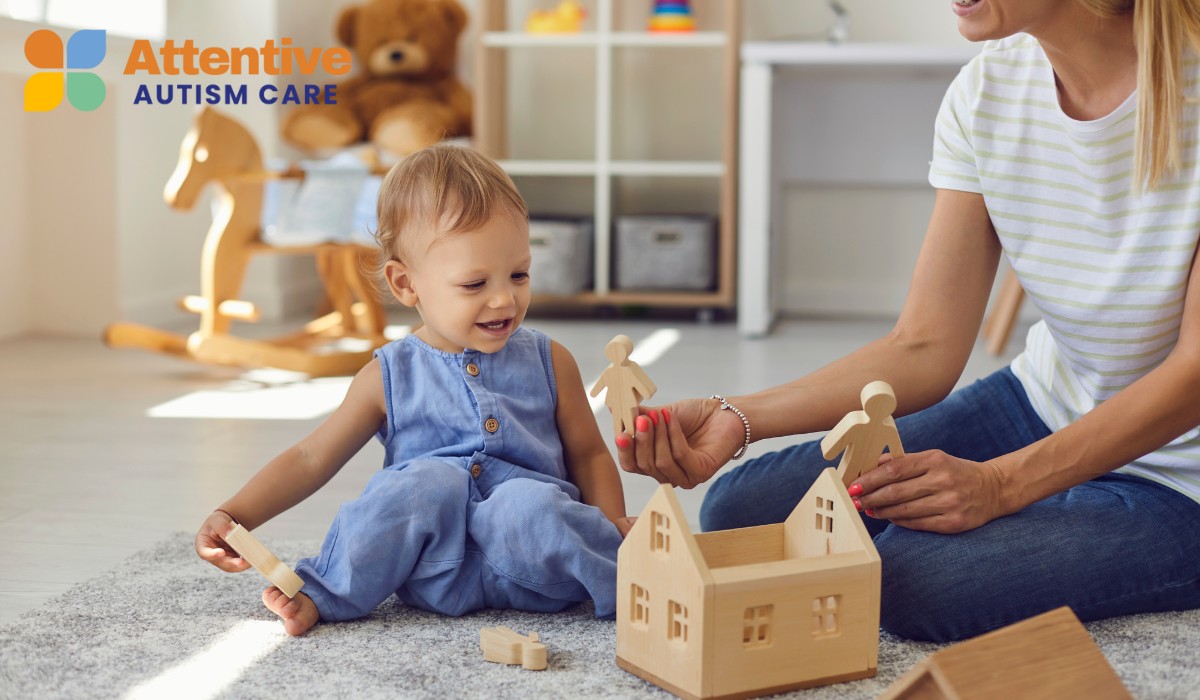
How Can Parents Ensure the Room is Safe?
To ensure a safe room for a child with autism, start by removing any sharp, breakable, or heavy objects that could cause injury during meltdowns or high-energy moments. Cover sharp corners with padding and use cushioned flooring to protect against falls.
Secure furniture to the walls to prevent tipping. Avoid cords, small items, or choking hazards, and ensure electrical outlets are childproofed. Next, create a calm, low-stimulation environment by controlling lighting and noise levels.
Use soft, dimmable lights and add noise-reducing materials like rugs or foam panels. Regularly inspect the room to maintain safety and adjust features as the child’s needs change. This thoughtful setup helps provide a secure, soothing space for emotional regulation and sensory relief.
What Sensory Tools Work Well in a Safe Room?
Sensory input plays a vital role in self-regulation for autistic individuals. Incorporating safe, preferred sensory tools into the room encourages self-soothing without overwhelming the senses.
Effective sensory tools may include:
1. Weighted Blankets and Vests
Provide deep pressure input that helps reduce anxiety and promote calmness, making it easier for individuals to self-regulate and feel grounded within the safe room.
2. Bubble Tubes and Lava Lamps
Offer gentle, calming visual stimulation through moving lights and colors, helping to focus attention and create a soothing atmosphere without overwhelming the senses.
3. Tactile Walls
Incorporate various textures like Velcro, felt, or sandpaper to provide tactile sensory input that encourages exploration and self-soothing through touch.
4. Rocking Chairs and Therapy Swings
Support vestibular sensory needs by offering gentle movement that can help regulate the nervous system and reduce stress or agitation.
5. Aromatherapy Diffusers
Use calming scents like lavender with supervision to create a relaxing environment; however, consider allergies and sensitivities before introducing aromas.
6. Chewable Jewelry and Silicone Items
Provide safe oral sensory input to help manage oral fixation, reduce anxiety, and offer a focused sensory outlet.
7. Sound Machines and Nature Sounds
Block sudden noises and create a consistent auditory background, promoting relaxation and helping individuals feel more secure in the safe room.
It’s helpful to involve the autistic individual in choosing what works best for them. Preference matters more than trends.
How to Introduce and Use the Safe Room Effectively
Introduce the safe room gradually during calm, low-stress times. Explain its purpose clearly—as a peaceful, comforting space where the individual can relax and feel secure. Encourage regular visits to build familiarity, making it a positive, welcoming environment rather than a place for punishment or isolation.
Use the safe room proactively by offering breaks before stress or sensory overload escalates, rather than waiting for meltdowns to occur. Give the individual control over how they use the space, allowing choice of sensory tools or activities.
Regularly assess and adjust the room’s setup to match changing needs, ensuring it remains a helpful, supportive retreat that promotes self-regulation and emotional well-being.
Encourage Positive Behaviors With ABA Therapy
Designing a safe room for autism is a powerful step toward creating a home or school environment that truly supports emotional regulation and independence. It sends a message: you are safe, you are seen, and your needs matter.
At Attentive Autism Care, we understand the importance of both structured therapy and sensory-friendly environments. We provide ABA therapy in Nebraska, Colorado, Utah, North Carolina, Maryland, and New Mexico to support children and families every step of the way.
Reach out to us to learn how our ABA programs can complement your home strategies and help your child thrive emotionally, behaviorally, and socially in every environment.



